Legacy of the Land
Kainai artist Faye HeavyShield reflects on creativity and culture
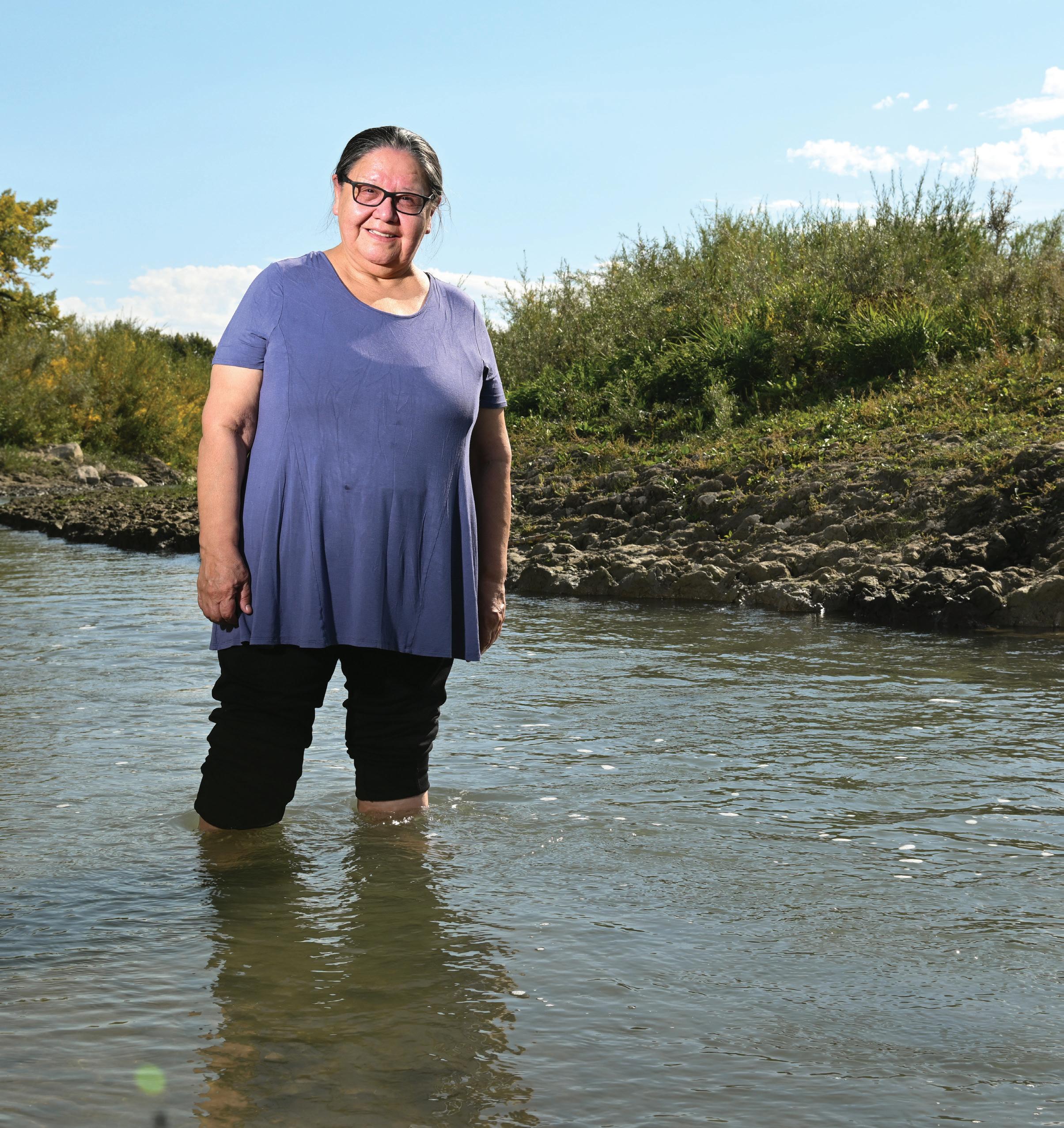
100 YEARS OF PUBLIC ART
Charting the projects that have shaped the city WALK THIS WAY
With our illustrated guide to art in Calgary
THE POWER OF A PAGE-TURNER
Thanks to a good book, Mark Tewksbury sees himself differently
Issue 1 | 2022

GO BOLDLY AUArts.ca ART CRAFT DESIGN
Meet
We chat with Kainai artist Faye HeavyShield about inspiration, creativity and history.

008 Shapers These five local artists have helped shape the identity of Calgary in Canada and beyond.
Mentors From dance and writing to visual art, meet three Calgary artists nurturing the next generation.
Connectors Meet arts leaders and communitybuilders who create meaningful opportunities for Calgarians to connect with the arts.
Boosters Discover how the arts are contributing to a vibrant economy.
Discuss Comedian Andrew Phung, chef Nicole Gomes and Tourism Calgary’s Cindy Ady on what living a creative life means to them.
features
Our Places Still Speak 025 Blackfoot artist Jared Tailfeathers returns to the land and finds inspiration from the historic sites on the traditional territory of the Blackfoot People.
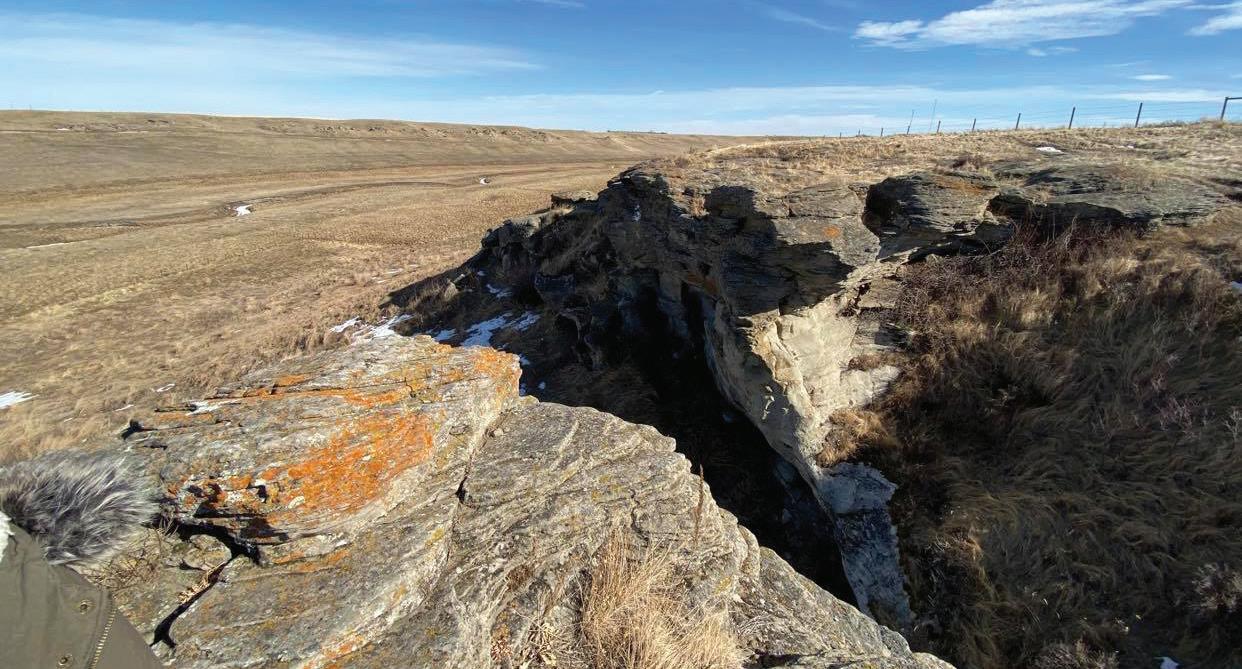
The Shape of the City 030 We explore the history of public art in Calgary over the past 100 years and discover how it continues to inspire and shape the city in surprising ways.
EXPERIENCE: WALKING TOUR
Lace up your sneakers and explore the city with our curated graphic map of some of Calgary’s must-see public art pieces.
PORTFOLIO
Cassie Suche, a contemporary abstract artist, offers a behind-the-scenes look at her latest work, Touch Traces.
ART ON THE HORIZON Olympian Mark Tewksbury discovers new things about himself, thanks to a very good book.
Artfully Resisting Isolation 036 The arts build and connect communities, ultimately benefiting our mental health.
Telling our Stories 040
A CTrain journey reveals how public art can serve as breadcrumbs to help us navigate the city.
Share your thoughts with us! Visit surveymonkey.com/r/FMTCKMG and tell us what you think.
contents 003 006 006
012
015
018
022
025 044
046
050
departments 044
ON THE COVER: Faye
HeavyShield at the Oldman River in southern Alberta.
IMAGES: (COVER) CANDICE WARD; (THIS PAGE CLOCKWISE FROM LEFT) CANDICE WARD; JARED TAILFEATHERS; LINDSEY HOPKINS
Chair, Board of Directors
Chima Nkemdirim
President and CEO
Patti Pon
Calgary Arts Development Authority is a wholly owned subsidiary of The City of Calgary. We invest and allocate municipal funding for the arts to hundreds of arts organizations, individual artists, artist collectives, and arts events in Calgary. We believe the arts have the power to create vibrant communities and bring together diverse voices and perspectives. We support artists in the development of their skills and the expression of their creativity.
Calgary Arts Development supports and strengthens the arts to benefit all Calgarians.
Calgary Arts Development
Phone: 403-264-5330
Info@calgaryartsdevelopment.com calgaryartsdevelopment.com
calgaryartsdev
calgaryartsdevelopment YYC What’s On
@calgaryartsdev @yycwhatson
#yyclcl
President Käthe Lemon
Manager, RPM Content Studio
Meredith Bailey
Art Director Veronica Cowan
Staff Photographer Jared Sych
Editorial Contributors
Haider Ali Aaron Chatha
Deptic Photography Laurel Dziuba Mary Haasdyk Vooys Lindsey Hopkins Helen Hu Alison Jackson Tyra Jarbeau Todd Korol Anna Lake Chris Landry Donald Lee Trudie Lee Paul Litherland Maureen McNamee Motif Photography
Pejay Owor Stafford Perry Geoffrey Picketts Michaela Ream
Red Works Photography Shaun Robinson Heather Saitz Lynda Sea Jason Stang Sable Sweetgrass Jared Tailfeathers Mike Tan Mark Tewksbury Candice Ward Katherine Ylitalo Gerard Yunker
RedPoint Media Group

cSPACE King Edward 1721 - 29 Avenue SW, Suite 375 Calgary, Alberta T2T 6T7 (Letter mail only)
Phone: 403-240-9055 Toll free: 1-877-963-9333 Fax: 403-240-9059 info@redpointmedia.ca
Statements expressed herein do not necessarily represent the views of the publisher.
Copyright 2022 by RedPoint Media Group Inc.
No part of this publication may be reproduced without the express written consent of the publisher.
EXPERIENCE
CALGARY
Published annually by Calgary Arts Development in partnership with RedPoint Media Group.
004
WELCOME
Welcome to our very first arts magazine. Through the stories in this publication, we take great pleasure in sharing our love of artists and the arts, our deep connection to this land, and some examples of how creativity makes Calgary such a wonderful place to live, work and play.
The history of this place, Mohkinsstsis, goes back many thousands of years. It is the ancestral territory of the Siksikaitsitapi — the Blackfoot people — comprising the Siksika, Kainai and Piikani Nations, as well as Treaty 7 signatories, the Tsuut’ina Nation, and the Îyâxe Nakoda Bearspaw, Chiniki and Wesley First Nations. It is also home to the Métis of Region 3 as well as many First Nations peoples, Inuit and Métis from across Turtle Island. Over the past few hundred years, Calgary has attracted people from around the world, making it the third most culturally diverse city in Canada. People are drawn here not only for the natural beauty and wide-open spaces, but also because this is a place of opportunity and boundless possibilities.
At Calgary Arts Development, we are aware that there has been art, music, dance, storytelling and ceremony on this land since time immemorial and it is in the spirit of this land and its people that we do our work. Living in challenging and chaotic times, we need artists now
more than ever — to connect us, to expand our ways of thinking and understanding, to bring us joy and to make meaning in our lives.
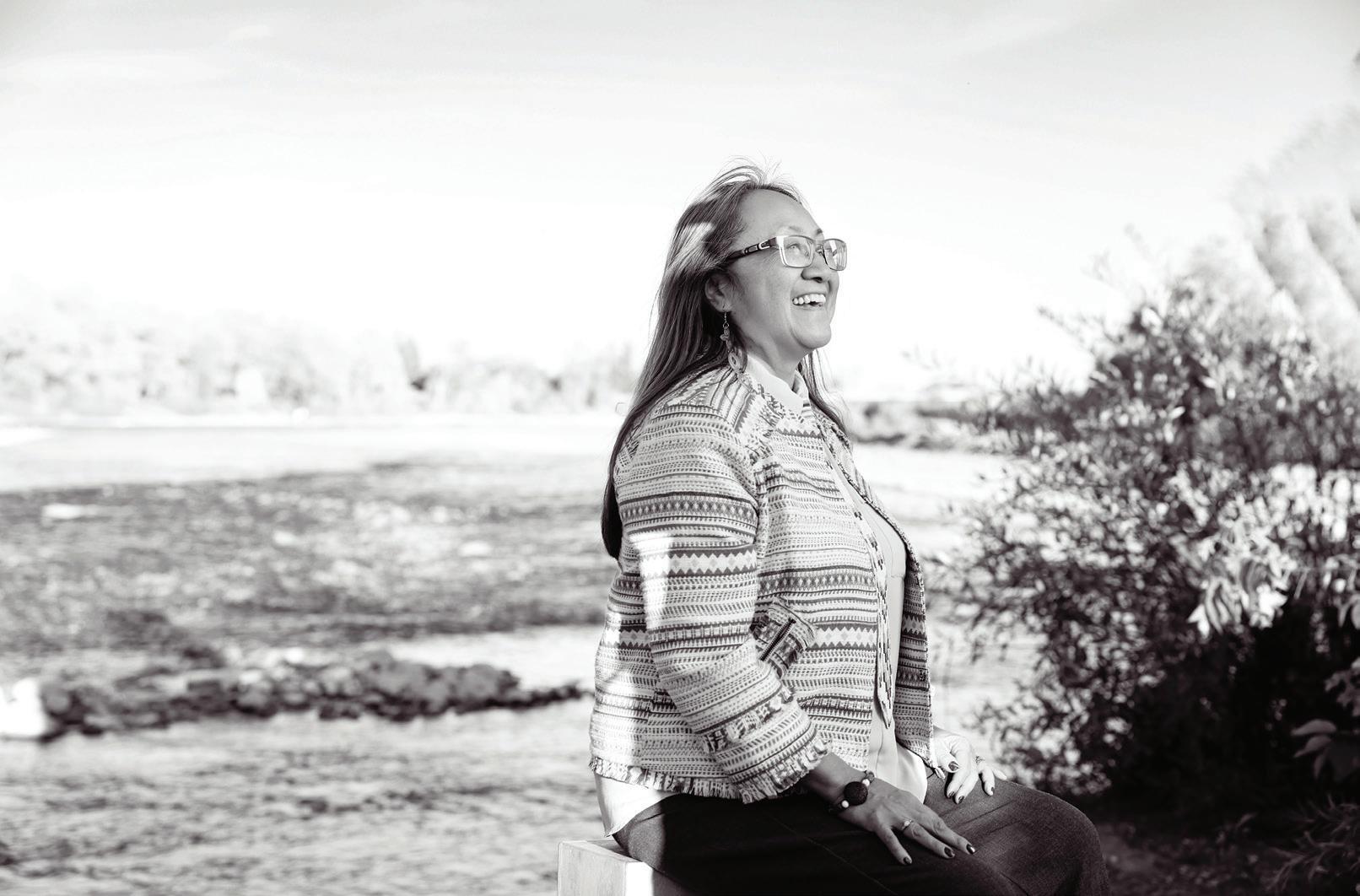
We are excited to share some stories about the tremendous creativity in our city. In 2021 Calgary Arts Development made over 550 grant investments to individual artists, arts collectives, arts organizations and arts events in our city on behalf of Calgarians. There were almost 8,000 artists and 700 arts workers hired in our city. Our grant investees presented almost 22,000 arts experiences that resulted in a total participation number of 4 million people! So, you can see that we can’t possibly include everything that’s happening in Calgary within the pages of a magazine, but we wanted to tell a few stories of some of the extraordinary people who share their skills and creativity for the benefit of all Calgarians.
I hope you enjoy the stories — from the short profiles of people we are calling shapers, mentors, connectors and boosters; to the longer profiles of amazing artists whose work connects us to this land and its history; to stories about how public art shapes our city and reflects our values; to some of the ways the arts contribute to our well-being and sense of identity.
I want to thank everyone who contributed to this first edition, which we hope will become an annual publication — from all of the writers, illustrators and photographers, to our wonderful partners at RedPoint Media, and those who purchased ads to help support the magazine.
Calgary is a creative city. Our research shows that more than 90% of Calgarians engage with the arts by observing or listening, creating, or attending. Whether we’re talking about our artists, our co-workers, our relatives or our neighbours, creativity is alive and well in Calgary. No matter who you are, I celebrate you for finding your own inspiration, activating your imagination, expressing yourself and living your most creative life.
PHOTOGRAPH: MOTIF
PHOTOGRAPHY
Patti Pon President and CEO, Calgary Arts Development p.s. To find out more about what’s happening in Calgary visit yycwhatson.ca
Patti Pon at the confluence of the Bow and Elbow rivers
MEET: FAYE HEAVYSHIELD
Sable Sweetgrass, director of engagement and reconciliation at Calgary Arts Development, chats with Kainai artist Faye HeavyShield about history, creativity and inspiration.
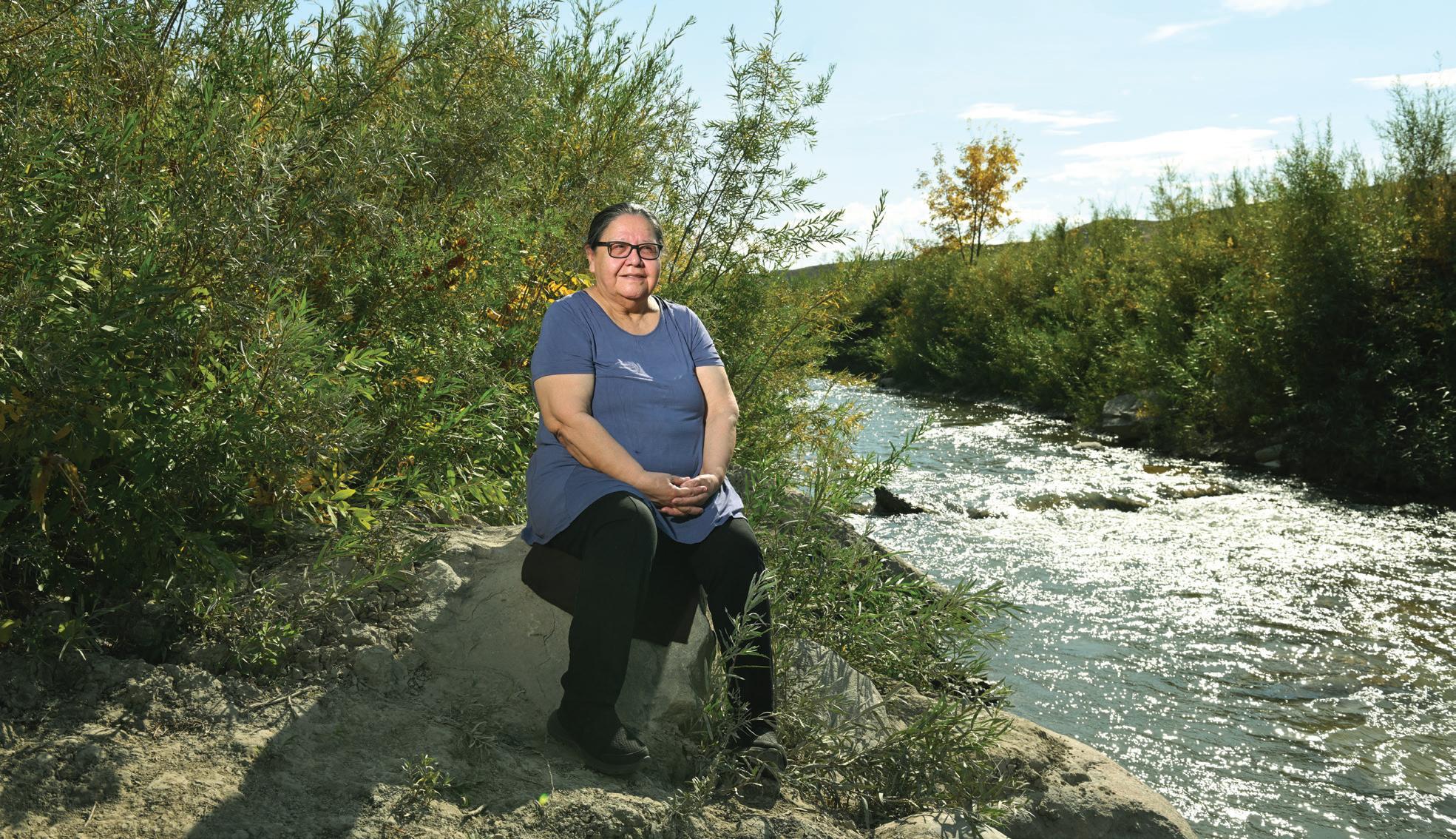
Faye HeavyShield is a sculptor and installation artist and a member of the Blackfoot Confederacy from the Kainai (Blood) Nation in the foothills of southern Alberta. Her striking, minimalist work is inspired by her memories, family and community. She studied art at the Alberta College of Arts (ACA), now Alberta University of the Arts, in the 1980s, and her work has been showcased across the country.
It has been a significant year of recognition for Kainai artist Faye HeavyShield. This past June (2022), Faye was honoured with the Distinguished Artist Award from the Lieutenant Governor of Alberta. Faye was also the recipient of the annual Gershon Iskowitz Prize, which includes an upcoming solo exhibition at the Art Gallery of Ontario in Toronto.
I met with Faye to learn more about her journey as a Kainai artist.
What was your experience like attending ACA back in the early ’80s? It was really different, but I didn’t know anything else to compare it to. When I first started there, it was more or less a decision I made after trying other things that didn’t really fit. The first year was such a new experience. I was prepared for
that because I had experienced that before leaving residential school to go to a town school. You just feel that difference. There was never any overt incident of being made to feel out of place; you just knew you were not like anybody else. Many of them were young students, and maybe a lot of them had a lot of experience making art in high school. They all seemed to have really definite ideas of wanting to be an artist, which I didn’t have. I just thought, “I’m here,” and it started to feel comfortable after a while. I was allowed to try things and spend time in the studio. For me, that experience was good just to spend so much time in the studio.
When it comes to creativity and art, who were the first people who influenced you? As far as imagination,
PHOTOGRAPHS OF FAYE HEAVYSHIELD BY CANDICE WARD
Artist Profile 006
I always credit my grandmother, Kate Three Persons, with the stories she told. With those stories, anything could happen because she’s your grandma, and you believe what she’s saying, even though you know it’s a story. Also, the fact that you’ve heard these stories more than once and it was a treat when you would hear them, it was special, and you knew them by heart. That’s what made it so memorable, and it's in keeping with how we, Niitsítapi, kept a record of our history through words and voices.
As a Blackfoot woman, were there challenges in your career as an artist? I’ve been fortunate in that I’ve met a lot of good people and I really find I was privileged that the gallery staff, 99 per cent of the time, were of a similar mind as far as the art I made.
I don’t want to say they understood it, but they were open to it. In their place, they respected art. For the most part, I met people who knew what I meant when I said it had to be this way. There’s always that one per cent who are not that way, but, for me, it’s not really worth mentioning specific incidents
(Opposite page and left) Faye beside the Oldman River in southern Alberta. (Below) Untitled, 1992. Wood, cement and acrylic. (Below left ) Blood, 2004. Cotton, cotton string and acrylic.

like that. Any challenges that were in place were not enough to override the art I made. For me, it was always the art and not any specific politics. I just depended on the truth of the art, for that to be foremost.
What would your message be to young Indigenous artists? I think it’s just about being true to yourself. We all have those times when we are not making art, just thinking about it. Step back and let that art set up a conversation with you so you're not the one deciding everything. Really explore and don’t predetermine.
—Sable Sweetgrass

Read more about the cultural legacy of the Blackfoot People on pg. 25.
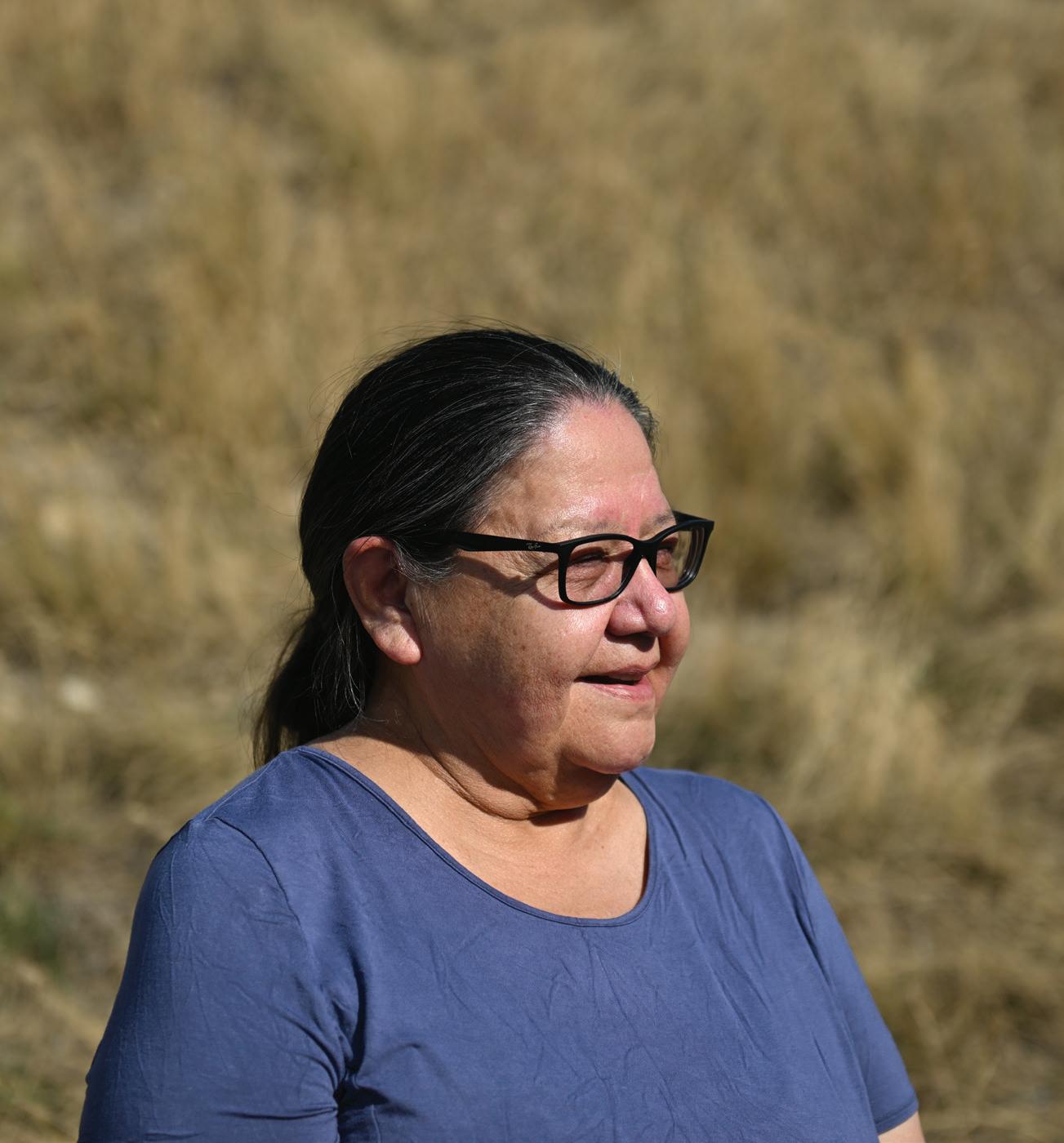
meet
007
CURATING CALGARY
Five artists who have influenced the local, national and international reputation and identity of Calgary. by Maureen McNamee
JEAN GRAND-MAÎTRE Artistic director and choreographer
When Jean Grand-Maître arrived in Calgary 20 years ago to be artistic director of Alberta Ballet, he recognized an adventurous spirit in the relatively young and open-minded city that he hadn’t found working in Europe or major cities like Toronto. “I could do anything, I could try anything,” he says. So, he took the leap with an ambitious collaboration with Canadian folk icon Joni Mitchell, combining contemporary choreography set to her music and based on her songs. The success of its debut in 2007 led to a string of “portrait ballets” with Elton John, k.d. lang, The Tragically Hip and others. By the time he stepped away from his role in spring 2022, Grand-Maître had exposed new audiences to the world of ballet while forever linking the province with some of the biggest names in pop music.
1 Choreographed ballets to music by Joni Mitchell (The Fiddle and the Drum, 2007), Elton John (Love Lies Bleeding, 2010), Sarah McLachlan (Fumbling Towards Ecstasy, 2011), k.d. lang (Balletlujah, 2013), Gordon Lightfoot (Our Canada, 2017), The Tragically Hip (All of Us, 2018), and — for his farewell finale — David Bowie (Phi, 2022).
“That rock stars are coming to him is a sign that, not only is he onto something that others want to share, but he’s also turning a regional ballet company like Alberta Ballet into a cause célèbre.
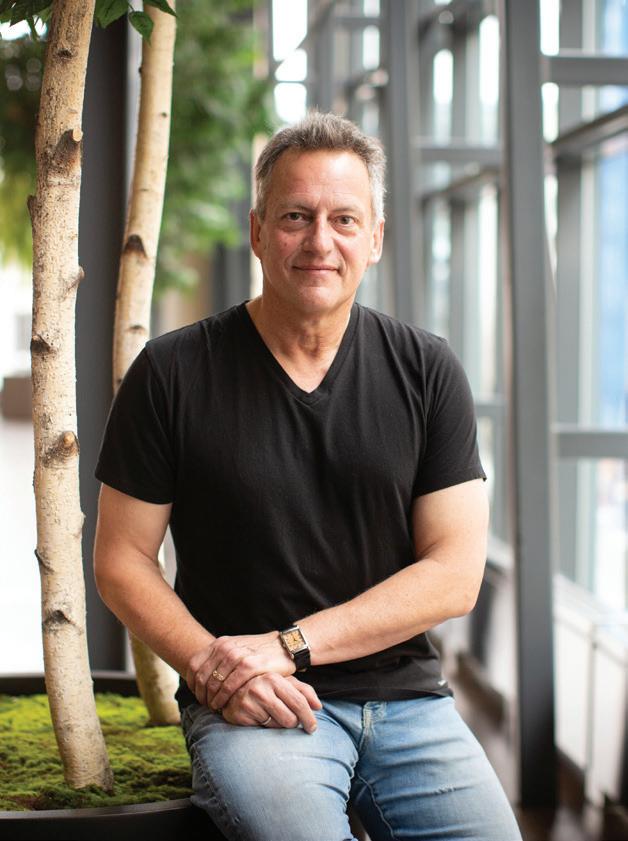
It can also be argued that he and they are producing the most innovative and original ballet work in Canada right now.”
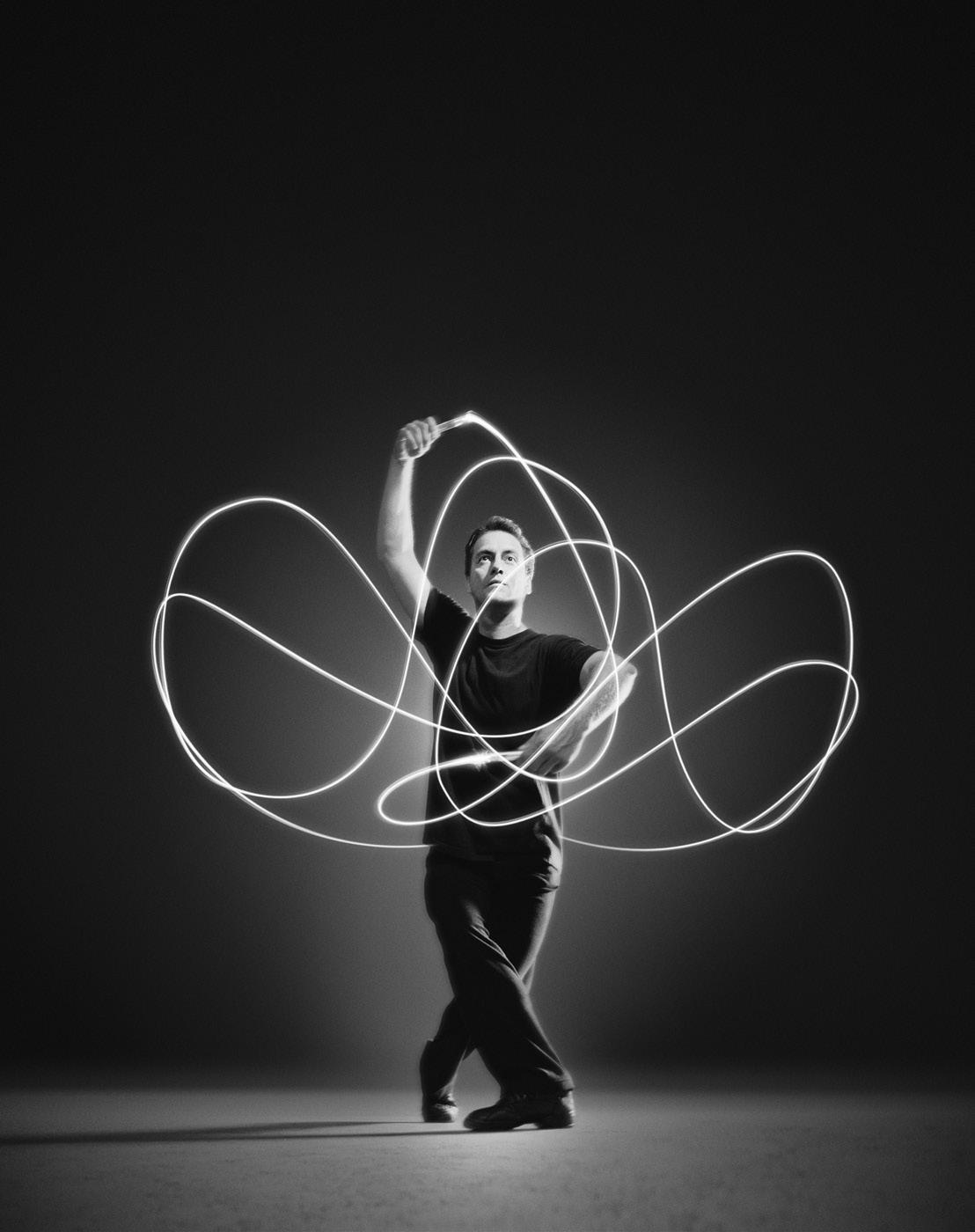
Deirdre Kelly
Journalist and internationally recognized dance critic, from a review in Critics at Large, 2011.
2 Won the Order of Canada in 2018 for his extraordinary contributions to the nation.
3 Choreographed the opening and closing ceremonies of the 2010 Winter Olympics in Vancouver.
4 Showcased LGBTQIA2S+ storylines in two of his pop ballets, Love Lies Bleeding with Elton John and Balletlujah with k.d. lang.
5 After seeing The Fiddle and the Drum in Calgary and then meeting with Jean Grand-Maître in Las Vegas, Elton John withdrew the right to his songs from an American ballet company and gave them to Alberta Ballet.
6 During Grand-Maître’s tenure, Alberta Ballet became Canada’s second-largest dance ensemble, with 30 dancers performing more than seven programs each season.
PHOTOGRAPHS: (LEFT)
GERARD YUNKER; (RIGHT)
TODD KOROL
BEHIND THE SCENES Shot for the 2003 Enbridge campaign, “Where Energy Meets People.” Photographer: Gerard Yunker Art Direction: Phil Copithorne Photo Retouching: Max Lafontaine 008
KATIE OHE Sculptor, teacher

Groundbreaking sculptor Katie Ohe has shaped our view of art (literally). She was one of the first artists in Alberta to create conceptual artworks that invite physical interaction and, by choosing to stay in the province, she influenced countless others who practised and studied here. Ohe’s generosity has extended beyond the arts community — along with her late husband, artist Harry Kiyooka, she founded the not-for-profit Kiyooka Ohe Arts Centre, offering public lectures, workshops, programming and exhibitions on their property in Springbank.
1 In 2019, Ohe was awarded both the Lieutenant Governor of Alberta Distinguished Artist Award and the Alberta Order of Excellence.
2 Ohe was a student of well-known artists like Marion Nicoll and Illingworth Kerr at Alberta College of Art (now Alberta University of the Arts). In 1970, she became a teacher at the college — some of her students included Evan Penny, Christian Eckart, Brian Cooley, Alexander Caldwell and Isla Burns.
3 Ohe is an elected member of the Royal Canadian Academy of Arts.
4 Ohe’s Zipper sculpture has been spun by students on the University of Calgary campus for nearly 50 years.
“For over 60 years, Katie Ohe has been a catalyzing force in Calgary’s art community as an artist, mentor, teacher, supporter and builder. As one of Alberta’s most important artistic figures, she has made a significant contribution to the development of contemporary art in the province and her innovative approaches to material, form, movement and participation have been a meaningful influence for generations.”
Naomi Potter Director/curator of Esker Foundation in Calgary, from notes for Ohe’s retrospective exhibition, 2020.
KEITH JOHNSTONE
Director, playwright, author, teacher
Keith Johnstone is an extraordinary improv artist who finds inspiration in the ordinary — and teaches people to think on their feet. The co-founder of Calgary’s Loose Moose Theatre is revered around the world for inventing Theatresports and other improv formats, as well as for his plays, books, and numerous workshops and talks. A key ingredient to his success is asking “What if?” and then going along for the ride, whether it ends in uproarious laughter or a touching moment. What if the only other passenger on the bus is a talking monkey? What if your beloved sibling’s ghost arrives with a heartfelt message for you? As he approaches age 90, the result of his work continues to play out on stage and screen through Loose Moose alumni Rebecca Northan, Andrew Phung and Bruce McCulloch, among many others.
1 Loose Moose Theatre alumni include Rebecca Northan (Blind Date), Andrew Phung (Kim’s Convenience), Mark McKinney and Bruce McCullouch (Kids in the Hall), Paul Spence and Dave Lawrence (FUBAR), Norm Hiscock (comedy writer for Kids in the Hall, Parks and Recreation, and Emmy-winner for his work on King of the Hill), among others.
2 Johnstone wrote his seminal book on improvisation techniques, Impro: Improvisation and the Theatre, in 1979.
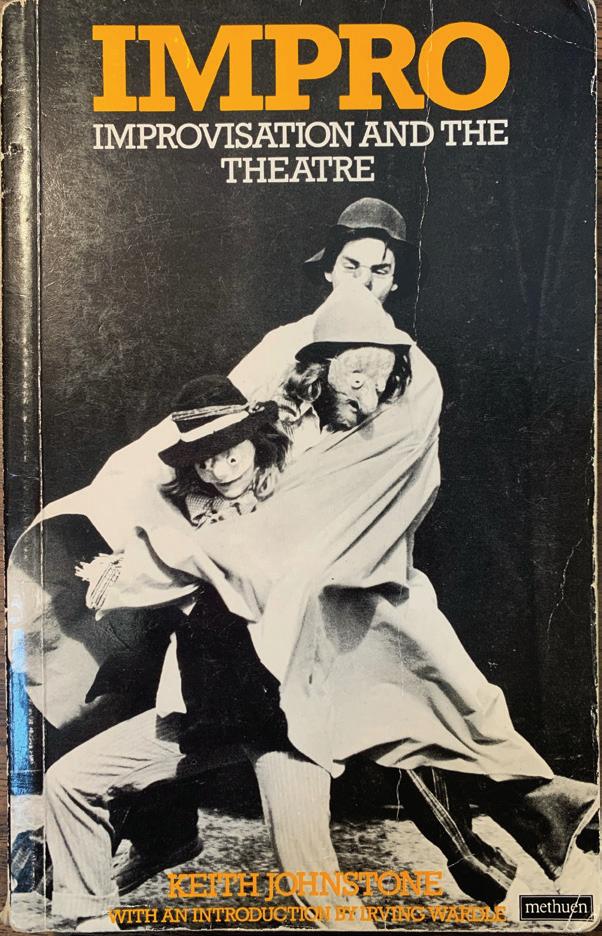
3 Johnstone founded the International Theatresports Institute in 1998. The not-forprofit is a communication and information hub for Johnstone’s ideas and manages the production rights of his improv formats.
“Most of my self-generated work as an artist is due to Keith Johnstone and the time I spent at the Loose Moose Theatre. I met him when I was 16 years old, so his teachings and philosophies around performance and improvisation got in deep. Keith is almost entirely responsible for my ‘artistic operating system’ — everything I do is based on those early years. In my international travels, Keith’s name is the one that always causes other artists to light up.”
Rebecca Northan Actor, playwright and director
shapers
PHOTOGRAPHS: (LEFT) JASON STANG; (RIGHT) STAFFORD PERRY 009
shapers
“Audience members often describe the show as ‘life-changing’ and many Calgarians have noticed more and more public gatherings are starting with an acknowledgement that they’re being held on Treaty 7 land — something that was not nearly as common an occurrence only a few years ago.”
Elizabeth Chorney-Booth Journalist, on Making Treaty 7, Avenue magazine, 2016.
MICHELLE THRUSH Actor and director
Michelle Thrush sheds light on Indigenous perspectives that have been missing from the narrative for far too long. The Cree actor and director first gained fame as Gail Stoney in the TV series Blackstone. She is also part of the team behind Making Treaty 7, a legacy project of Calgary 2012, the year the city was named a Cultural Capital of Canada. It was one of the first productions in Canada to give Elders a chance to speak their truths on the signing of the Treaty and its repercussions. Today, Thrush continues to break ground as artistic director of the Making Treaty 7 Cultural Society, an Indigenous-led, settler-supported organization that shares Indigenous stories through arts and culture and models a way of working toward healing. “It’s about building bridges between people and culture,” she says. “That, to me, is an important part of what Making Treaty 7 has done.”
1 After recovering from the unexpected deaths of three members of the original Making Treaty 7 production, including leaders Michael Green and Narcisse Blood, Thrush carried the work forward as co-director with One Yellow Rabbit’s Blake Brooker.
2 Thrush’s solo show, Inner Elder, is a bittersweet comedy based on her difficult upbringing as a brown girl in a troubled home in a city of white privilege. It debuted at Lunchbox Theatre in 2018 and was performed at the National Arts Centre in January 2022.
3 Thrush is known for her roles as Gail Stoney in Blackstone, for which she won a Gemini Award in 2011, and as Sylvie LeBret in North of 60 and Deanna Martin in Arctic Air.

PHOTOGRAPH: RED WORKS PHOTOGRAPHY 010
BEHIND THE SCENES
Writer-director Cheryl Foggo and eight-time world-champion former rodeo cowboy, Fred Whitfield, on a shoot for the documentary film, John Ware Reclaimed. Texas-based Whitfield portrays Alberta pioneer Ware in the film.
CHERYL FOGGO Writer, playwright, film director
Cheryl Foggo was a child when her brother came home from a visit to the Glenbow Museum and told her about a famous Black cowboy named John Ware who had lived in Alberta. The reality of a cowboy the same colour as her, who loved horses just like her, gave Foggo a sense of belonging, and sparked her curiosity. A descendant herself of Black pioneers who came to the Canadian Prairies, Foggo has dedicated much of her career to the stories of Ware and others who made the Prairies their home. Her books, films and plays about their lives, loves and struggles have created a moreinclusive view of our history and culture. “There are young people whose sense of identity is both Black and western Canadian and who have experienced that same divide as I have. My work has helped them claim with joy both aspects of that identity,” she says. “But it’s not just young Black people who benefit from that work — those stories do belong to all of us.”
1 Foggo is working on a book to complete her trio of works about John Ware, which includes the play John Ware Reimagined and the documentary John Ware Reclaimed.
2 Foggo has been working with Heritage Park to help identify where Black stories are missing and how they can be included. The first project, featuring information about the Black porters who worked the trains, was unveiled this summer at the park’s Shepard Station.
3 Foggo has won several awards throughout her career, including a 2021 Lieutenant Governor of Alberta Distinguished Artist Award.
“Cheryl Foggo’s personal film confronts Canada’s racist past.John Ware Reclaimed is an engaging and insightful film that brings Ware’s legacy to the forefront — where it should have been in the first place.”
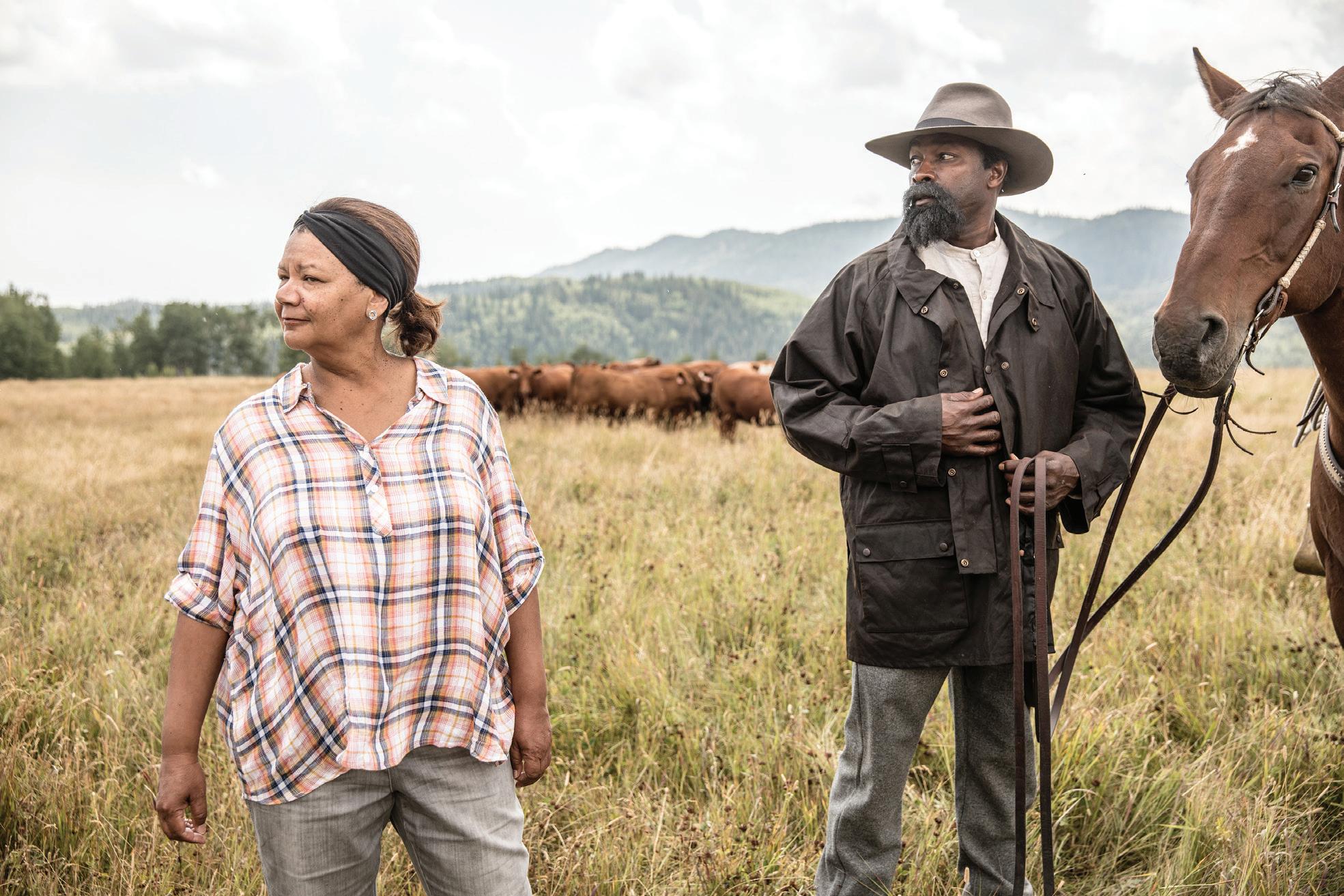
Courtney Small
Author and film critic, POV Magazine, on the documentary John Ware Reclaimed, 2020.
Read more about the art that's shaped our city on pg. 30.
shapers
PHOTOGRAPH: SHAUN ROBINSON
011
“Write
CLEM MARTINI The Writer
PASSING THE TORCH
by Lynda Sea
Living a creative life is as much about the expression of ideas as it is about building a community. That’s why these three Calgary pioneers in theatre, dance and visual arts mentor other artists as part of their creative process. By nurturing new ideas and artists, the ripple effect on new generations of creative thinkers and doers, and Calgary as a whole, is immeasurable. And our city is all the better for it.
Martini is a professor in the department of drama at the University of Calgary, where he teaches playwriting to both undergraduate and graduate students. “Students come in, and they’ve got a different take on the world, and sometimes it challenges you,” he says. “Then it’s just a matter of encouraging them to make sure their vision is clear and offering them tools and suggesting strategies they can pursue.”
Martini has more than 30 plays and 10 books of fiction and non-fiction to his name, including Bitter Medicine: A Graphic Memoir of Mental Illness. For close to 20 years, he also taught drama and playwriting to marginalized youth at the Wood’s Homes Foundation. “Working with kids, you saw how important and formative and lifechanging stories could be,” he says. “[Writing] had the power to challenge the story they told themselves that they were failures, that they couldn’t achieve something.”
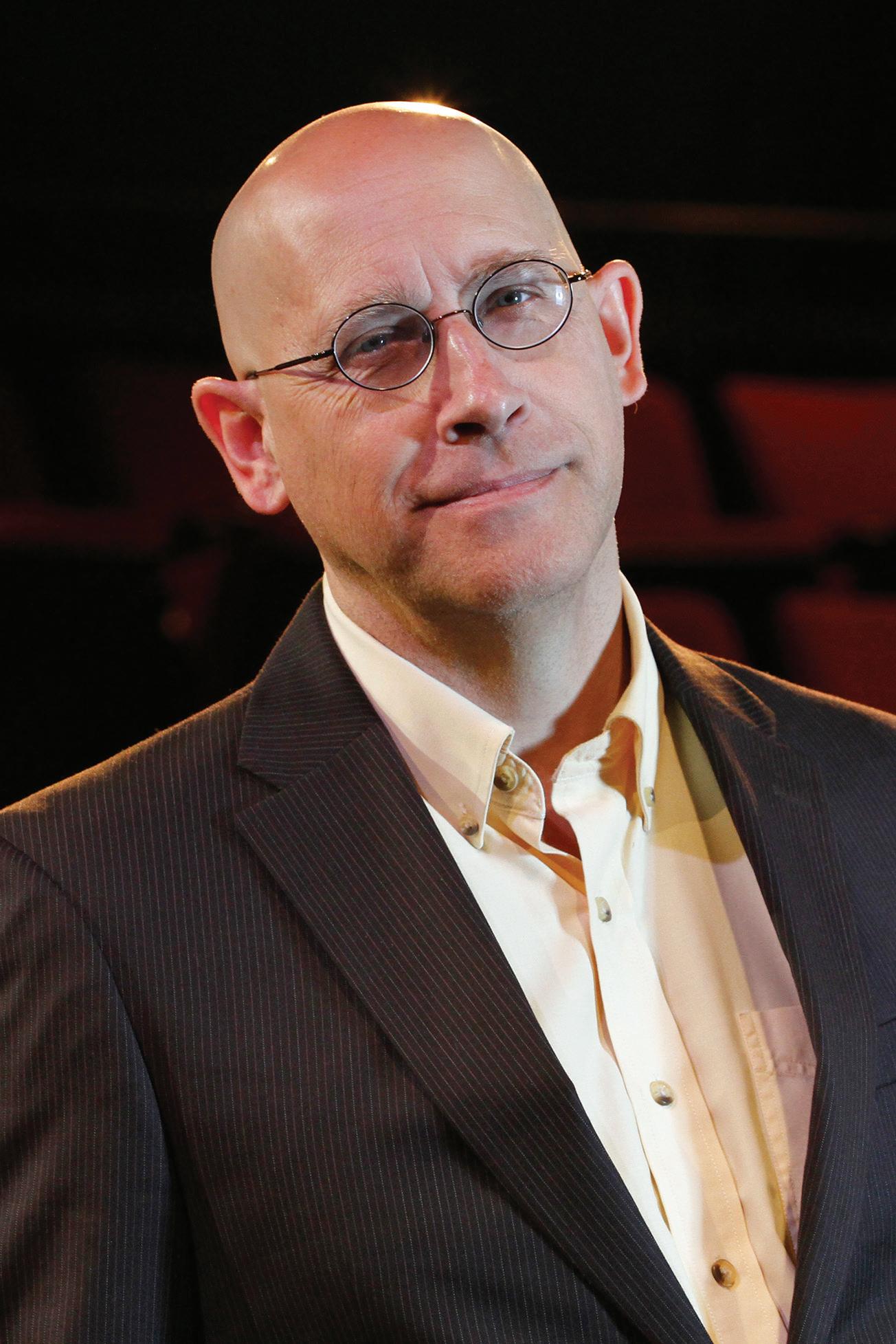
Martini follows this philosophy when writing for the stage or page: “There are no shortcuts. There are no rules. And, ultimately, there are no secrets.”
He describes writing as a lifelong endeavour and says, “You’re creating community through story and you’re creating community through teaching, and those two processes are more closely linked than people understand.”
PHOTOGRAPH:
COURTESY
CLEM MARTINI
every day.” That’s the advice award-winning playwright, screenwriter and author Clem Martini stresses often. “There’s not a day that I don’t write,” he says. “By doing that, you develop your voice, and it makes you attentive to how you can translate what you say and hear into the stories you create.” 012
VICKI ADAMS WILLIS
“Upon reflection, years later, that experience taught me the importance of nurturing young people,” Willis says.
After a break, Willis began studying with local dance instructor Margot McDermott, who lit the jazz fire within her when she was 15. McDermott took Willis under her wing and provided her with teaching and choreographing opportunities that helped pave the way for her future career.
In 1984, Willis started DJD, which is now known as one of the world’s leading professional jazz dance centres and has established Calgary as a renowned hub for jazz dance. DJD also runs the largest recreational dance program in the city.
The Dancer
Willis has choreographed more than 35 original productions, and her impact on students, dancers, musicians and audiences garnered her the 2021 Lieutenant Governor of
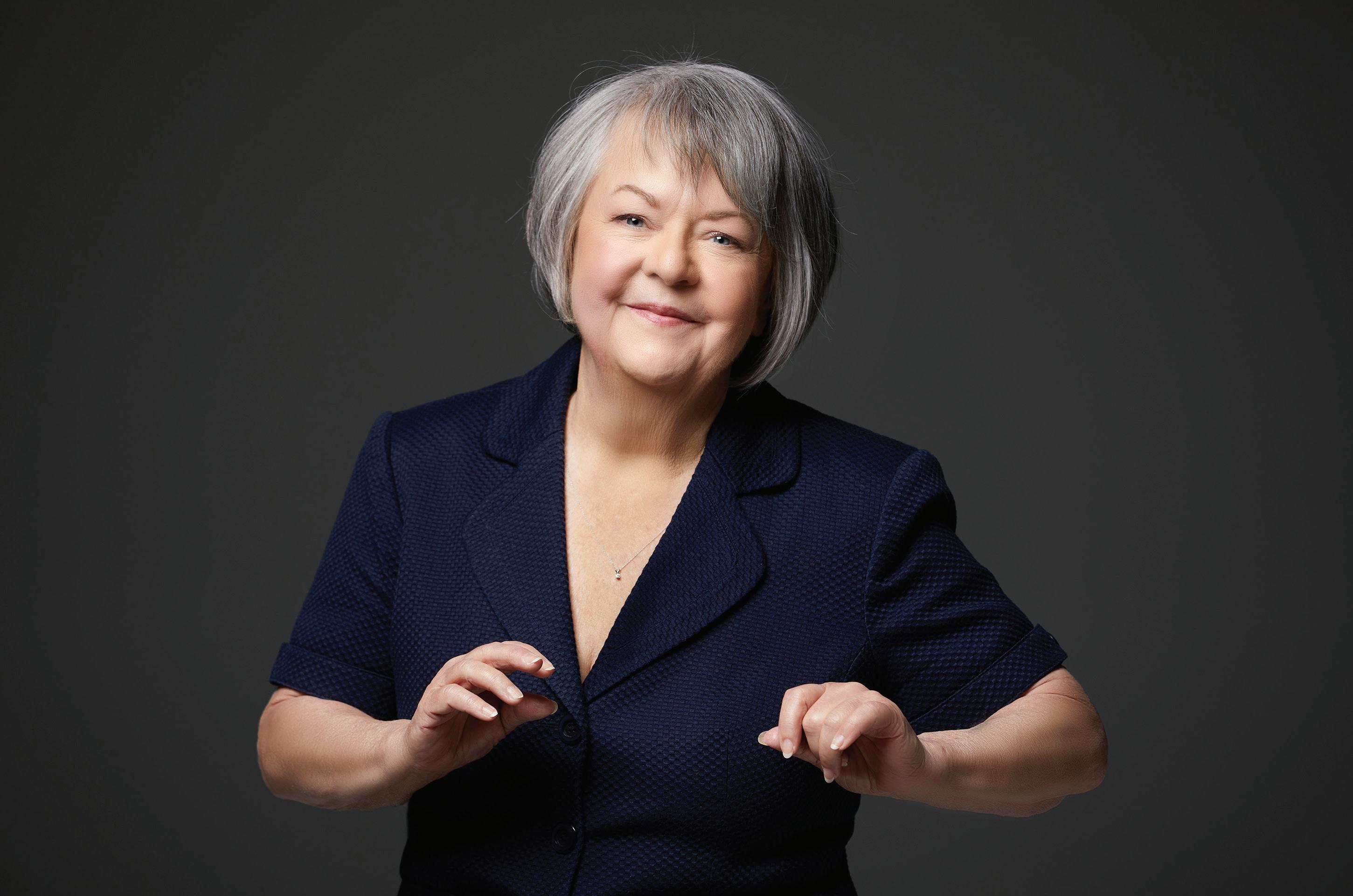
Alberta Distinguished Artist Award.
Currently, as founder-in-residence at DJD, Willis teaches the company’s professional dancers, leads the professional training program and is the director of the Dancing Parkinson’s YYC program, a dance program for people living with Parkinson’s disease.
Kimberley Cooper, who has been with the dance company for 33 seasons, took over the artistic director role from Willis in 2013. As a mentor, Cooper says Willis is both generous and relentless.
“She asks for a lot, but that made me ask myself for a lot, and I’m so grateful for all the experiences, training and generosity,” Cooper says.
Willis describes DJD’s success as an extraordinary team effort.
“The seeds were sown, and then so many brilliant people became the gardeners,” she says. “I spent my entire life studying and researching this art form and being a teacher. I’m at a point where, if nothing else, it’s my responsibility to share that with people.”
mentors
Vicki Adams Willis, co-founder of Decidedly Jazz Danceworks (DJD), remembers how she quit dance temporarily as a young teen because of a notso-encouraging teacher.
PHOTOGRAPH: TRUDIE LEE, COURTESY DJD
013
mentors
RITA MCKEOUGH The Visual Artist
Rita McKeough is nationally known for her installationbased works of art that combine kinetic sculpture, sound and performance. There’s an immersive, multisensory quality to her largescale work where natural objects and new technology interact.
(Below) darkness is as deep as the darkness is video still. Installation with video audio and kinetic objects shown at Walter Phillips Gallery, Banff Centre for Arts and Creativity, 2020.

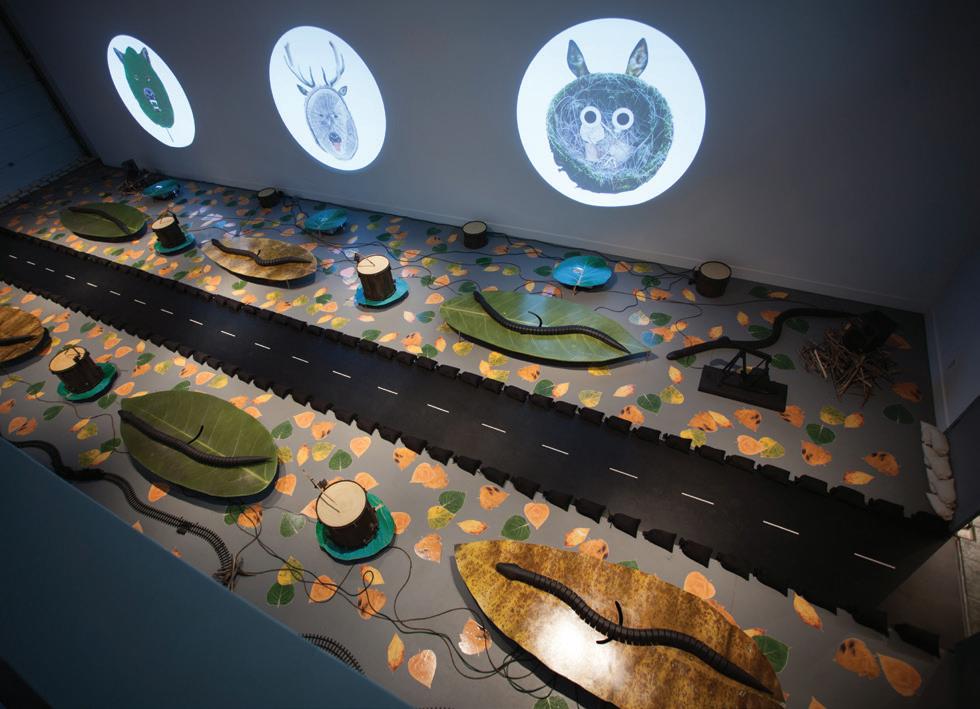
(Above) Veins Installation with performing objects, electronics, sound and animation. Displayed at OBORO, Montreal, Quebec, 2018.
“For me, using sound, it’s a very emotional, subversive and revolutionary kind of thing,” says artist Rita McKeough.
McKeough attributes her time volunteering at a local Calgary community radio station as pivotal, because it was there she worked with people who taught her about mixing and editing.
“I’m always relying on the generosity of other artists and people who have helped me so much and devoted their talents and their expertise,” she says. “I wouldn’t be here today making work if it wasn’t for all of their support. It taught me the importance of helping each other to learn things and to be supportive of others.”
McKeough currently teaches sculpture and media arts as an associate professor at the Alberta University of the Arts. “It has always
been an incredible honour to be teaching at an art school because I want to help young artists in any way possible. It’s so important because you want as many artists as possible working in our world,” McKeough says.
She also previously taught as a sessional at the Nova Scotia College of Art and Design. In 2009, she was a winner of the Governor General’s Awards in Visual and Media Arts.
“The important thing is to share that we’re all in this together as artists,” she says. “Being a mentor is to offer that same commitment to your community. If we help each other, then everyone is supported, and it really makes it possible for a lot of artists to do more things that they need to do.”
PHOTOGRAPHS: (LEFT) PAUL LITHERLAND, COURTESY OBORO GALLERY. (RIGHT) DONALD LEE
014
TOUCHPOINTS
LANRE AJAYI Connecting to culture
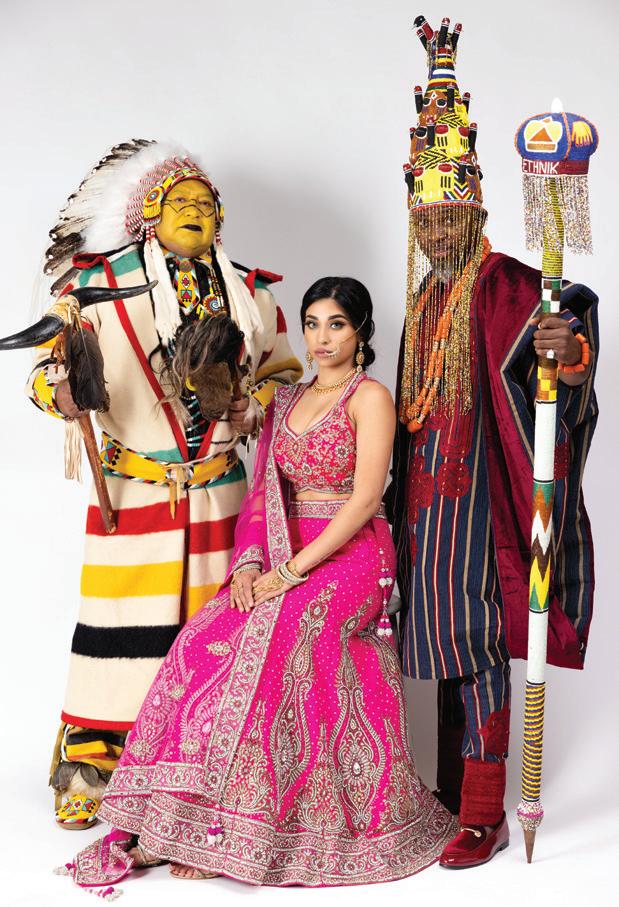
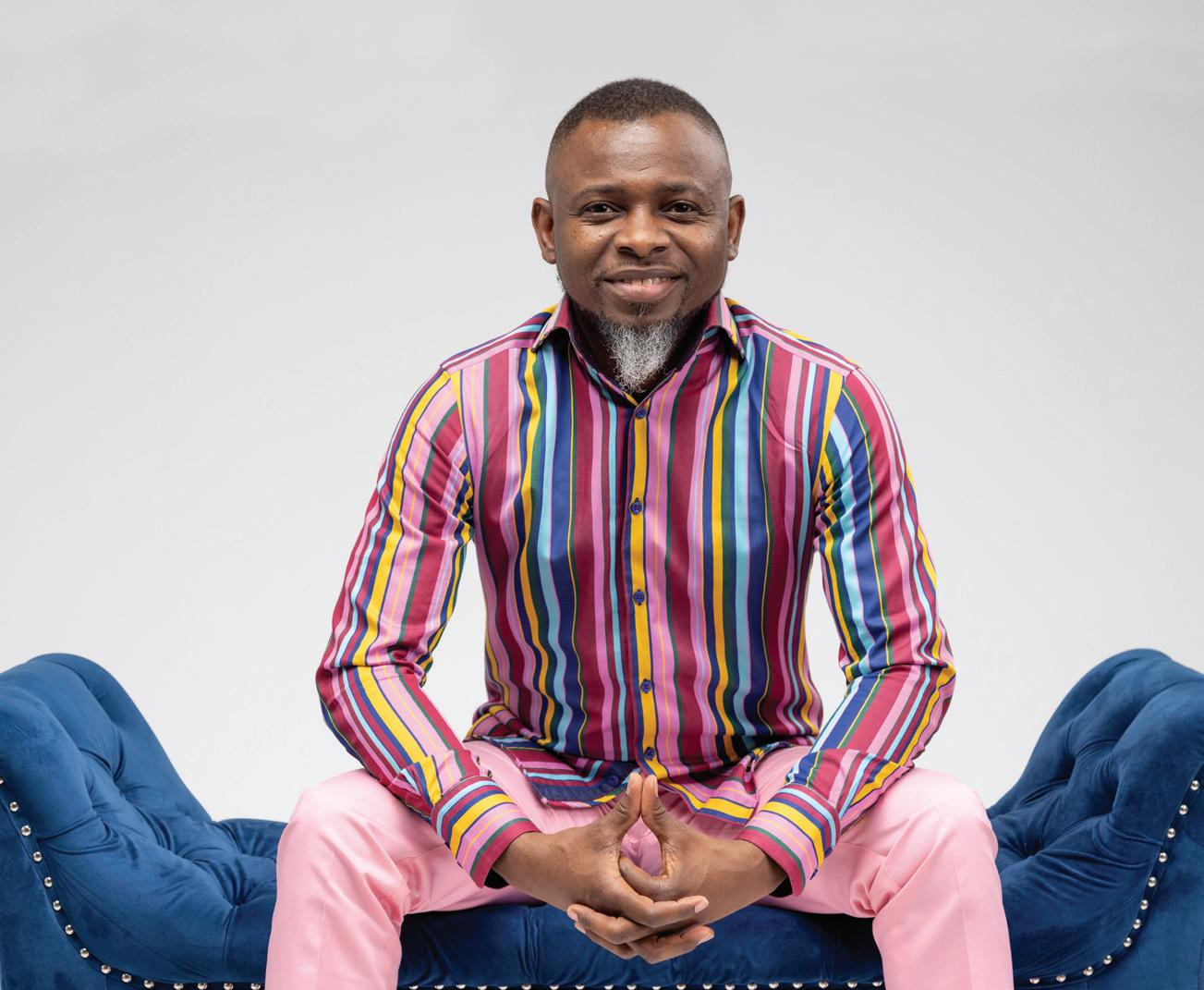
Originally from Nigeria, multidisciplinary artist Lanre Ajayi arrived in Calgary in 2015 to the joyous sights and sounds of his first Stampede. However, Ajayi realized that many in his global network hadn’t even heard of “The Greatest Outdoor Show on Earth,” prompting him to document the festival and help tell the story of his new city. Soon after, My City Speaks to Me was born with the intent to showcase what Calgary has to offer.
With new episodes released on YouTube multiple times per month, the video series has covered a lot of ground, from the opening of Calgary’s Central Library, to the Calgary International Film Festival’s red carpet, to paying a courtesy call on Mayor Jyoti Gondek.
“What I’m doing is not journalism,” says Ajayi. “It’s new media — telling stories
from the lens of an immigrant, creating an opportunity to create connectivity between people, places and the events that bring them together.”
In 2019, Ajayi launched Ethnik Festivals Association to encourage that togetherness. The association brings together different pockets of AfroCaribbean communities to host a huge festival similar to what already exists in Montreal and Toronto. "We can do the same thing in Calgary," he says.
According to Ajayi, the festival is a place where BIPOC Canadians can showcase their culture, which gives audiences an understanding of different ways of life. “You can’t take community away from culture.” Learn more at ethnikfestivals.com
015 connectors PHOTOGRAPHS: MOTIF PHOTOGRAPHY
These local artists, community-builders and arts leaders are creating meaningful opportunities for Calgarians to connect with the arts, the city, each other and the world. By Haider Ali
JUDY LAWRENCE
Connecting to community
Longtime arts leader and community-builder Judy Lawrence joined the YMCA Calgary in 2017. As general manager of the arts, Lawrence is driving the charge to integrate the arts into the Y’s mandate to build healthy and thriving communities. “It makes perfect sense that the YMCA would embrace the arts as part of its core mandate,” says Lawrence.

Launched in 2020 and dubbed YMCArts, the Y’s new art programming includes a growing number of arts classes for all ages and camps for kids offered at YMCAs across the city. YMCArts also offers a series of performances with an expanding list of partners from groups including the Calgary Philharmonic, the Festival of Animated Objects and Quest Theatre. A third initiative includes renting out its performance spaces to artists at affordable rates, including the theatres at the newly built YMCA locations in the city's northwest and southeast.
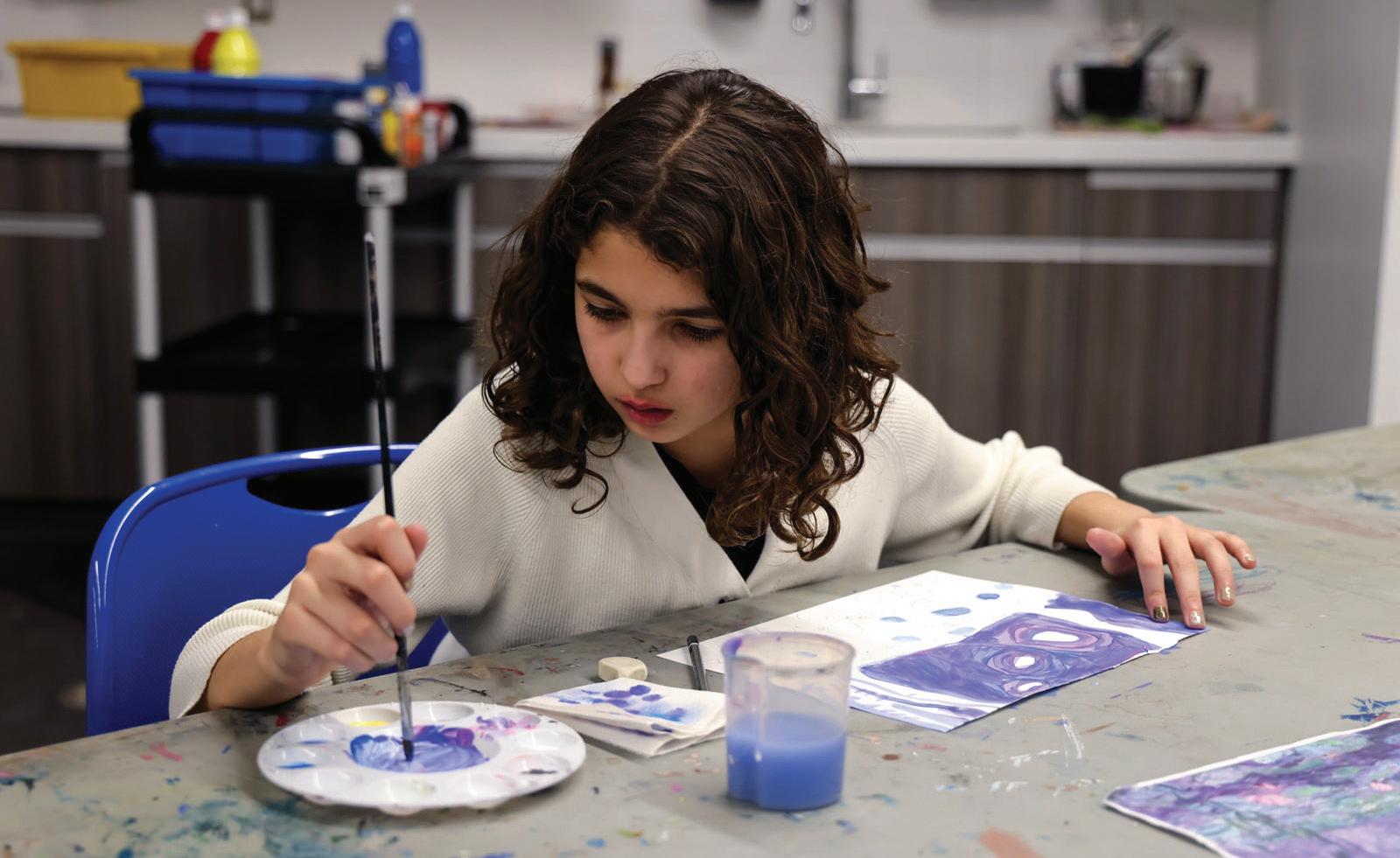
The impact has been noticeable. Lawrence recounts hearing from a parent about how their daughter was moved to strike up conversations with other kids after attending a production of the puppet show, Freddie in the Neighbourhood, at the YMCA. (In the show by the Little Onion Puppet Company, Freddie the dog attempts to be brave and overcome his shyness.) Lawrence says the art classes are also having a deep impact on health and well-being. “Young people are building their self-expression skills, and they’re doing it in a safe environment with friends or soon-to-be friends,” Lawrence says. Learn more at ymcacalgary.org/arts
SHELLEY YOUNGBLUT & WORDFEST
Connecting to ideas
“Connection is the thing that’s driven me my entire career,” says Wordfest CEO and creative ringleader Shelley Youngblut, speaking about her time as a magazine editor and now hosting events for Wordfest. “It’s always about connecting the most interesting, vital, soulnourishing ideas with the most intelligent, empathic, funny and engaged humans.”
Founded in 1996, Wordfest has broadened its event offerings in recent years with unique formats like “A Spirited Conversation,” where high-end liquor tastings are paired with intimate conversation and music. “I wanted it to have all the theatrical juice that a music performance or theatre performance might have, so we really upped our production game,” says Youngblut.
With those skills in hand and the COVID-19 pandemic putting the world on pause, Wordfest launched Imagine on Air, the world’s first literary streaming channel,
playing host to more than 200 shows between 2020 and 2021. “We realized there was an opportunity to take that Wordfest special sauce and apply it to online conversation-focused events,” says Youngblut.
In spring 2022, Wordfest made its return to in-person programming with “The Way We Connect,” which showcased six Calgary authors and one from Edmonton. Currently, it has a range of in-person and online events in the works. “You don’t need to read the book to come to the show,” says Youngblut. “We have the world’s most interesting thinkers and doers, who have just happened to have written a book there for you.” Learn more at wordfest.com

016
PHOTOGRAPHS: (TOP TO BOTTOM) MOTIF PHOTOGRAPHY; COURTESY YMCARTS; HEATHER SAITZ
YMCArts includes art classes for all ages (above) and live performances such as Al Simmons and his inventive musical comedy show.
BY MIKE TAN
(Clockwise from top)
Exploring The Wandering Island; Viewers enjoying The Sun Chairs by Susan Clarahan and Joel Staples; Things that both a relative you haven’t seen in a long time and the river could say by Kablusiak; Viewer on Ephemeral Perch by Lane Shordee; Jennifer Crighton playing her harp on The Wandering Island; Seating by Sean Procyk and Jeremy Pavka.
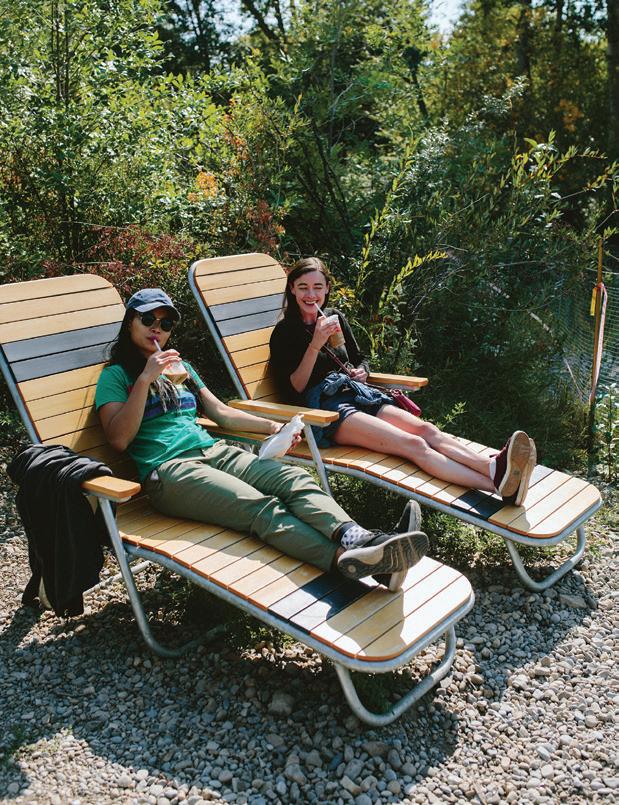
WANDERING ISLAND PUBLIC ART PROJECT
Connecting to nature

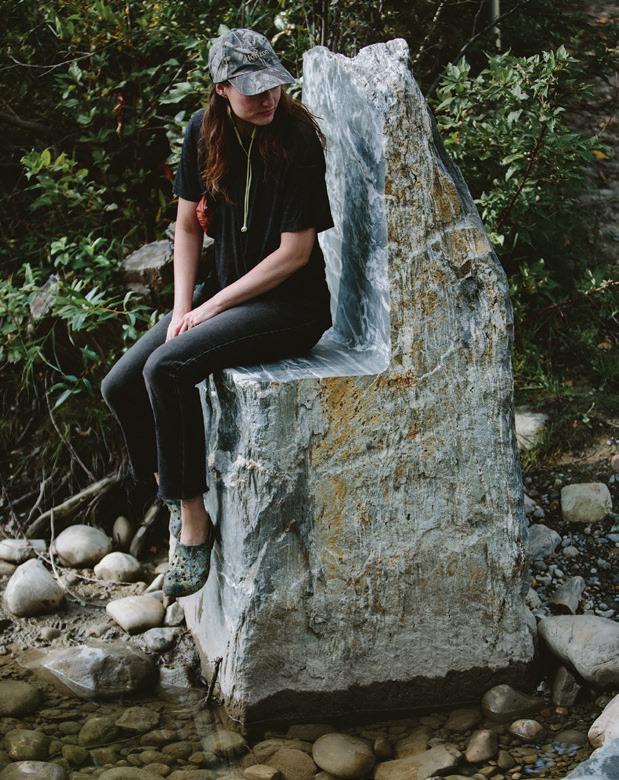
Home to ad-hoc memorials, geocaches, and a unique variety of plants and wildlife (including an infamous three-legged deer), Elbow Island Park also became host to a new public art project in late 2020 called The Wandering Island, led by artists Caitlind r.c. Brown, Wayne Garrett and Lane Shordee.
The project consists of six interactive art installations, including a new set of stairs that lead down to the island from Mission Bridge. The stairs, called Fish Ladder, were designed by Brown and Garrett and offer the only access point to the park. “We started with the stairs, and then it emerged into a project that included other artworks, other sites, other artists and other concepts,” says Brown.
Other installations include a series of stepping stones carved with textual artwork allowing visitors to cross a secondary water channel titled Crossing, by Inuit artist Kablusiak. Alongside the stepping stones are carved stone benches created by Shordee. Three artist-designed benches are also a notable part of the project — Bridging Whirlds by Laura and Michael Hosaluk, Late Lunch by Jeremy Pavka and Sean Procyk, and The Sun Chairs by Susan Clarahan and Joel Staples.
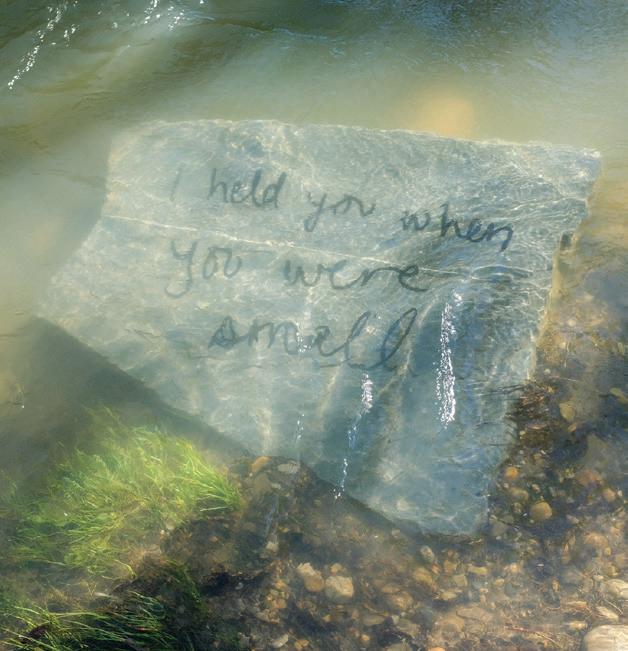
Ever-changing with the seasons, the island’s unique landscape is as wild as it gets in inner-city Calgary, and aspects like the artist-designed benches and the rock ford, stepping stones to cross the water, are meant for visitors to stumble upon at their own pace as they wander down the meandering dirt pathways.
According to Brown, they were careful to think about what the desires of the space were and how to amplify that connection between the space and the people who use it. “I think sometimes art can be a lens and you can use it to see the spaces around you more clearly,” says Brown. Learn more at wanderingisland.ca

Read more about the mental health benefits of art on pg. 36.
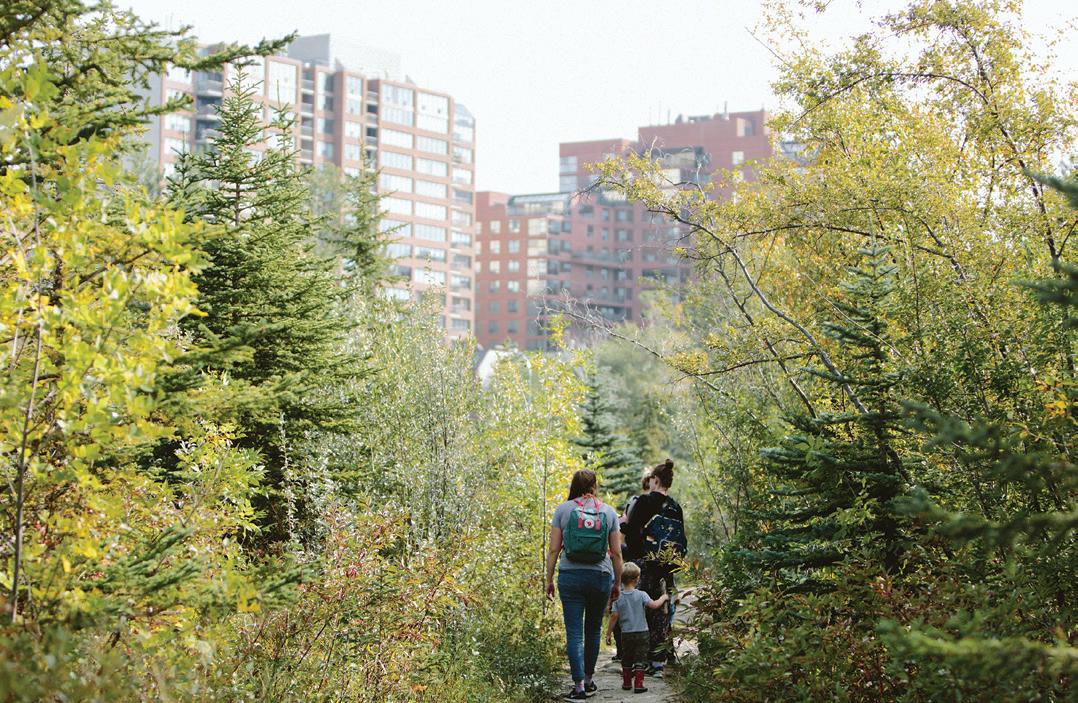
connectors
017
PHOTOGRAPHS: ALL
EXCEPT
STONE UNDERWATER IMAGE BY CAITLIND BROWN
INJECTING ARTS INTO THE ECONOMY
by Aaron Chatha
The creative economy is one of the fastest-growing economies in the world — accounting for nearly three per cent of overall GDP — and Calgary is no exception. As the city emerges from pandemic restrictions and shutdowns, here are just a few examples where, across industries, creatives are contributing to economic recovery and success.
FILM & TV
Calgary and Alberta have always had a strong relationship with filmmakers — blockbuster productions like Superman, The Revenant and the Fargo TV series were all filmed in the province. Now that productions are ramping up again with projects like Prey and the ongoing Heartland TV series, the industry is a boon to local economies.
Over the past year, Calgarians may have noticed overgrowth and burntout cars littering shut-down streets while crews filmed season one of HBO’s adaptation of the video game The Last of Us. It’s the largest series production in Canadian history and will bring in more than $200 million in revenue to Alberta.
According to Luke Azevedo, film commissioner and vice-president, Creative Industries, at Calgary Economic Development, Alberta generated about $560 million

Heartland
in direct economic impact from film projects in 2021, with the majority credited to Calgary and southern Alberta productions. This is more than double the last comparable year of 2017/18, which saw about $255 million.
Last year, the provincial government removed caps on tax credits for film and television productions, which can get even more credit by hiring
Albertans and spending money in the province. “We’re a competitive film location and are seeing the results of positive, film-friendly policy, including the Government of Alberta’s Film and Television Tax Credit, which incentivizes large projects like The Last of Us to choose Calgary and use our local goods, services and talent,” says Azevedo.
After a few years of operating at 60
Platform
PHOTOGRAPH:
JARED SYCH
018
to 70 per cent capacity, the Calgary Film Centre is now booked solid well into 2023, and the momentum is growing.

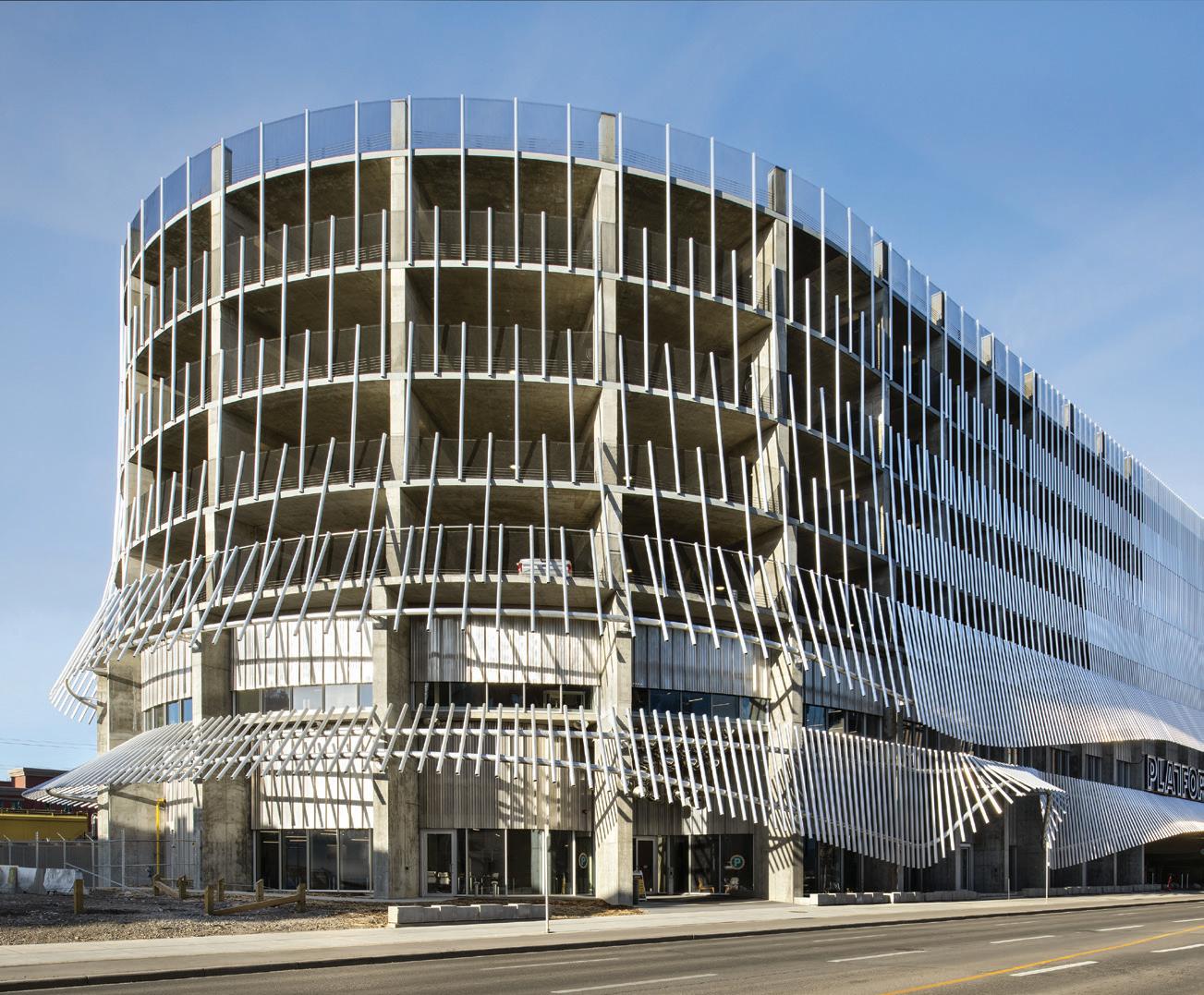
“As Canada’s fourth-largest filming jurisdiction, the award-winning work created here is gaining international acclaim,” says Azevedo. “The world-class crews and talent in front of and behind the camera, access to breathtaking landscapes, and a purpose-built film studio will continue to draw filmmakers near and far for years to come.”
TECH
Calgary’s technology sector is steadily becoming a new backbone of Alberta’s economy.
This year, Telus announced a $430-million investment in the city, along with a new local headquarters and a commitment to hiring more than 8,500 Albertans between now and 2026. IBM has announced plans for a new client-innovation centre in the city, and Alberta set a new quarterly record for venture funding, raising $268 million in the first quarter of 2022 — along with the launch of the massive Platform Innovation Centre facility on 9th Avenue S.E.
“Calgarians are known for our entrepreneurial spirit and our inventive approach to problem-solving,” says Terry Rock, CEO, Platform Calgary. “We are thinking big and applying our creativity and innovation to global
issues. There’s a momentum in the tech sector that’s really exciting.”
Calgary has more than 950 techfocused startups, and the number continues to grow at a rapid pace — including music startups with a technology focus. Last year, Platform Calgary partnered with the National Music Centre for the first Reverb New Music Tech Startup Accelerator. The music-focused projects included an online collaborative studio, innovations in audio processing and a live music delivery service called Curbside Concerts that brings live music to doorsteps in a safely distanced, COVID-19 restriction-friendly way.
Founded by Matt Masters and Amanda Burgener in 2020, Curbside Concerts now operates across the country with a roster of more than 100 musicians. In 2022, it received the #ForTheLoveOfLIVE Award from the Canadian Live Music Association. Being part of the Reverb Accelerator helped Curbside Concerts grow. “Our company outlook remains very positive after three straight years of growth,” says Masters. “By providing the customized delivery of live music to over 1,000 Canadian homes and businesses, Curbside Concerts foresees a future where technology and customer service combine to enable the delivery of more live music where and when the customer wants it.”
Platform Innovation Centre
MUSIC
This year, Calgary’s music scene returned to full form after a period of scaled-down events or cancellations due to pandemic restrictions. “We weren't sure what to expect after three years of pause,” says Maud Salvi, executive director of the Sled Island Music and Arts Festival. “We could tell people were hungry for live performances and very eager to be surrounded by friends and other music fans. The atmosphere was truly special.”
This year’s Sled Island festival saw more than 200 artists perform across 24 venues in Calgary. But, while Sled Island had saved money during the pandemic because it received grants and produced smaller events, the pandemic continued to create problems.
Nationwide shortages of rental vehicles made it expensive to provide ground transportation for artists, event insurance rates increased, and technicians were harder to come by as many sought a career change when opportunities dried up due to the pandemic.
Things are looking up, though. Salvi believes audiences are ready to return to venues and large-scale events. “With the appropriate support, I think the music industry can really be a strong economic driver for Alberta as we strive to diversify the economy, but we can't expect performing arts organizations
boosters
PHOTOGRAPHS: (TOP) DEPTIC PHOTOGRAPHY; (BOTTOM) PEJAY OWOR Platform Innovation Centre 019
boosters
Market Collective
to recover overnight,” she says.
Festivals like Sled Island generate money for local venues that host the shows and other businesses that benefit from the influx of people. They also provide exposure for local acts by including them in the lineup. A 2020 report by West Anthem, a musicfocused growth stimulator, found the music sector generated and supported more than 21,000 jobs in Alberta and, in 2017,
Sled Island Music Festival

accounted for $2.1 billion of the province’s GDP.
ART MARKETS
Calgary’s robust array of art and craft markets have traditionally been a platform for emerging makers and artists trying to reach audiences eager for locally made goods. Art markets allow creatives a way to directly sell to Calgarians, supporting many in the infancy or midlevel of their careers.
A 2018 report by the Department of Canadian Heritage found Indigenous and visible-minority artists had a difficult time getting recognition or achieving professional status in their work, and that art markets have become an important booster for these artists to get their projects in the public eye. Calgary’s Authentically Indigenous Market, founded in 2015 by sisters Melrene Saloy-EagleSpeaker and Autumn EagleSpeaker, showcases local,
Indigenous artisans. Despite a hiatus in 2020, the market has grown every year since it was founded.
The relative absence of art markets when pandemic restrictions were put in place was a major hurdle for creatives reaching prospective customers — but, luckily, art markets are returning with force. In 2021, after a two-year hiatus, Market Collective’s Holiday Market welcomed more than 150 vendors, including new artists, many of whom hadn’t participated in the event before. Attendees spent approximately $1.25 million over the three-day event, offering essential support to small artisans.
Calgary Night Market event coordinator, Jeannette Medrano, has seen a noticeable increase in local businesses taking part in outdoor markets — to the point where it’s been able to open permanent locations at The CORE and Chinook Centre malls called Shop MADE to showcase local vendors.
“The amount of community support has been overwhelming, and the recovery, I believe, will be back to its norm very shortly,” Medrano says.

PHOTOGRAPHS: (TOP) COURTESY TOURISM CALGARY; (BOTTOM) COURTESY
MARKET COLLECTIVE
020
A band performs at Central United Church.
























LIVING A CREATIVE LIFE
by Michaela Ream | illustrations by Laurel Dziuba
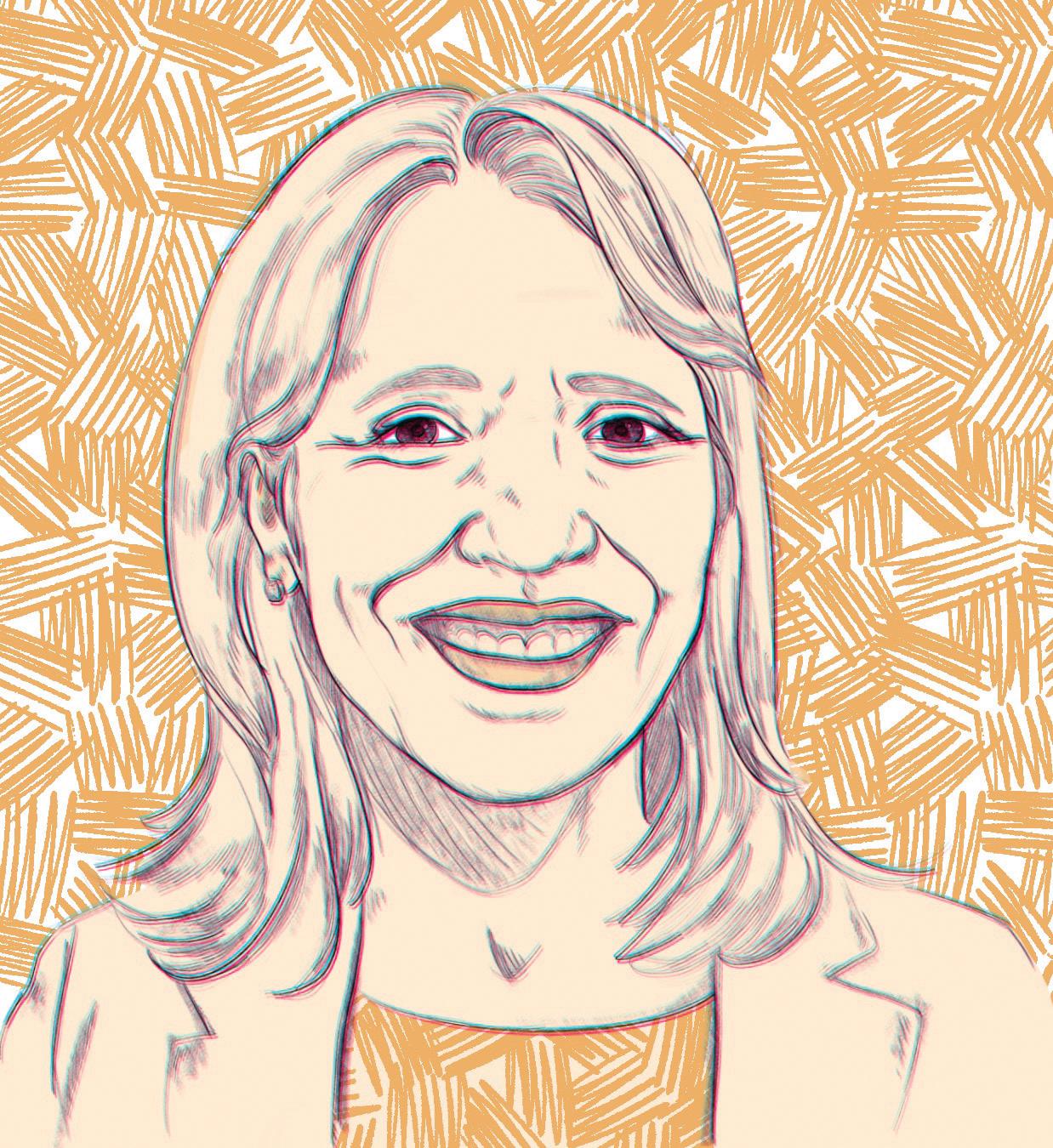
here, that’s when we see them take in whatever’s happening from a creative standpoint and see what makes [Calgary] wonderful and unique and alive.”
Nicole: “It’s really following your passion, and I think art comes from your own experience. So, when I make food, it’s my experience of life and what I’ve been doing for 30 years. It’s quite a creative process; it takes time, self-reflection and curiosity. Art is curious.
What Calgary art event/piece/happening/show, etc., do you most look forward to and why?
Andrew: “I’m always on the hunt for things happening in the city because [Calgary] has so many hustlers and movers and shakers who, as we reopen the world, are so filled with ideas that they want to put on and share. But, I always do a show at the Loose Moose Theatre, and, if there’s no show, I always go to a class.”
Nicole: “I love that Calgary has a lot of great galleries and artists. And it’s not just art as in physical pieces of art, but also music and ballet. Honens Festival is especially amazing. So, I follow all the things I love.”
What does it mean to you to live a creative life?
Andrew: “Living a creative life is doing something every day that is creatively stimulating, challenging, interesting and fun for me. Every day, I ask myself, ‘Is this something I want to do? Will this add to my creativity and my joy?’ That’s something that’s really moved me forward for the last decade.”
Cindy: “For me to live a creative life, it’s about seeing what that creative energy brings into the city. People come to our city for a specific reason, but once they’re
Cindy: “I like the random, street-side artist events; to me, that’s just fun. The last time the Junos were in town, we were able to hire artists who spontaneously got on the CTrain and just started playing. We were even able to bring Chinook Blast to life, creating a winter festival, which hired some 800 artists. So, to me, it is really fun to be able to have people who have really great talent be able to perform in unique places.”
What has or does surprise you about Calgary’s art scene?
Andrew: “I’m always impressed and positively surprised at how well we’re able to pivot. Through COVID, [artists went] online or did shows with smaller
We speak with Canadian actor, improviser and comedian Andrew Phung , chef and co-founder of Cluck ‘N’ Cleaver Nicole Gomes, and Tourism Calgary CEO Cindy Ady about what art and living a creative life means to them.
022
casts. There’s also a pivot in the art community of doing work around social justice, ensuring more equality and representation on our stages and elevating voices that haven’t always been heard. So, we’re always pivoting, and we’re always willing to go the extra mile.”
Cindy: “How diverse it is. I’ve always been amazed that we can have world-class ballet, opera, jazz, art and more. It’s a reflection of the people who live here that they bring world-class art to Calgary.”
Nicole: “That there is such a prominent art scene. People think we’re the underdog compared to Vancouver or Toronto because we’re a Prairie city, but Calgary is a lot more diversified than possibly the rest of Canada thinks. There’s a lot of creative young people [here], and it’s a very supportive community.”
discuss
What do you want other Canadians to know about Calgary’s art scene?
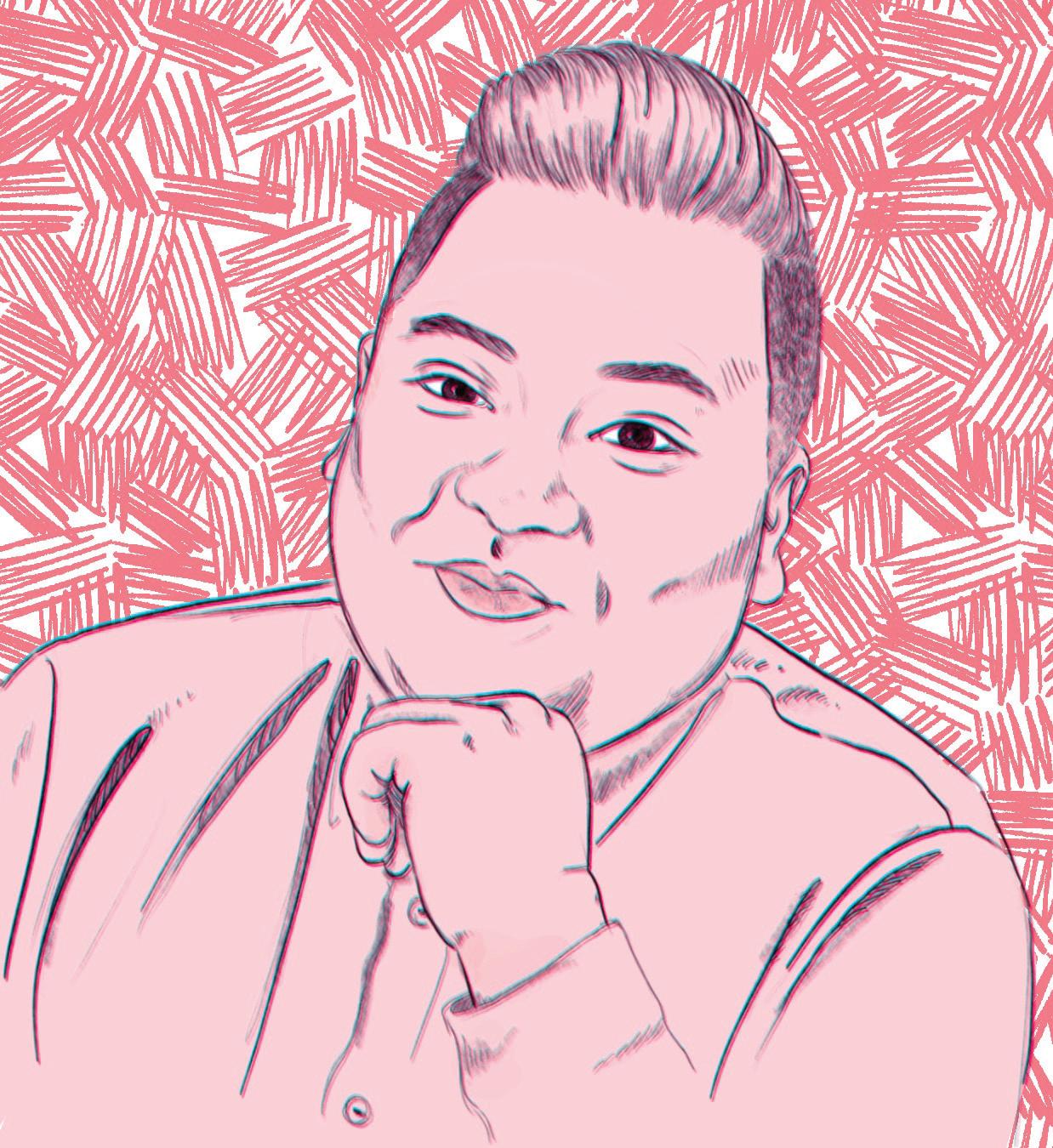
Andrew: “I want people to know how good we are, how first-class our theatre productions are, how first-class our artwork is and how our creators and creatives are doing such amazing work.”
Cindy: “I’m always stunned and surprised when people are unaware of how much is actually going on. We’re not New York, but we have a lot of highquality shows and different types of culture and art in Calgary, compared to the size of the city. In the summer, there are a lot of festivals going on one after another, and I’m in love with Chinook Blast because it happens at an unexpected time of the year.”
Nicole: “There are so many things about Alberta that are amazing. And it’s not just [visual] arts either; it’s culinary arts, visual arts, sculpture and music. It’s a lot more than people think.”
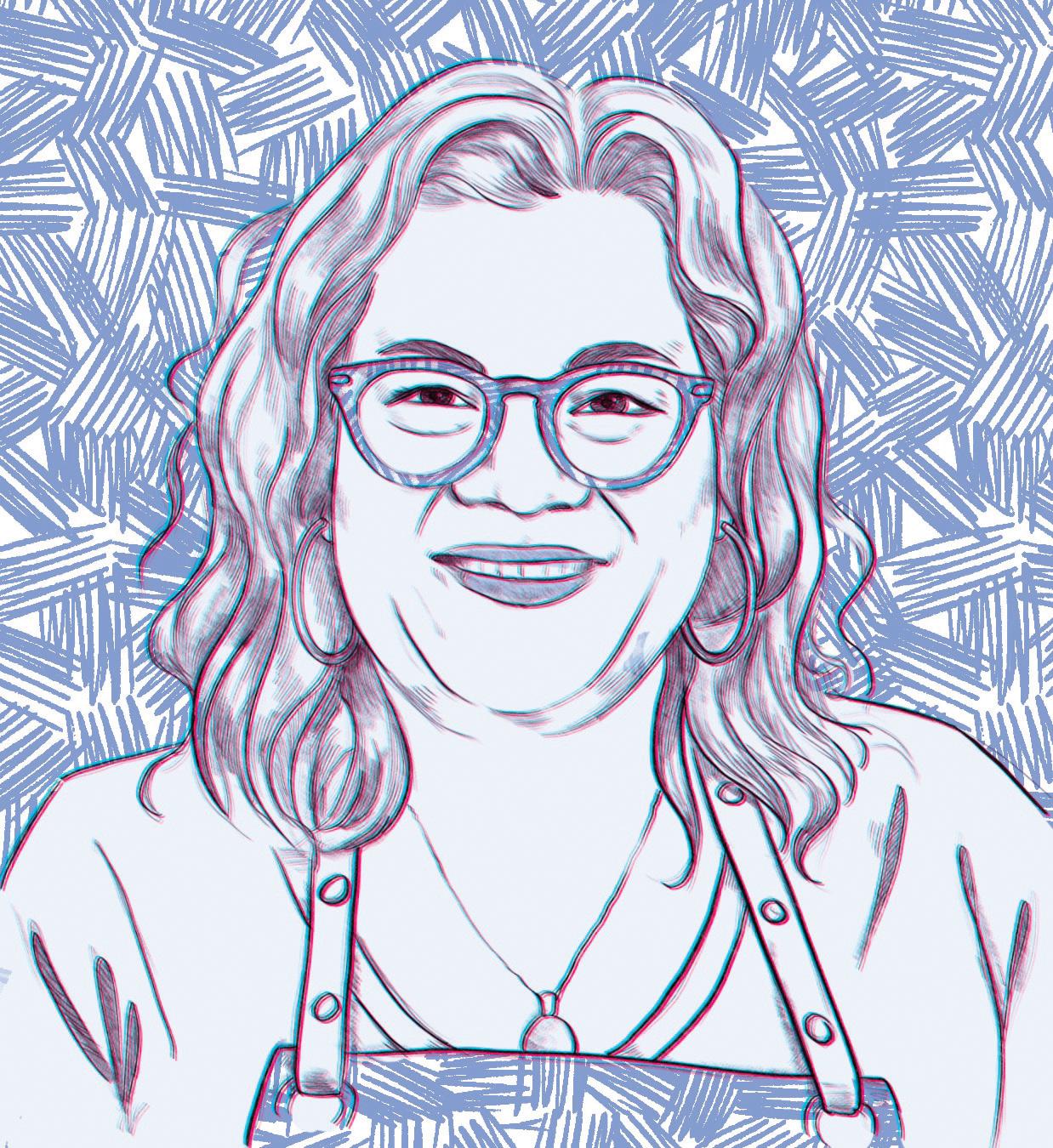
023
BY Kevin loring

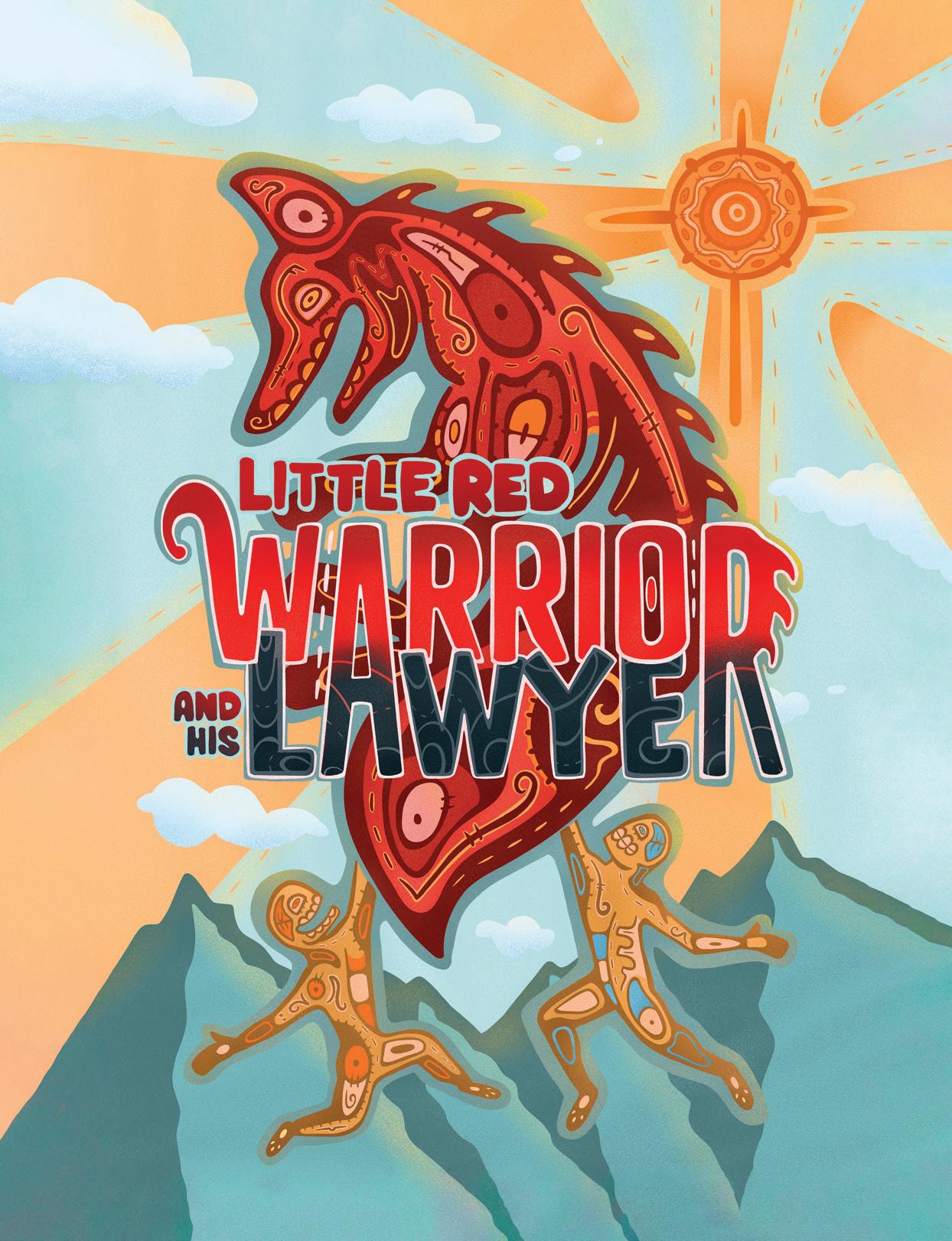

















 by mark sakamoto stage adaptation by HIRO KANAGAWA MUSIC & LYRICS BY JIMMY BUFFETT book by GREG GARCIA & MIKE O'MALLEY
by Kate hamill Adapted from the novel by LOUISA MAY ALCOTT
by mark sakamoto stage adaptation by HIRO KANAGAWA MUSIC & LYRICS BY JIMMY BUFFETT book by GREG GARCIA & MIKE O'MALLEY
by Kate hamill Adapted from the novel by LOUISA MAY ALCOTT
tickets now on sale theatrecalgary.com (403) 294-7447 let the island rhythm sweep you away laugh along with this biting and hilarious satireshare the delight, love, and spirit experience the power of forgiveness world premiere The Belfry Theatre in a joint production with Savage Society in association with NAC Indigenous Theatre present mar 7 - apr 1 Apr 18 - may 13 dec 7 - dec 31
jan 31 - feb 19 a joint production with the Arts Club Theatre Company A joint presentation with
Making Treaty
7
FOUR YEARS AGO, I embarked on a journey of growth and rediscovery. A chance as a colonized mixed-race Blackfoot person to get to know who I am culturally, historically and literally within the boundaries of my traditional territory. What does that mean? A traditional territory means my ethnocultural heritage walked, lived and was a part of the ecosystem here for millennia. My true cultural
inheritance is the land, and everything here has a story and name. There are places on traditional Blackfoot territory that hold significance, whether we remember where all those important places are or not. I want to help connect old names to old places. Exploration of the evidence of art and methods of making that are still on the land is part of my cultural connection.
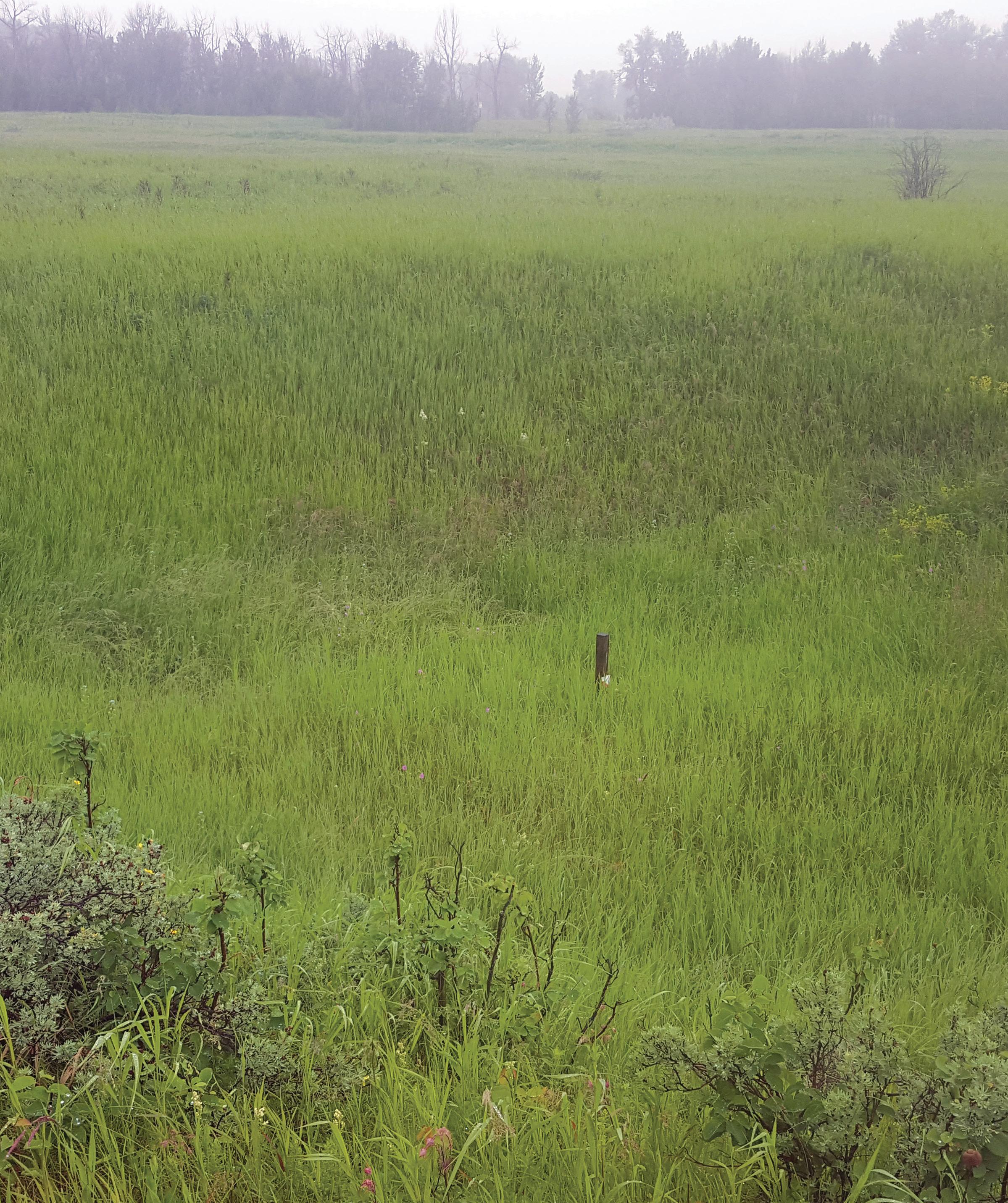 Artist Jared Tailfeathers shares insight into his latest five-part project, exploring significant historic sites on the traditional territory of the Blackfoot People. story and photos by Jared Tailfeathers
Artist Jared Tailfeathers shares insight into his latest five-part project, exploring significant historic sites on the traditional territory of the Blackfoot People. story and photos by Jared Tailfeathers
A QUEST FOR KNOWLEDGE
Many things inspired this quest for greater knowledge: personal experience of living as a biracial indigenous man who did not live on-reserve; managing an identity crisis; racism (the casual 1990s kind); intergenerational trauma; lateral violence; religious ideological clashes; and unlearning toxic behaviours and systems. Most heavily, my disconnection from the culture of my ancestors due to the forced constructs of the existing foreign occupation (Canada). Other reasons that pushed me forward were personal losses: my father, Dr. Darcy Tailfeathers, who tragically died in a car accident in 1987; and my sister, Tara, and my estranged grandpa, who died during the research of the project. To connect and reconnect with them — my greater family, culture and heritage, and things we’ve (I’ve) lost culturally — always goes back to land and our relationship with it. Not just how to live off the land and appreciate it, but the knowledge of how all the ecosystems manage themselves best, with our involvement and stewardship.
I focused this desire into a planned three-part project that, about halfway through, became a five-part project. I called this idea, Traditional Methods of Making: Dog Trail, named for my two dogs, Dot and Chucky. Before my project began, and throughout the process, I worked with community members from the various Treaty 7 First Nations. That included the Blackfoot Confederacy, the Îyârhe Nakoda (Stoney Nakoda) Nations, the Tsuut’ina Nation and the Métis Nation of Alberta Region 3, plus other First Nations and communities who live within Treaty territory. I wanted to learn about the communities and their relationships with each other and the land. Through my work, I have had access to books, videos, Elders, Ceremonialists, historians, community members, leaders and artists. Much of my focus over the last few years has been to put permanent art up in Calgary Public Library locations, plan other permanent installations and events, promote my peers and community members, and directly visit the Treaty Nation communities to help build relationships, learn protocols and receive knowledge. These building blocks of knowledge and
community informed the project idea and execution.
BACK TO THE LAND
To make and design something new based on something old, I needed to understand the logic of the system in which these traditional methods were developed and adapted; the trade routes and material/resources of the Blackfoot Confederacy before the 1800s and the post-1800 world. I wanted to understand the reasons for living in this specific territory, the landmarks, the plants/animals, the sciences, tools and arts of the Blackfoot People. I needed to take a hands-on approach.
The traditional territory of the Blackfoot, pre-1650, was from the Continental Divide or the eastern valleys of the Rocky Mountains south of Jasper, including names for stories, songs, learnings, paintings and structures, and international relationships connected to the Banff corridor. It went as far as Lake Louise, the Devil’s Thumb Mountain and into the valleys containing the Paint Pots in B.C. It included the important river passes and river roads and went south to the Big Belt Mountains in Montana. From there, it went east across the Yellowstone, Big and Little Big Horn, Tongue and Powder rivers, and then north past Grasslands National Park, Moose Jaw, Old Woman’s Lake, South and North Saskatchewan rivers, and every body of water. Every notable, useful and unique landmark, hill, cliff, hoodoo, glacial erratic rock, coulee and mountain under it were primarily Blackfoot use. It has been
There will be a finished work for every volume for Traditional Methods of Making: Dog Trail:
PART ONE (2019-2020):
A research journal of significant volume and four new musical instruments that are variations of two basic new musical instrument designs.
PART TWO (2020-2021):
Another volume of research and a full-length musical album about the journey, specifically as it connects to the land and important landmarks, recorded with my new instruments and all my other invented musical instruments.
PART THREE (2021-2022):
A research volume and make rock art in the traditional way at a significant place in Blackfoot territory.


PART FOUR (2022-2023):
A research volume and collaborative rock art with three other Blackfoot Confederacy artists.
FOR PART FIVE (2023-2024):
Publish my research book with all volumes, photos and a musical album.
026
(Clockwise from top left) Swift Current glyph stone; Writing-On-Stone glyph; The Gap at Napi’s Playground; Viking ribstones.
that way for no less than 1,500 years, and, as research in archaeology and correlating historic accounts keep growing, it goes back as far as 20,000 to 40,000 years.
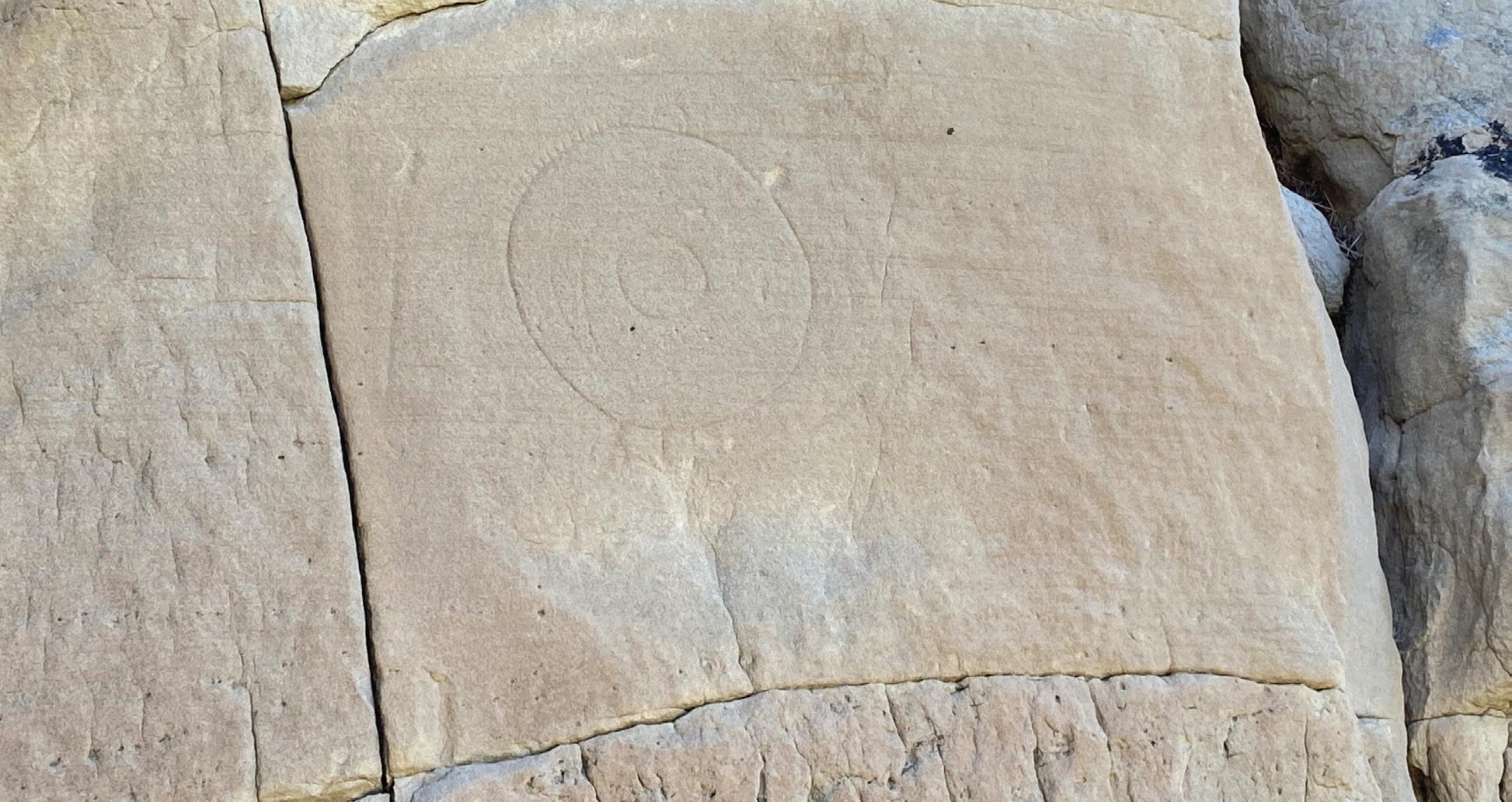
To start, I visited all the Treaty 7 Nation and Blackfoot Confederacy reserves in present-day Alberta (with plans to go to Amskapi PiikaniBlackfeet in 2022). I explored the culture and sites at information centres and museums and known history. I then expanded to everywhere that caught my eye as I drove near it. I looked at topographical maps and waterways using the things I found out through my various resources and research indicators of uniqueness, beauty, usefulness and natural grandeur that would make the location traditionally important.
Blackfoot (Siksikaitsitapi) are appreciators of the land, the powers and medicines of nature and the natural monuments the Creator has made for us. I quickly learned that all major colonial settlements are founded on important Indigenous sites. All the major roads, railways and passes were our original routes. Some of them are likely tens of thousands of years old. I’ve been to hundreds of obscure locations with thousands of documented photos, and I will visit hundreds more before I’m through. There is some speculation on my part for the unconfirmed locations, but, to me, that is the beauty of it. So far, I have been about 85-to-90-per cent successful in confirming these places through Elders, historians, museum researchers, government officials and archaeologists.
Artist Profile
Jared TailfeathersSikomh Kokomii (Calling Crane) is a Blood/Kainai Blackfoot and Caucasian multidisciplinary artist, musician/sound artist (music teacher), Blackfoot/Treaty 7 art researcher/amateur historian, author and inventor. He works in various media, arts and culture groups, collectives, committees and galleries. His work is often narrative-based, DIY and multimedia, with hints of traditional methods of making and interactive installations.
CHOOSING TO LISTEN
Going to these places has helped me feel a sense of urgency to protect the unlisted locations; many have been stumbled upon by disrespectful people and
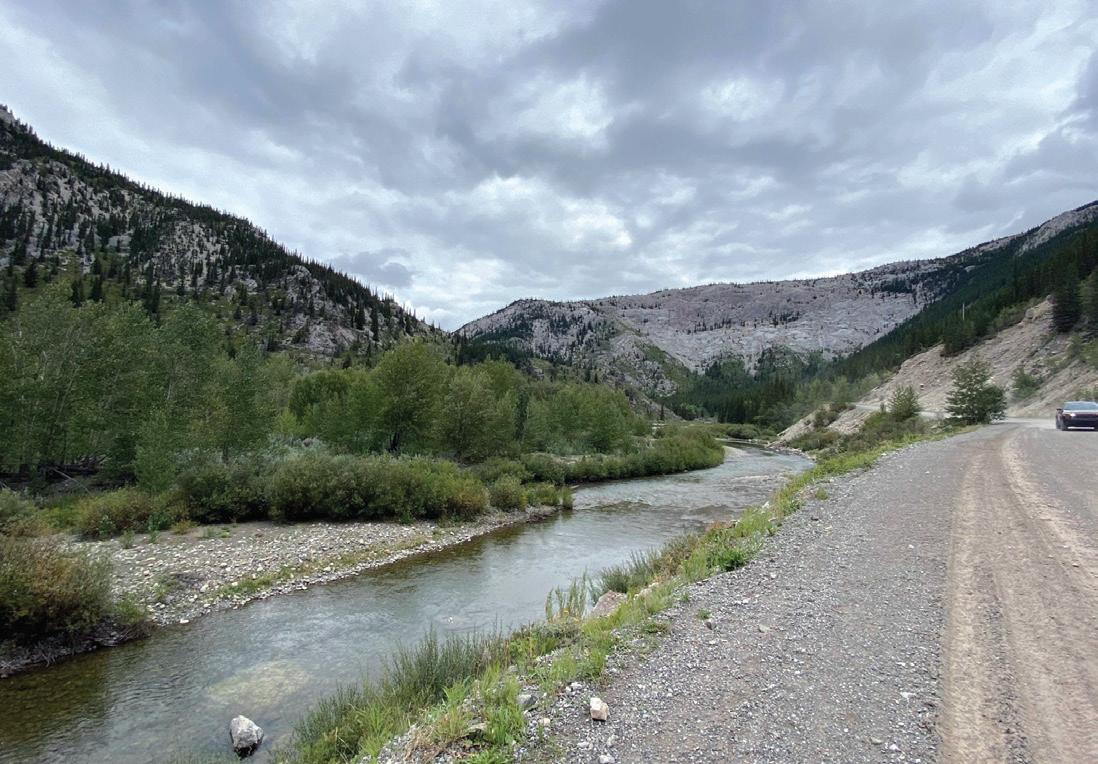
have been damaged beyond repair. We need to protect them and acknowledge that “Old Indian Legends” or creation stories aren’t just folklore and myth, but accounts of actual events at actual places. Many of these locations go unprotected and unacknowledged. Per our Treaty agreements, we should have access to these sites without fear of government or current-landowner reprisal. This needs to happen through civil and respectful communication with the current land occupants to educate and befriend them as we reconnect with our sacred spaces. There can be learning and appreciation on all sides and with all members of our Treaty 7 communities, who can regain their own relationships with these thousands-of-years-old cultural locations.
The more we bring our Knowledge Keepers who hold the stories of these places and their descriptions to those physical sites and share that knowledge, the quicker our reconnection to the land will be. There are unknown petroglyphs and pictographs yet to be confirmed; the art and language of history are there to show us more. This is exciting and satisfying, a glimpse into the territory before colonialism. Our places still speak to us; we just need to listen.
027
TOP ELEVEN PLACES YOU CAN VISIT WITHOUT PERMISSION:
DINOSAUR PROVINCIAL PARK, ALTA.
A glyph stone with cuplets (cup-shaped carvings for fluid collection) and roads etched into it lies atop the grassland near this site.
GRASSI LAKES, ALTA.
At the top of the lakes are paintings and a painted cave.
GRASSLANDS PROVINCIAL PARK, SASK.
There are rock cairns, tipi rings, markers and possible effigies on the tops of the hills.
Nearly a year after 1876’s Battle of Little Bighorn, the Lakota Sioux, with Sitting Bull, crossed the border to seek refuge with their allies, the Blackfoot, in their territory for safe hunting and co-hunting lands. They met and made treaty together and traded the big drum, certain songs, dances, regalia and ceremonies.
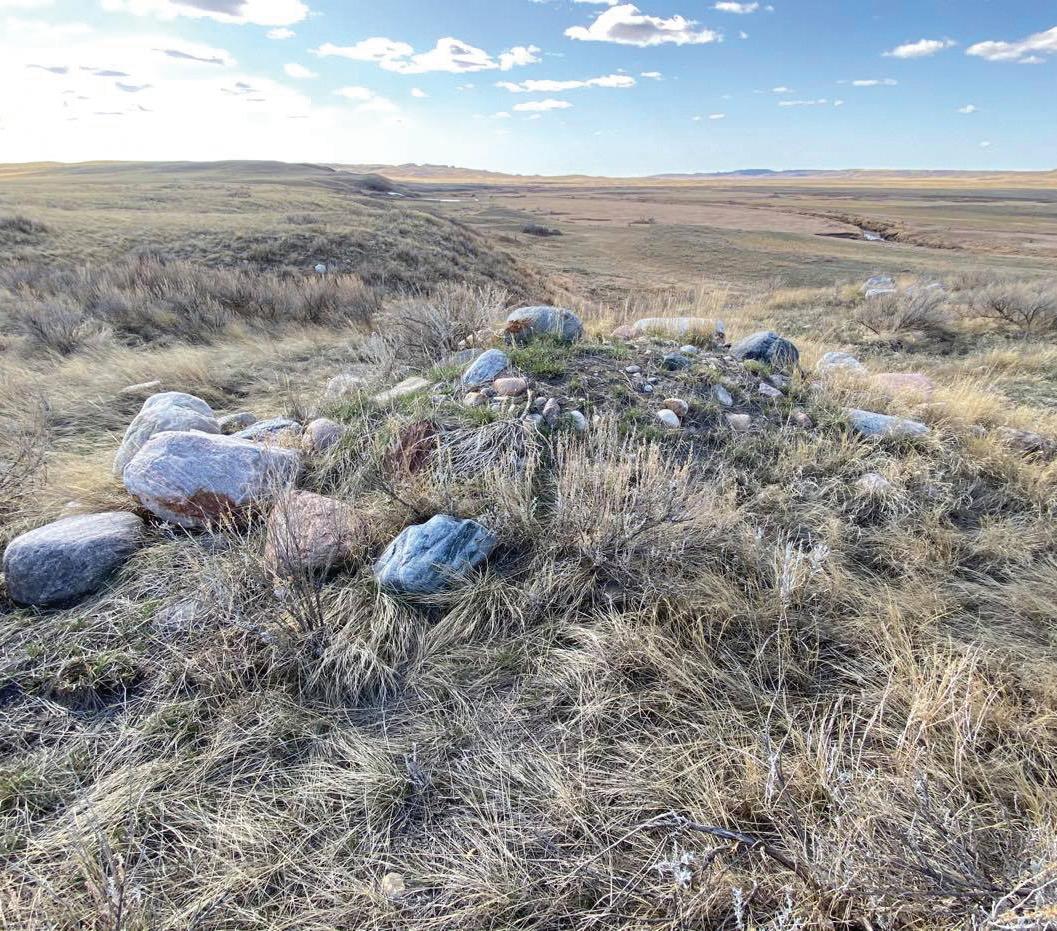
GROTTO CANYON, ALTA. Several locations throughout this canyon have paintings.

HIGHWOOD PASS, ALTA.
Still well-used by the Eden Valley community for ceremony. The paintings on this trail and pass were damaged in the 2013 floods.
OLD WOMEN’S BUFFALO JUMP, ALTA.
Just off Highway 540, there is a cave with a painting and tool-sharpening notches.
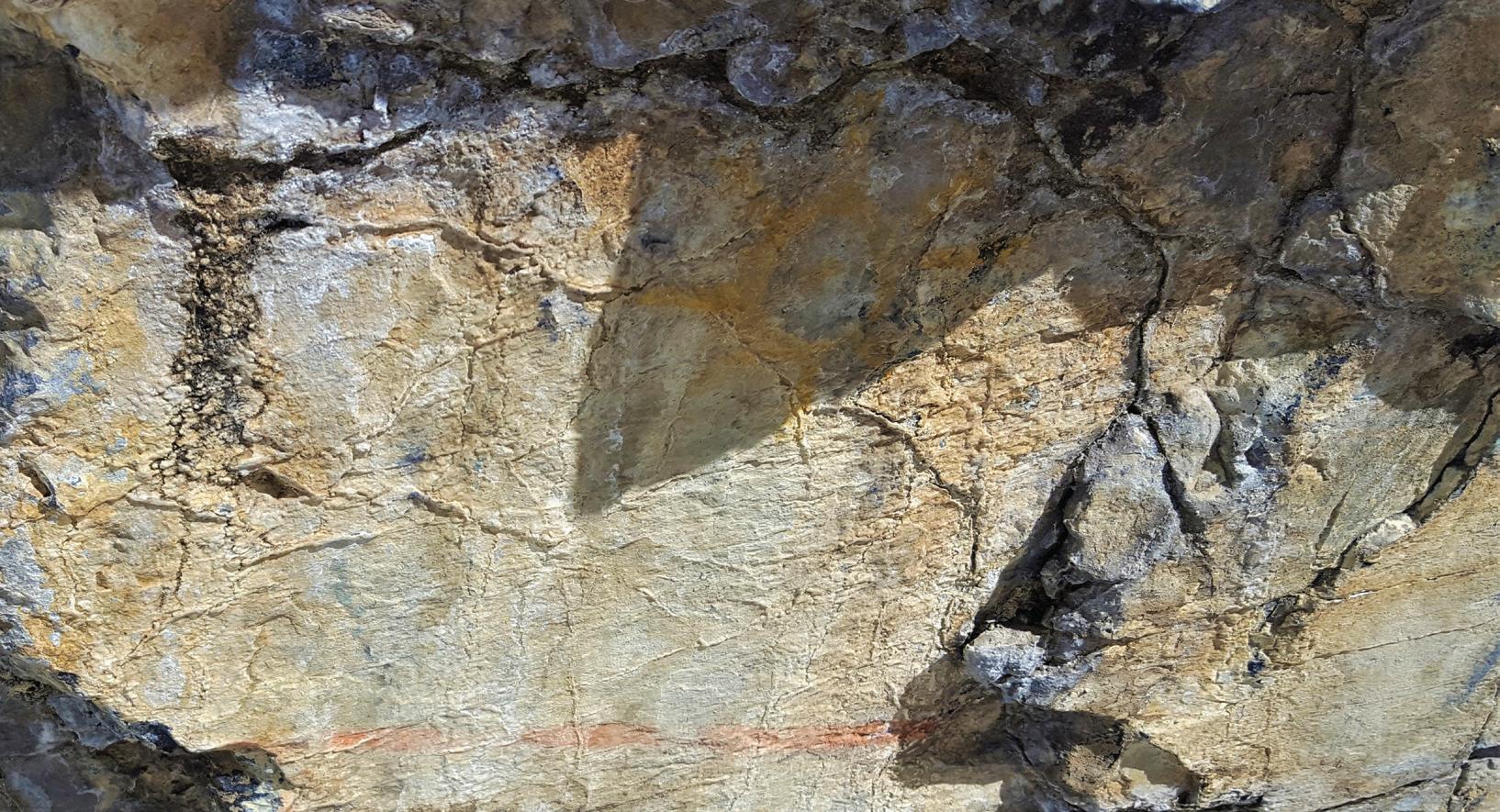
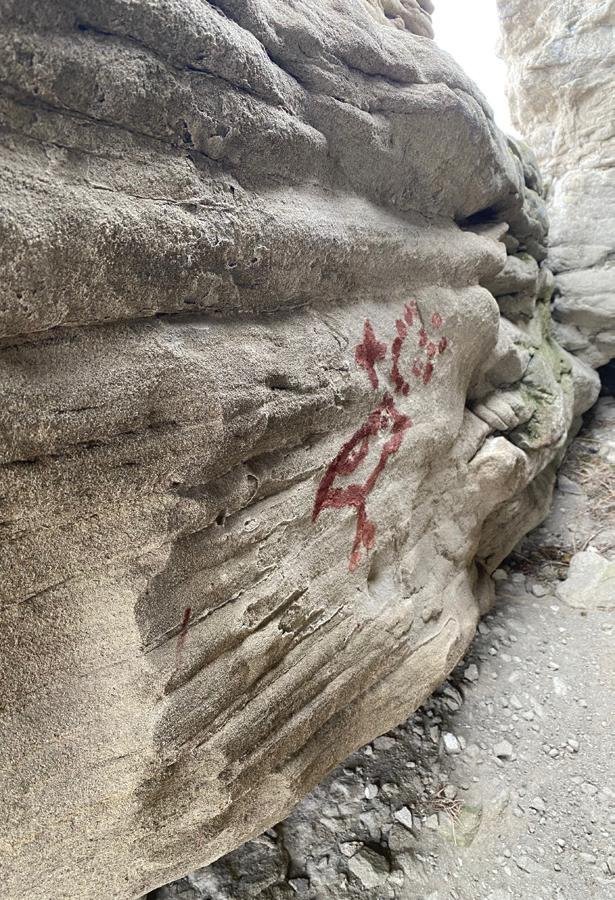
028
NAPI’S PLAYGROUND, ALTA.
This single line of mountains sits alone between the high Porcupine Hills. It is a place of magic that holds two intact eagle-catching traps and the rock markers for a game the Blackfoot and Kootenay learned to play to bet on the seasonal hunting rights of the mountain valleys. This place is of such great importance that it is referenced in the traditional Napi Creation story of the territory. “Across the mountains lived another supernatural person, Mountain Man (a reference to the Kootenay People), who had created objects there. The two met on the upper waters of the Oldman River, where they started playing the wheel and arrow game and betting on the outcome. They wagered over who would control the east-west mountain ranges. Napi lost, and Mountain Man took all the mountains out of the Prairies, except those at the far eastern end. Another supernatural figure came down from the north and began to gamble with them (probably Dene from Jasper; it could be the Nakoda, but they usually weren’t included in the stories because they arrived here in the 1700s). Mountain Man bet some of his mountains. The Northern Man won and took the mountains and placed them in the north.”
OKOTOKS ERRATIC, ALTA.
There are several different painting sites on the largest glacial erratic in the world. It left a trail of big erratics that have art on them, as well.

SUNDIAL HILL, ALTA.
Located about an hour from Lethbridge, there is a massive cairn, as well as other rock combos all along the hill for several kilometres. Very similar to the Majorville cairn and medicine wheel in size, presentation and geography.
VIKING, ALTA.
Near Viking on the highest hill in the area sits a cairn that still receives visits and offerings from the plains nations of Treaty 6 and 7.
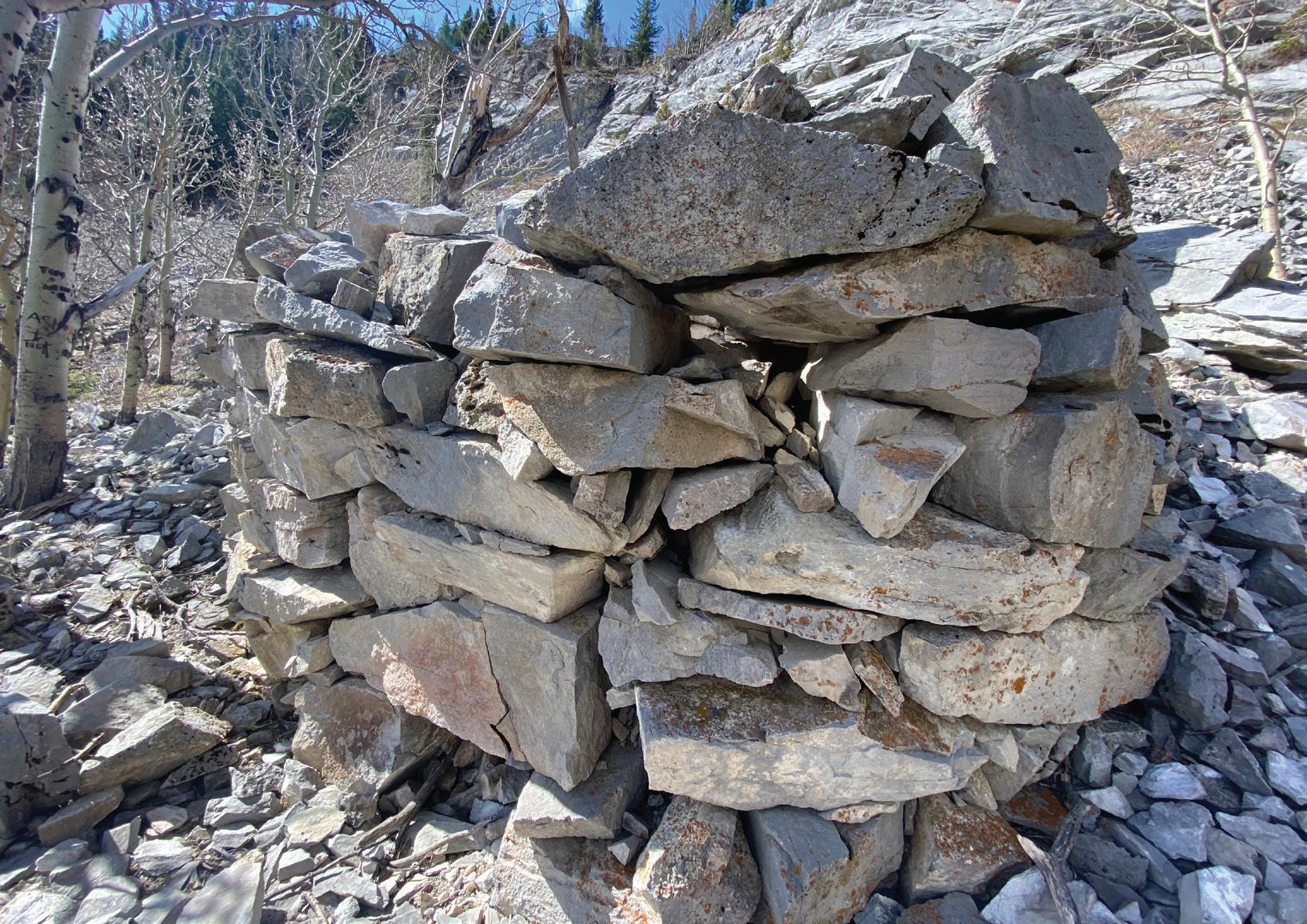
WRITING-ON-STONE
PROVINCIAL PARK, ALTA.
The holiest of holies for the Blackfoot, the terrain is magical, and the amount of rock art and teachings is so vast that thousands have been found, with new ones discovered all the time. I have visited this place once a year since starting my research, and I have found, personally or through guidance from the Elders, at least one new pictograph each visit that I’ve never seen before. This past summer, I learned from Elder Saa'kokoto at Writing-on-Stone (Áísínai’pi), and this question came up: “How come the Nations aren’t adding art to these cliffs anymore (the last one was in 1924)?” He answered: “Only the most important teachings and stories can be put upon these rocks. Not just anyone can come here and do it, even if they are society members. There are years of protocol, learnings and practice before you can use the paint in ceremony and on the earth. The Elders say the time hasn’t come for new drawings at Áísínai’pi, but it will someday.”
029
by Katherine Ylitalo
The history of the City of Calgary’s involvement with public art reveals a complex and often fragile cultural ecosystem affected by political climate and cycles of boom and bust. Yet, the art that lives in our public space continues to shape our shared experience of urban life in relevant and sometimes surprising ways.
In 2021, the city selected Calgary Arts Development Authority (CADA) to lead a new public art program in Calgary. Under CADA, municipal support for public art will take a new direction, transitioning from the Public Art Program and building on a legacy that spans more than 100 years.
BEGINNINGS
The death of a homeless man prompted the first commission for a monument by the City of Calgary in 1911. The man was identified as a veteran of the South African War and had served with Lord Strathcona’s Horse Battalion. When western Canadian soldiers returned from South Africa in 1902 to a community with little understanding of their experience, many struggled with unemployment, social isolation and mental illness. The man’s comrades were determined to give him a proper burial, and, when the deceased’s family reimbursed them, they redirected the funds toward a bronze memorial to the bravery of individual soldiers by renowned French Canadian sculptor Louis-Philippe Hébert. The city drew up the commission, and Calgarians donated the rest. Thousands came to the 1914 unveiling ceremony of the 35-foot-high equestrian statue in Central Memorial Park.
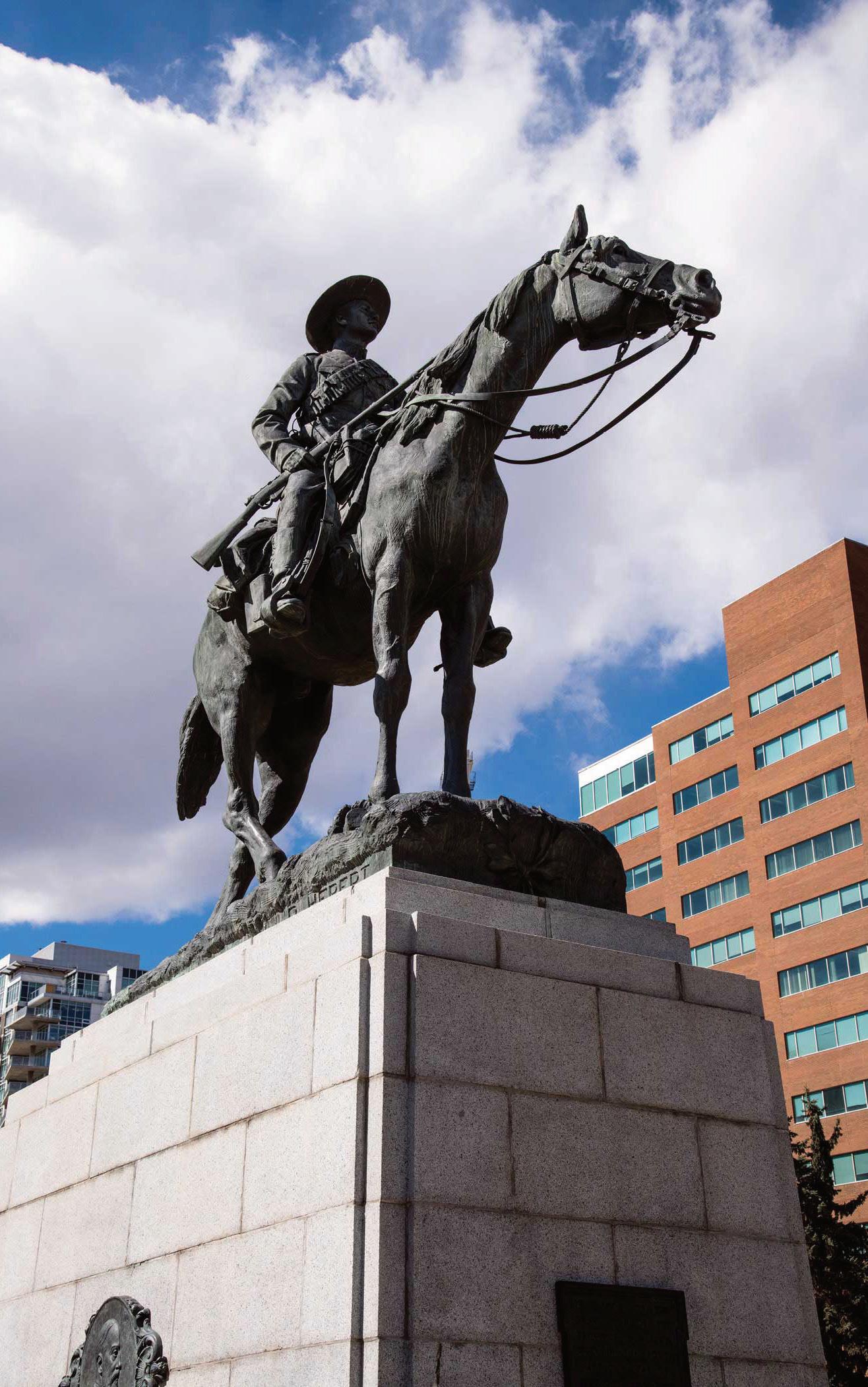
030 PHOTOGRAPH: JARED SYCH
THE SHAPE OF THE CITY The history and evolution of public art in Calgary.
Boer War Memorial by Louis-Philippe Hébert
AN EVOLVING COLLECTION
The South African War Memorial, now called the Boer War Memorial, was the first of many artworks now held in the public trust by the city. The historic roots of Calgary’s collection go back more than 100 years, with challenges along the way. The Calgary Art Association (1911-1914) supported the dream of a civic art gallery included in the Mawson Plan Created by urban planner and architect Thomas Mawson, the Mawson Plan envisioned Calgary as a Euro-style city with curved streets and a boardwalk. But, by the time the grand plan was published in 1914, city coffers were depleted, war was imminent, city council opted for practicality and the opportunity was lost. The Calgary Public Museum had an art collection, but, when it closed during the Great Depression, the collection moved first to the public library, then to Coste House. From 1946 through 1959, Archie Key managed the legendary Calgary
Allied Arts Centre at Coste House, a mid-century hub of arts activity unlike any other in Western Canada.
When it required a larger location in 1960, the Calgary Allied Arts Foundation (CAAF) formed, able to purchase property and own the collection.
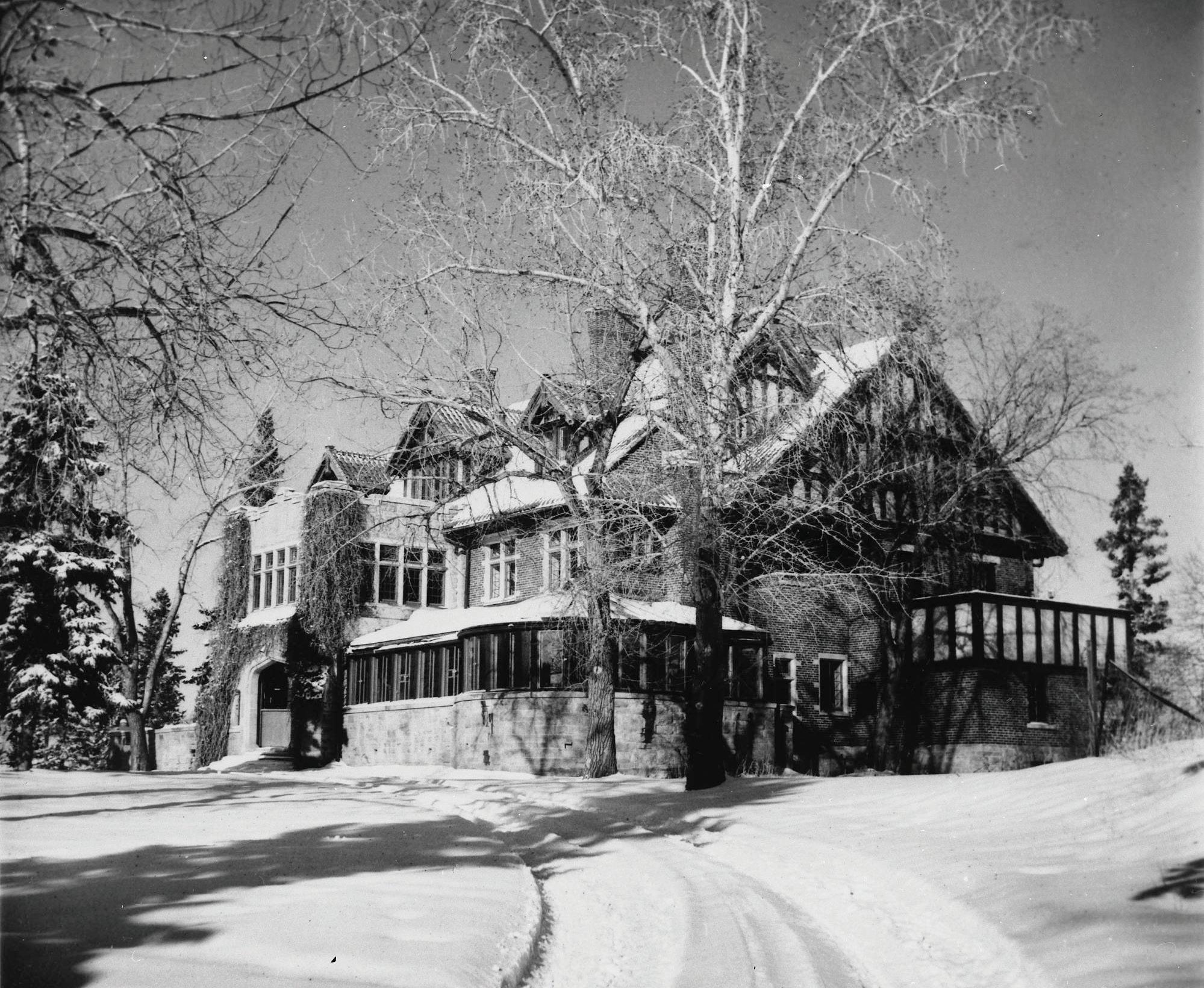
Unfortunately, the enterprise closed in 1969 because of financial difficulties, and the Riveredge Foundation acquired the land and assets. In 1970, CAAF rallied and started growing
a new collection to represent the history of art in this region and support public art programs.
In 1994, CAAF signed a new operating agreement with the city to oversee the management of a broader collection, including all of the city’s public art. The art was consolidated under the umbrella of the Civic Art Collection.
Today, the Civic Art Collection is incorporated in the Public Art Collection, which contains over 1,300 works of art, including paintings, drawings, prints,
sculpture, glass, textiles, photographs, mixed-media works and installations. The work can be seen in downtown offices, civic public spaces, Plus-15s, libraries, Arts Commons, Bow Valley College and Mount Royal University, as well as Gallery 505, which is run by CAAF volunteers. Bus shelters along the MAX rapid transit lines also feature light-box reproductions of works from the collection. Waiting for a bus includes a review of Calgary’s own art history with images of the paintings of the Kainai people by Gerald Tailfeathers, abstract paintings by Marion Nicoll, the landscape work of Illingworth Kerr and more.
THE PUBLIC ART PROGRAM
The City of Calgary launched the Public Art Program in 2004, based on a one per cent for art funding model that tied money for new public art to the budgets of the city’s various departments for major infrastructure projects. The federal government had introduced a one per cent model in 1964 and provinces and municipalities followed suit. By 2012, a banner year for Calgary’s public art, the program was admired for its leadership and achievements by municipalities across Canada and the United States at the Association for Public Art annual conference.
THE HISTORY OF PUBLIC ART IN CALGARY
1911
The City of Calgary commissions Louis Phillipe Hébert to create the South African War Memorial (unveiled, 1914).
1911-1914
Lydia W. Roland Winter founds The Calgary Art Association with aspirations for a civic art gallery.
1927
The Provincial Institute of Technology and Art offers fulltime art classes, the beginnings of the Alberta College of Art, later called the Alberta College of Art and Design, and now Alberta University of the Arts.
031PHOTOGRAPH: ALISON JACKSON
Coste House
(Left) Medicine Man by Gerald Tailfeathers; (right) Prongbuck Does by Illingworth Kerr.
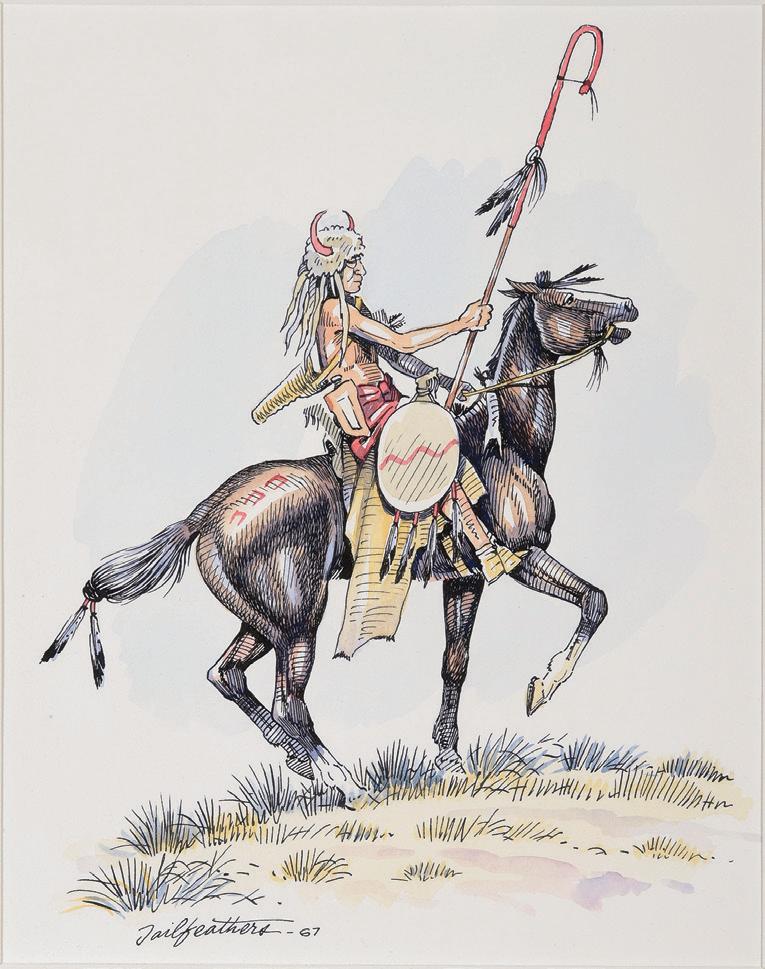
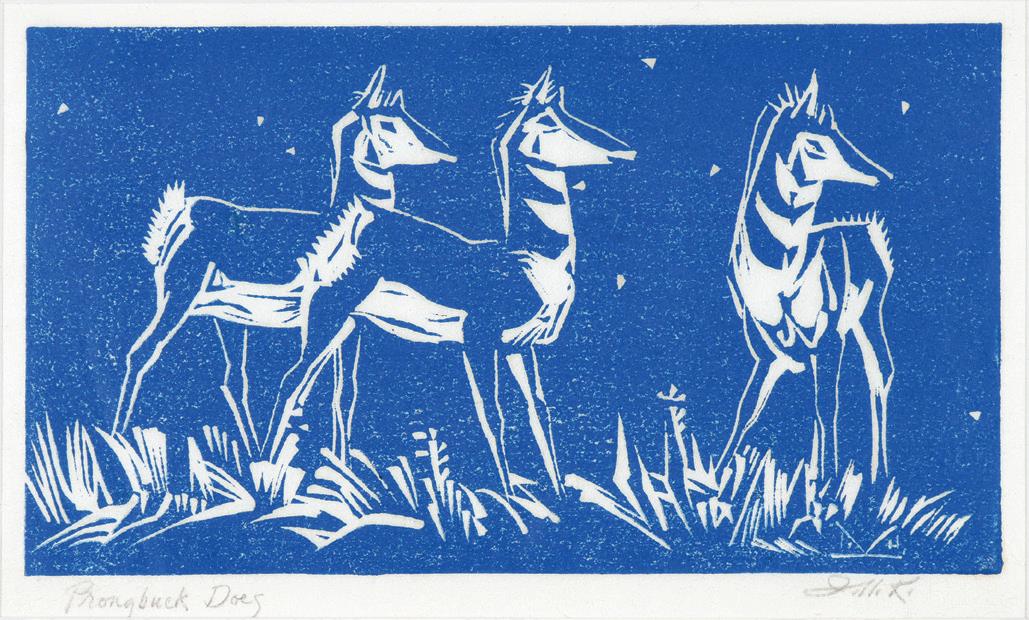
Between 2004 and 2021, the program created over 50 permanent works of art and 100 temporary works. Event-based art, such as the Celebration of the Bow River 2010, and relatively short-lived installations like River Signs by the collective Broken City Lab, were high points in the temporary works instigated by the Public Art Program.
At the program's start, artwork was linked to specific departmental projects. Budgets varied, as did the understanding of the potential of public art.
Early successes were straightforward projects, such as the concrete embellishments on underpasses (for example, Violet Costello’s Jumping Trout aside Glenmore Trail) or artist-designed banners on bridges (such as banners by DaveandJenn to celebrate Calgary Parks’ 100th anniversary).
The success of public art competitions starts with the quality of the call for submissions. What is the vision, what are the project requirements and what qualifications are necessary?
At the onset of the Public Art Program, some calls weren’t as well-considered as others, resulting in some projects that seemed awkward, oddly placed, out of sync with Calgary’s culture or limited by low budgets. Plus,
THE HISTORY OF PUBLIC ART IN CALGARY

1935 -1937
The Natural History Park at the Calgary Zoo commissions John Kanerva to construct over 40 prehistoric creatures, including Dinny the Dinosaur.

the original roster of pre-qualified applicants was limited and didn’t include many Canadian artists.
The program evolved quickly. A more flexible funding model was introduced; departments received good guidance from the public art staff; administration staff for the program were highly professional; support systems were made available to artists, and sound processes were put in place for community consultation and engagement. In 2012, the first climate-controlled facility for the care and storage of the art collection was designed and constructed.
INNOVATIVE PROJECTS
Utilities and Environmental Protection was one of the city departments that took a forward-
thinking approach to public art and city projects. It initiated the collaborative program, WATERSHED+. The department developed multidisciplinary public art projects in tandem with planning, engineering and education. Of its many innovative projects, two extraordinary ones are at the heart of recently developed parks.
American sculptor Beverly Pepper designed Hawk Hill Calgary Sentinels toward the end of her career. Pepper was the most acclaimed female pioneer of modernist steel sculpture in the 20th century. Three steel monoliths stand on top of a landform planted with native vegetation at Ralph Klein Environmental Education Centre and Legacy Park (Shepard Wetlands Stormwater Diversion Project). If seen from above, the hill resembles the form of a hawk with folded wings, creating a small natural amphitheatre. Pepper came to see the completed work in 2013 and was happily surprised to find the lone steel structure at the lookout can sound musical when the wind blows.
Sans façon (Tristan Surtees and Charles Blanc) began working with WATERSHED+ in 2008 and
1960s
1946 Calgary Allied Arts Council forms.
1954
What is now the Glenbow Museum is founded by Eric Harvie.
Katie Ohe begins her remarkable career as an artist and beloved teacher. One of her works, Day and Night (a.k.a. Cracked Pot Foundations), can be viewed in Prince’s Island Park.
032
PHOTOGRAPHS: (LEFT) MEDICINE MAN ON HORSEBACK BY GERALD TAILFEATHERS, 1967. THE CITY OF CALGARY PUBLIC ART COLLECTION.
PHOTOGRAPH COURTESY THE CITY OF CALGARY. (RIGHT) PRONGHORN DOES BY ILLINGWORTH KERR, NO DATE. THE CITY OF CALGARY PUBLIC ART COLLECTION. PHOTOGRAPH COURTESY THE CITY OF CALGARY.
PHOTOGRAPHS:
(LEFT)
CITY OF CALGARY, CORPORATE RECORDS, ARCHIVES
CAIA CR92-032-218-214877. (RIGHT) DAY AND NIGHT BY KATIE OHE, 1964-65. THE CITY OF CALGARY
PUBLIC ART COLLECTION.
PHOTOGRAPH
COURTESY THE CITY
OF
CALGARY.
were selected as lead artists on the program in 2011. Their approach to addressing social systems as part of their work was key to the success of Dale Hodges Park, a model project that became more than the sum of its parts. The city needed to reclaim a gravel pit and mitigate stormwater surges. Sans façon facilitated collaboration between

water, parks and public art departments, contract designers, engineers and landscapers.
The result: a multi-use park and extensive stormwater treatment system that offers the curious visitor a deeper understanding of the relationship between nature and urban life.
In 2017, public art program staff began work with
Indigenous artists to form the Moh’kinsstis Public Art Guiding Circle. The Circle is in response to the Truth and Reconciliation Commission of Canada: Calls to Action in 2015, and the City of Calgary’s White Goose Flying Report, a local adaptation of the commission. That same year, Jessie Ray Short, the first Public Art Program Indigenous curator, showcased the work of two young Calgary-based artists in the window space of the 7th Ave CTrain platform, Jade Nasogaluak Carpenter (Kablusiak) and Tamara Lee-Anne Cardinal. Current Indigenous public art initiatives include The Land is Home project at the Inglewood Bird Sanctuary, featuring art from Blackfoot, Tsuut’ina and Stoney Nakoda artists.
BRINGING CULTURE TO CALGARY
Unsolicited art has also arrived via donation over the years, often from businesses and individuals interested in bringing culture to Calgary. For example, the developer of the Pacific Petroleum Building and Calgary Place donated the Brotherhood of Mankind (a.k.a. The Family of Man). He picked it up at auction when Expo ’67 was dismantled
in Montreal. Designed by Catalan artist Mario Armengol, the stretched aluminum figures were originally displayed at Expo’s British Pavilion. The eventual public acceptance of the nude statues was viewed as a sign Calgary had come of age as a modern, open-minded city. The silhouette became the logo of the Calgary Board of Education (CBE), displayed on children’s report cards across the city. When CBE moved its headquarters, the Public Art Program became the stewards of Brotherhood of Mankind. The abstract figures donned yarn bomb outfits courtesy of Suzen Green in The Come from Away, her tribute to Newfoundland mummers during the 2011 Artcity Festival. Thanks to a professional wax treatment this summer, its original shine is back.

FROM DINNY TO PROMENADE
The Public Art Program also inherits art from civic partners. Dinny the Dinosaur, the only survivor of John Kanerva’s 1930s troupe of dinosaur sculptures from the Calgary Zoo’s first Dinosaur Park, just received an exterior makeover by the professional conservators
1968
1977
The Muttart Public Art Gallery moves into the Memorial Park Library. It’s later known as the Art Gallery of Calgary, then Contemporary Calgary.
1993-94
The City of Calgary and CAAF create an operating agreement, and artwork across City of Calgary departments is consolidated under the umbrella of the Civic Art Collection.
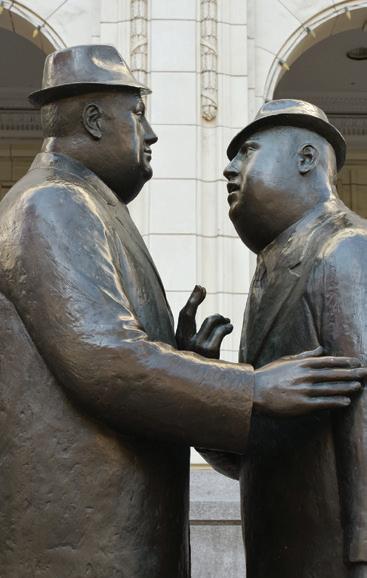
033 PHOTOGRAPH: COURTESY CITY OF CALGARY
Dedication ceremony of Brotherhood of Mankind (1967) by Mario Armengol.
1981 Conversation by William Hodd McElcheran is donated by Norcen Energy to the City of Calgary for its specific location outside the Hudson Bay store on Stephen Ave.
Hawk Hill Calgary Sentinels by Beverly Pepper
PHOTOGRAPHS:
(LEFT)
BROTHERHOOD OF MANKIND BY MARIO ARMENGOL, 1967. THE CITY OF CALGARY PUBLIC ART COLLECTION. PHOTOGRAPH COURTESY THE CITY OF CALGARY.;
(RIGHT) COURTESY THE CITY OF
CALGARY
THE HISTORY OF PUBLIC ART IN CALGARY
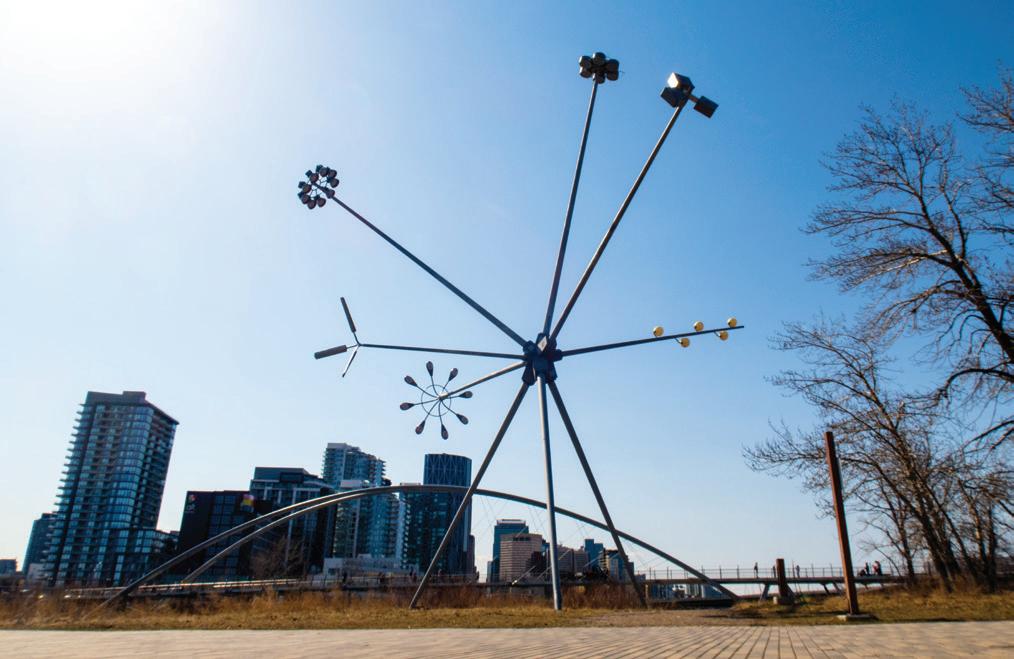

2010 - present
2004 - 2021 City of Calgary Public Art Policy and Program begins.
Utility Box Public Art Program with City of Calgary Roads begins.
2021
CADA becomes the future steward and operator of the Public Art Program and begins a three-year transition period.
2012
Calgary is named Cultural Capital of Canada.
2012
Santiago Calatrava’s Peace Bridge opens (construction started in 2010).
2012
Climate-controlled facility is designed and constructed for the care and storage of the City of Calgary collection.
2012 Wonderland by Jaume Plensa, stainless steel, commissioned by Encana in a joint project with Cenovus to be placed outside of The Bow Tower. It is now one of the most photographed privately funded pieces of public art.

2013
Travelling Light by Inges Idee, a.k.a. “the blue ring,” receives criticism in the press.
2015
Bloom by Michel de Broin, consisting of steel light standards, is commissioned by CMLC for St. Patrick’s Island.
2017
2020
Contemporary Calgary launches its first major exhibit in the former Centennial Planetarium/Calgary Science Centre space.
2019
Dale Hodges Park opens, a collaboration project led by the City of Calgary’s WATERSHED+ program.
Triassic Towers (Bowfort Towers) by Del Geist, located by an interchange on the Trans-Canada Highway, is not completed in response to negative publicity.
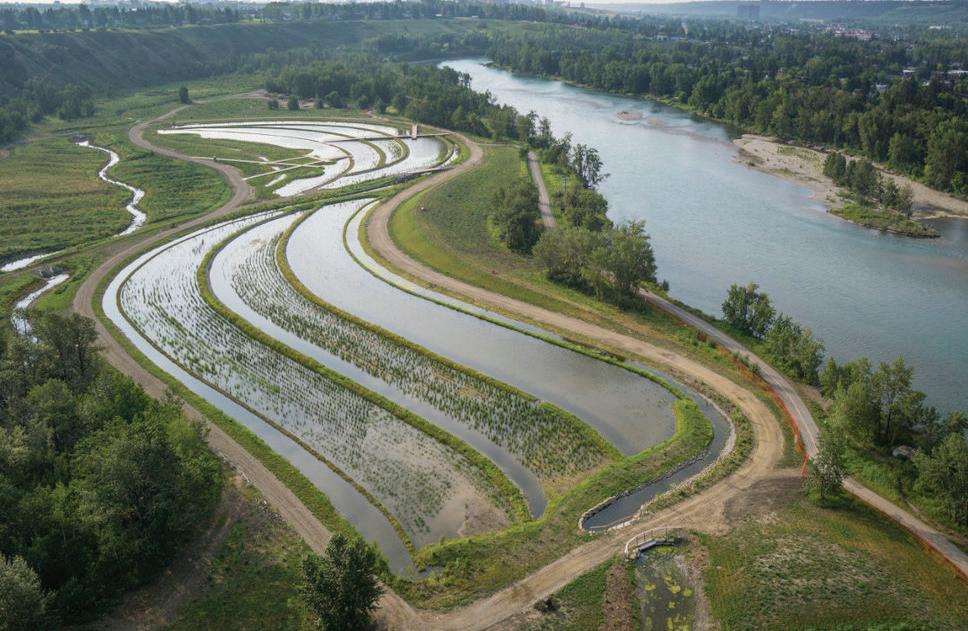
2017
City council suspends further public art projects.
034
of the Public Art Program.
Contemporary Calgary has embraced the original mosaic floor created by Helen Hadala for the Centennial Planetarium in 1979. The gallery programmed it as the setting for a Calgary Philharmonic COVID-19 performance and an installation by artist Alberta Rose.
The permanent artworks commissioned by Calgary Municipal Land Corporation (CMLC) may become the city’s responsibility when CMLC sunsets. With leeway to operate outside of corporate limitations, CMLC commissions temporary and permanent contemporary art as an essential component of the development of East Village.
CMLC installed Julian Opie’s light tower, Promenade, and Ron Moppett’s colour-saturated mosaic, THESAMEWAYBETTER/ READER, before many of the residential towers were built.
CMLC also commissioned Christian Moeller’s bobbing Trio outside the new Central Library and Cassie Suche’s Touch Traces (read more on pg. 46). A collection plan that will give direction and shape to further donations, transfers and acquisitions is in the works.
AN EVOLUTION
Two projects became flashpoints for criticism in the media and contributed to the demise of the Public Art Program. Both came under fire in local media during the lead-up to municipal elections when city departments were restricted from media communication: Travelling Light by Inges Idee (2013) and Triassic Towers (Bowfort Towers) by Del Geist (2017). The public reaction exposed the program’s Achilles heel. Many council members may not have been sufficiently educated about the program to understand how to stand up for its benefits. They asked for reviews and adjustments after Travelling Light (a.k.a. the blue


ring) was criticized as frivolous (and a waste of taxpayers’ money). When Triassic Towers (Bowfort Towers) came under public criticism with a charge of cultural disrespect, the city cancelled its completion and put the entire program on hold.
The legacy of artwork collected by the City of Calgary over the last century shows that the art of each era reflects the values and aspirations of its day, but over time, the reception of art can change, contributing to the living, dynamic culture of the city in unexpected ways.
Dr. Leroy Little Bear, a Blackfoot professor and member of the Alberta Order of Excellence, offers a holistic perspective on the dynamic way people interact with art and cultural experiences:
“Every society, in one way or another, lays claim to a territory. Within that claimed territory, a culture arises from the mutual relationship with the land. It is through this mutual relationship with the land, that cultural icons, symbols and images, values, customs, ceremonies, stories, songs and beliefs of the people are developed. These, in turn, are embodied into the very being of the people.”
Little Bear’s quote is now etched in steel along the Poet’s Walk of cSPACE, an arts hub in Calgary.
Today, CADA enters this transitional period in a position to give shape to a fresh program of public art, develop processes and calls for art competitions in tune with the times, provide education and raise awareness about public art in Calgary. It’s complicated terrain, but one lesson we may have learned from COVID is that creativity and the arts can be valuable guides.
Katherine Ylitalo is a curator, writer, educator and garden historian who became especially curious about art in public spaces in Calgary when she worked for the City of Calgary with the Civic Art Collection from 2005 to 2006. She writes a monthly article for Avenue magazine on a work of art that Calgarians can see for free.
035
PHOTOGRAPHS: (OPPOSITE PAGE, CLOCKWISE FROM TOP RIGHT) WILCO SOUTHWEST; JARED SYCH; COURTESY CBRE; CHRIS LANDRY. (THIS PAGE, TOP) JARED SYCH; (BOTTOM) GERARD YUNKER
Trio by Christian Moeller
Promenade by Julian Opie
Writer Profile
Artfully
RESISTING ISOLATION
Why Calgarians need the arts for their well-being.
by Geoffrey Picketts illustrations by Mary Haasdyk Vooys
The COVID-19 pandemic and subsequent public health measures didn’t create new social trends, but sped up existing ones. Screen time increased, economic inequality soared and working from home became the norm for many. Existing mental health trends were no different. In 2019, the World Health Organization reported that one in eight people worldwide were living with a mental disorder. In 2020, that number increased by an estimated 28 per cent. An Angus Reid survey conducted in partnership with the CBC in March 2022 reported 54 per cent of Canadians said their mental health was worse since pandemic measures began, versus 12 per cent who said it had improved.
The health measures were necessary to protect the wider population from the coronavirus. But, they created a challenging paradox. On the one hand, you can minimize infection through social isolation, but on the other, isolation increases the risk of other chronic diseases. A report from the National Academies of Sciences, Engineering and Medicine, states how social isolation accounts for a 50 per cent increase in dementia risk, 29 per cent increased risk of heart disease, 32 per cent increased risk of stroke, and, much higher rates of depression, anxiety and suicide.
COVID highlighted the essential connection between mental health, social bonds and physical well-being. This connection may seem obvious, yet, typically, it isn’t considered when people with illnesses are diagnosed. David Matthews, a lecturer on sociology and social policy from Wales, U.K., writes about this in his 2019 essay, “Capitalism and
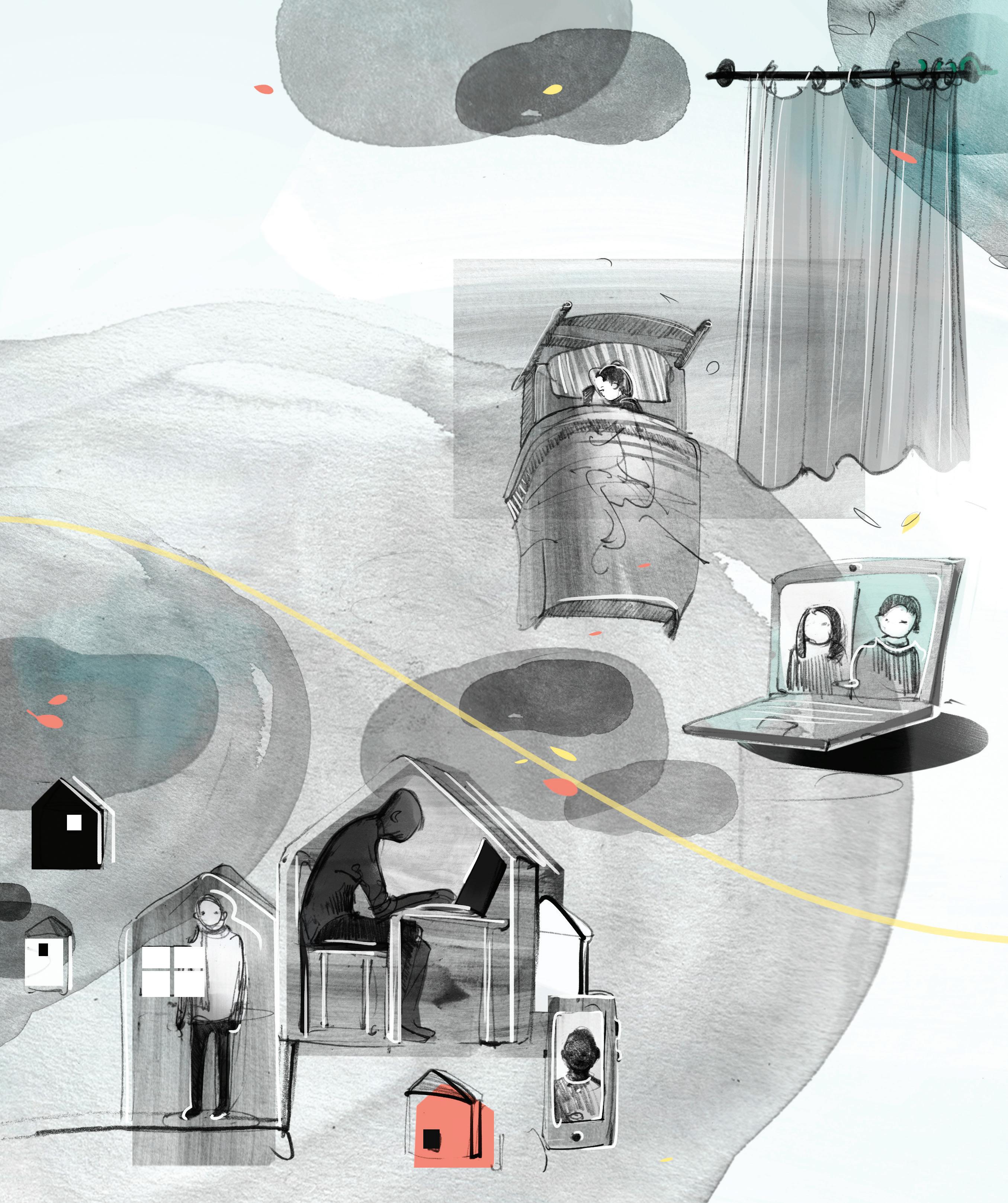
036
Mental Health.” Matthews says there’s an intimate connection between mental health and social conditions often not fully considered when people are diagnosed with a mental health illness. Instead, the focus is usually on biological explanations, such as chemical imbalances in the brain.
In his essay, Matthews also talks about German social psychologist Erich Fromm’s five essential human needs as they relate to social connection and our well-being: relatedness, rootedness, transcendence, sense of identity and frame of orientation. Relatedness is the awareness of being alone in the world and the need for individuals to connect. Rootedness is the psychological requirement for a sense of belonging. Transcendence is about the expression of creativity. Identity is our sense of self that comes from “an awareness of being a specific person.” And, finally, orientation is how we interpret the world and navigate human experience.
If we assume that satisfying these five essential human needs
is necessary to our well-being, it is obvious why the pandemic era has been so hazardous to our mental health. It’s nearly impossible to achieve relation to others, rootedness, creative expression, selfidentification or orientation in a world of sudden isolation.
But, it is not as though COVID seared through a world where our needs were being met. Pre-COVID, we were already becoming increasingly isolated by smartphone culture, the commodification of social spaces, job insecurity and urbanization that pulled many from community and family roots.
Pandemic or not, this trend toward isolation has undoubtedly played a large role in the current mental health crisis. In a 2009 article in the American Journal of Public Health, public health experts Heather L. Stuckey and Jeremy Nobel note that stress and depression contribute to poor cardiovascular health, along with a myriad of other negative impacts on our overall quality of life.
Healing through the arts
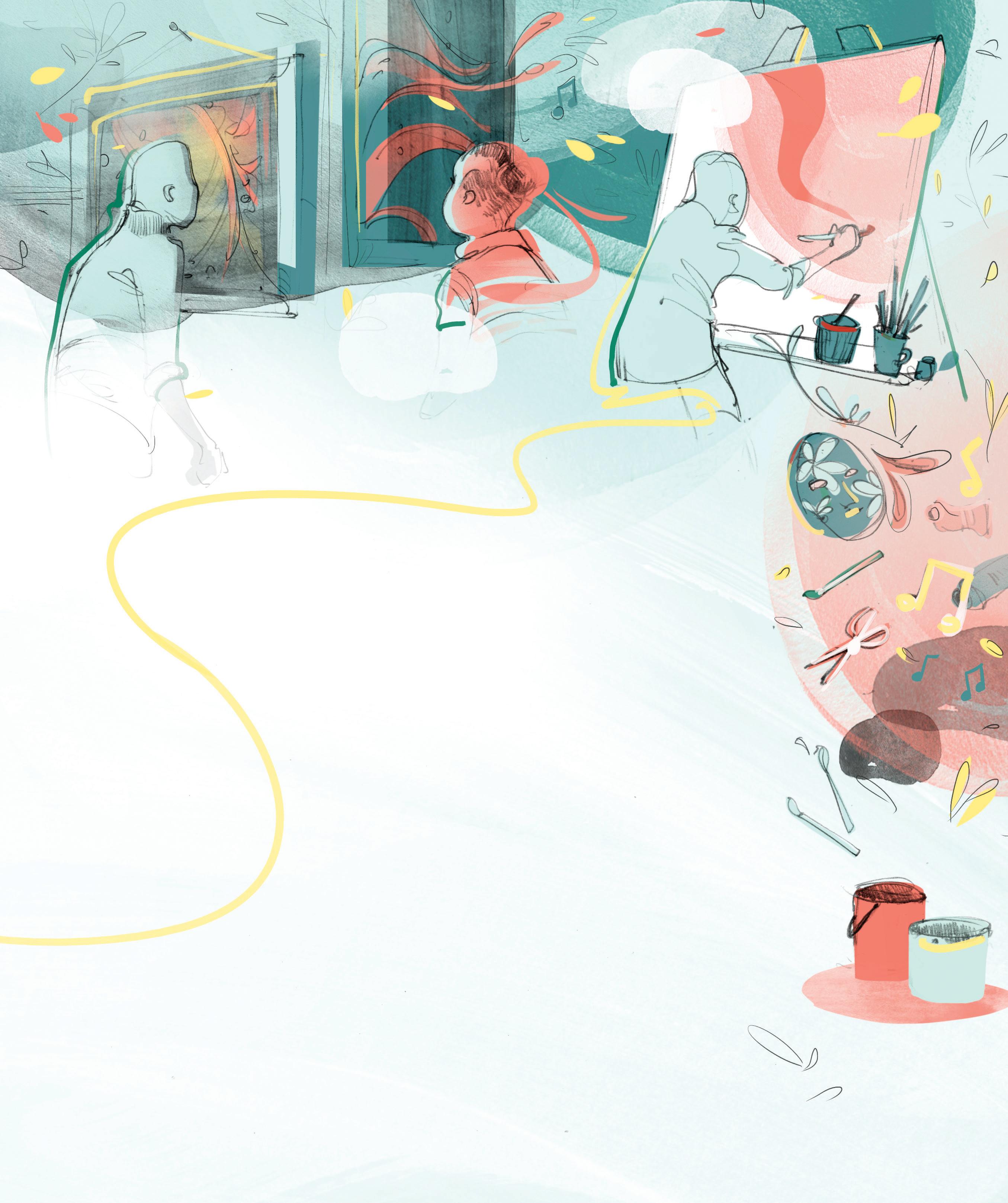
If there should be one takeaway from life in the present age, it is that community is essential, especially when times are hard. And, one way to combat our sense of isolation is through the arts.
From visual art to singing, theatre and more, art is increasingly recognized as an expression that can neutralize the damaging effect of isolation at work many of us experience today. In a 2020 article in The Conversation Canada, Brittany Harker Martin, an arts education specialist at the University of Calgary, reported on medical research taking place around the world. Harker Martin says brain imaging reveals that art significantly benefits four areas of our consciousness: creativity, stress-relief, cognitive abilities and a sense of purpose.
These benefits aren’t a surprise to Karly Mortimer, director of artist and program development at the National accessArts Centre (NaAC) in Calgary, the country’s oldest disability arts organization. “Arts
are integral to feeling connected and being able to process your experience as a human,” she says. Since 1975, NaAC has used the arts to connect a community of artists who are living with a disability. The City of Calgary is one partner that has commissioned NaAC artists to create public art, such as utility-box art designs and painted buoys that hang over Devonian Gardens. NaAC artists are paid professional fees for their commissioned work and all public presentations of their work, which is important. But, COVID-19 showed that payment wasn’t the primary motivation.
“We lost some of our artist population during the pandemic,” Mortimer says, recalling the tragic loss of life experienced by this medically vulnerable community over the past couple of years. “But, through that, we learned the arts were integral; that was the most important thing. We had some artists whose families said, ‘I know they are holding onto life to finish a project at the NaAC.’ We reaffirmed at that point that the arts were not auxiliary, a nice participation program, but really that they were integral to living.”
037
Connecting withthe arts in Calgary
Art is a universal language. Calgary art therapist and community connector Allan Rosales says the benefits of art are available to most Calgarians. “There is not an opportunity for everyone to see a counsellor, or see a psychologist or have access to those things, whereas the arts are very accessible,” Rosales says.
Rosales previously worked as the coordinator of the Healing Arts Program for CancerControl Alberta at Alberta Health Services. The program partners with patients receiving cancer treatment and their family members and offers support from first diagnosis to palliative care and end of life. Support ranges from art care packages, art classes, musical performances at the Tom Baker Cancer Centre, individual art therapy sessions and curated art exhibitions in the hospital hallways. Even just viewing art is beneficial. In a 2012 National Collaborating Centre for Indigenous Health publication, research facilitator Alice Muirhead and writer Sarah de Leeuw reported that art has “powerful effects on an individual’s perception of pain, their attitude and their emotional state. Health professionals report that, after viewing art, their patients are relaxed and more likely to be hopeful and optimistic.”
And, the benefits associated with viewing art are free to anyone willing. Calgary visual artist Dick Averns has lived with depression and anxiety and was diagnosed with Tourette syndrome in middle age. He has led large-scale art projects and workshops, taught art as social practice and emphasizes its positive impacts on mental health. He recommends visiting galleries as an entry point for those new to the art scene, including galleries like the Herringer Kiss Gallery in Sunalta, which counts Averns among its stable of artists. “Some people can feel threatened going to an art gallery, but it may feel like a safer space than a group-counselling session on anger management, or having to make the first step to contact a counsellor, therapist or health professional,” he says.
While visiting galleries and the City’s public art collection offer great access points for people to engage and interact with visual art, creating art
ourselves is also beneficial.
“Given the opportunity, everyone can be creative. Thus, making art can be a viable alternative to just opting to look at art, and making art can yield added values,” Averns says. “The process of artmaking can be contemplative. You see something from your results. When you pick up your sketchbook or something you have drawn and put on the wall, it’s an analogue, a tangible object with enduring presence.”
Local art-focused peer groups can be readily found at meetup.com, with groups such as the Calgary Sketch-Bookers or Calgary Community Choir always open to new participants. Another organization offering classes is WP Puppet Theatre Society (WPTS). For over 30 years, WPTS has brought its programming to Calgarians of all ages, presenting original puppet performances and unique learning opportunities. It encourages participants to connect through the power of puppetry. In 2014, WPTS developed VIEW From the Inside — a program specifically dedicated to promoting mental well-being. This typically eight-week course is delivered in-person or online and encourages participants to tell their own stories by creating and performing their own selfportrait puppet. More than 600 people have taken the course, including high school students and organizations seeking to strengthen relationships amongst their members. In 2018, WPTS received the ATB Financial Healing Through the Arts Award for the program. The award was created to promote the healing nature of the arts and recognizes artists whose work focuses on health and wellness as a way to improve the well-being of individuals or communities.
“The power of a puppet lies in its being a metaphor or a symbol,” says Wendy PassmoreGodfrey, founder and artistic director of WPTS. “People can talk through the puppet and gain an objective view, an outsider’s view back onto themselves. A lot of people coming out of the VIEW program say, ‘I never knew I felt this or that way,’ or, ‘I learned this about myself.’ Self-realization is a key part of VIEW. There’s an ability to tell a story and
change a story if you want to.”
Puppetry is a fully immersive experience in this way, intensely individual and social all at once. And, this might be the promise that the arts hold as the basis for community and well-being, whether it’s musical or visual, literary or performative. “The arts are so close to our humanity, we cannot separate ourselves from that,” says Rosales. “And, when we connect with art, we connect deeper with ourselves.”
The pandemic has been hard on society and individuals. Those in the arts are no exception. But, in interviews with artists working in the field, they reported a resurgence of interest and participation over recent months. Anecdotal, but interesting when considering the shouting headlines about the struggle to recapture that elusive pre-COVID way of life. And maybe that’s the point. As a new future emerges in the meltwater of the pandemic freeze, the arts provide all the tools necessary to leave the old world behind and colour in the new.
Visit redpointmedia.ca to download a colourable notecard to send to a friend or a version of the artwork shown here.

038


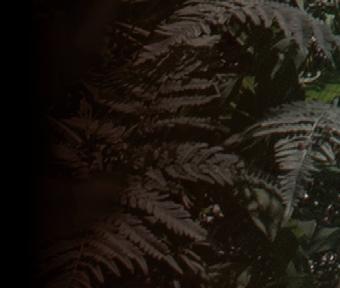

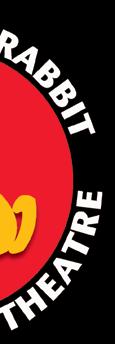

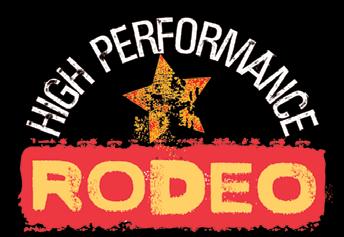
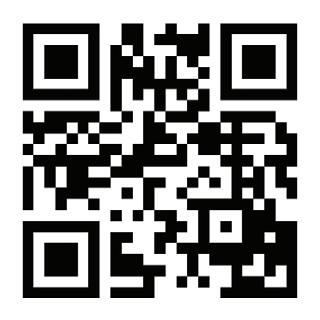
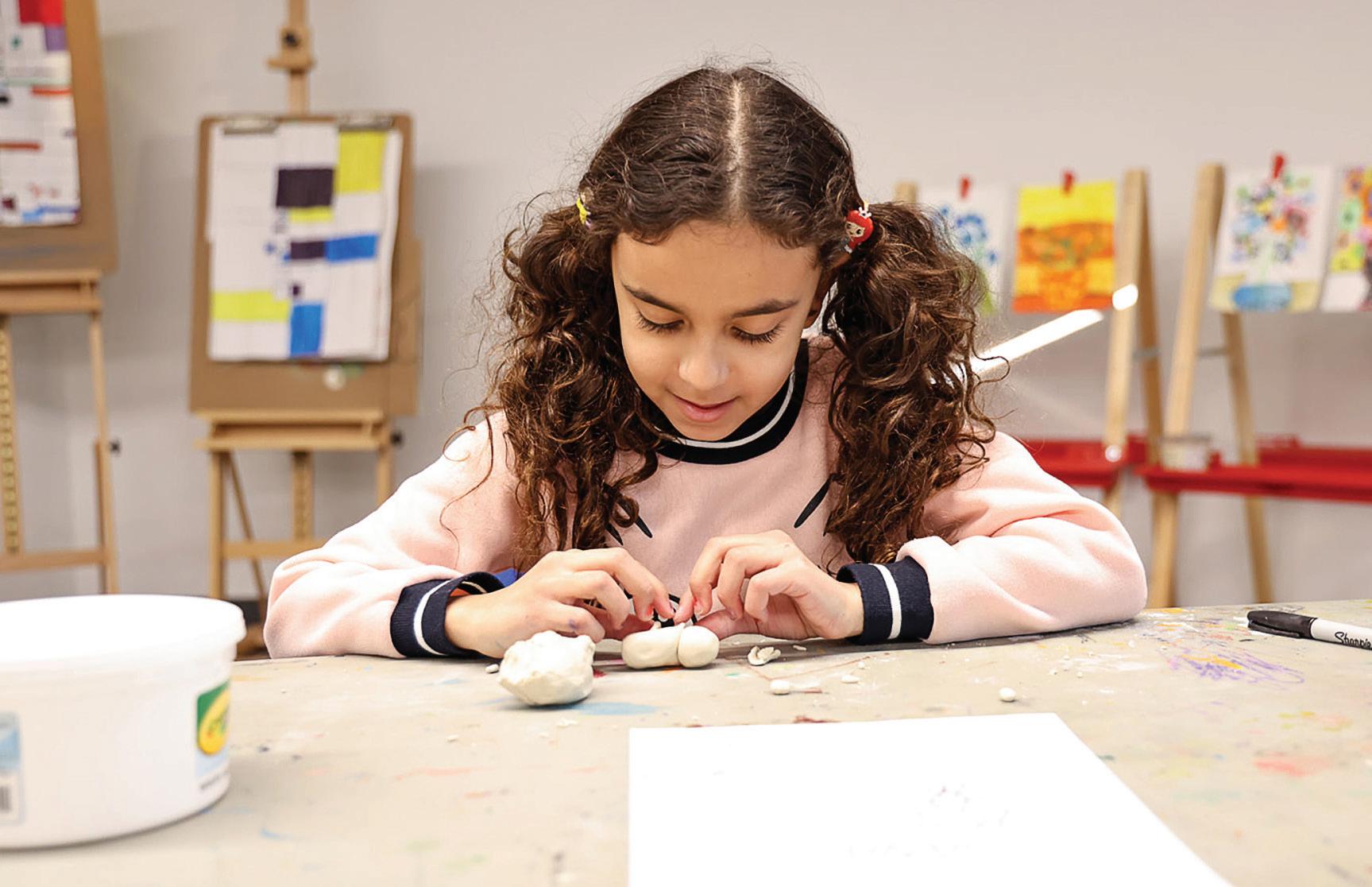



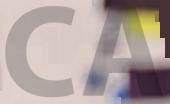





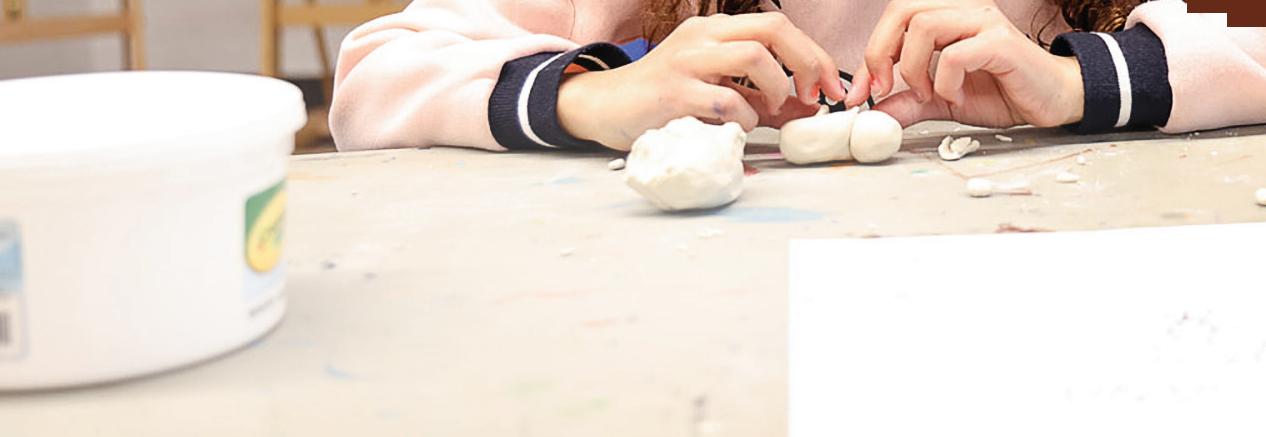


HIGH PERFORMANCE RODEO CALGARY’S INTERNATIONAL FESTIVAL OF THE ARTS ONE YELLOW RABBIT’S HPRODEO.CA EXPERIENCE EXTRAORDINARY THE 039 Get creative with YMCA Calgary! Learn more at ymcacalgary.org/arts
It’s true that, although you may leave home, home never really leaves you.
Growing up in Toronto, I know this well. The bells of a trundling streetcar, the buzzing drone of cicadas gaining strength with the sunlight, the sticky humidity pinning clothes to the skin — the tempo of everyday life does not leave the mind as easily as you can leave a location.
TELLING OUR STORIES
Helen Hu , Calgary Arts Development’s public art administrator, takes a journey on the CTrain to rediscover the art that helps us navigate the city. story by Helen Hu photography by Helen Hu and Meredith Bailey
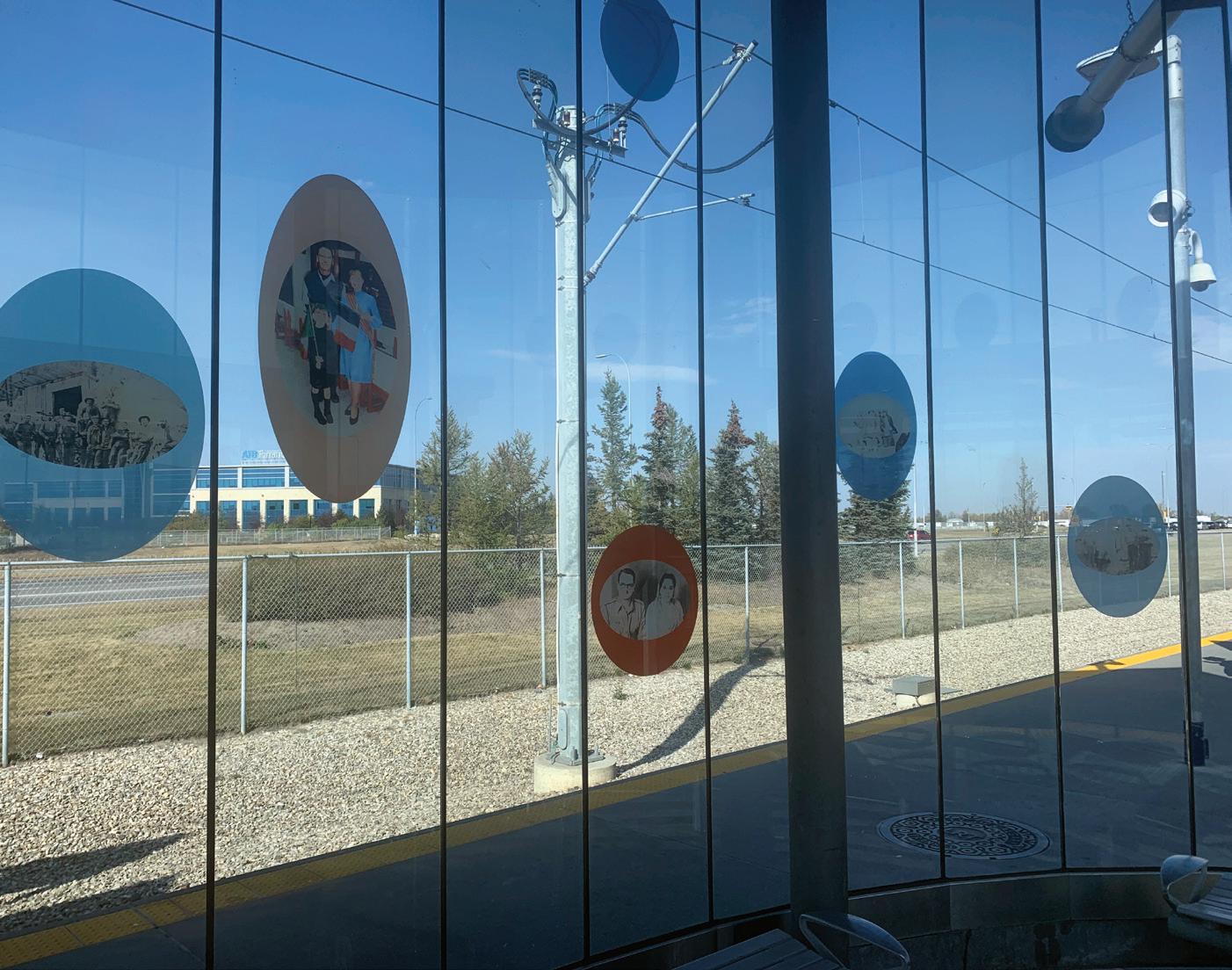
One of my most prominent memories is seeing a rainbow tunnel and giant teeth sculptures while sitting in the backseat of my parents’ car. Two of Toronto’s most memorable public art pieces are situated east and west of the Don Valley Parkway. The Rainbow Tunnel, an iconic example of Toronto street art, has technicolour arches visible to northbound commuters for a vanishing moment before the Don Valley Parkway becomes ensnared with traffic. Before I knew what highways or street names were or even how to read a map, I always knew if I spotted the Rainbow Tunnel, we were heading north and away from home. If I saw Elevated Wetlands, the large grey sculptures I endearingly knew as the “giant teeth,” I knew we were heading home. Unbeknownst to me at the time, I was actively putting together a mental map to place myself within the bounds of the city I lived in. I carried this mental mapping process with me when I moved to Calgary as an adult, helping to acquaint myself with a new city.
For several years, and through many seasons, I commuted from Calgary’s McKnight-Westwinds CTrain station in the northeast to the downtown core to begin my day. It was a monotonous daily journey broken up by the welcome sights of visible public art along the way, indicating the time remaining on my trip and my place in the city. Under the surface, our ability to effortlessly navigate a familiar city is incredible when considering how little active thought is put into it.
In philosopher Fredric Jameson’s 1992 book, Postmodernism, or, the Cultural Logic of Late Capitalism, he introduces his theory of cognitive mapping. Cognitive mapping is an individual’s ability to conceive or imagine the place they occupy within the ideological space of the world. In other words, cognitive mapping is the ability to place oneself within the world. People tend to orient themselves within their environment to feel a sense of security. This need necessitates a search for landmarks, natural boundaries and roadways to cultivate markers in our minds and find comfort when navigating the physical space surrounding us. This underscores the importance of public spaces and our interaction with the built environment. What resonated with me the most was the idea that feeling alienated or disconnected in our cities resulted from our inability to cognitively map given the conditions we live in.
Jameson draws on urban planner Kevin A. Lynch's writings from Lynch’s 1960 book, The Image of the City, to explain further. Jameson
040
Recollections by Jim Hirschfield and Sonya Ishii
writes, “The alienated city is above all a space in which people are unable to map (in their minds) either their own positions or the urban totality in which they find themselves: grids such as those of Jersey City, in which none of the traditional markers (monuments, nodes, natural boundaries, built perspectives) obtain, are the most obvious examples.” In other words, a city empty of traditional markers will contribute to the alienation an individual might feel amidst the urban maze of concrete and steel.
Public art is a traditional landmark that can act like breadcrumbs for people to navigate through a city. Calgary’s public art collection is found throughout it, including along roadways, pedestrian pathways, parks, underpasses and public-transit junctions. Each piece offers a story of the unique community it lives in.
THE COMMUTER’S EYE
Like many cities in western North America, Calgary has the advantage of an aboveground light-rail transit system. For Calgary’s 116,700 average weekday CTrain commuters, art can serve as the landmark for destination and arrival.
I decided to retrace my former CTrain commute and mark the public art touch points along the way.
My journey began at the McKnight-Westwinds station. The platform shelter where I stood housed the work of Jim Hirschfield and Sonya Ishii, one of three works they completed at this station. Recollections is a series of colourful circles, each framing black and white photographs of individuals who have lived in the area through Alberta’s history, laminated into the glass panels of the shelter. These photographs were not only sourced from the Glenbow Museum’s archives, but donated by citizens of the surrounding community, as well. The colourful circles are an homage to the significance of circles within Blackfoot culture. Together, the photographs tell a story of a rural past and the grounded present. As I leaned in to look closer, I noticed other commuters glancing over and doing the same. Before I could move to another photograph, the train had arrived. This was a piece best taken in slowly, over multiple trips.
The train was fuller than I remembered from past trips from this starting point, perhaps even too crowded for comfort after the social conditioning of the pandemic. A convivial buzz of conversation continued past East Village, where many passengers dropped out of the train cars and onto the next legs of their destination.
I stepped off at City Hall and decided to detour through Olympic Plaza before I got back on the Red Line. At first, I couldn’t remember why I walked this way, but, when I came upon the Fire Hydrant Water Fountain — a matrix of copper tentacles serving water to the masses upon silver platters — I saw my reason; to make sure it was still there. Designed by WATERSHED+ lead artists Sans façon (Charles Blanc
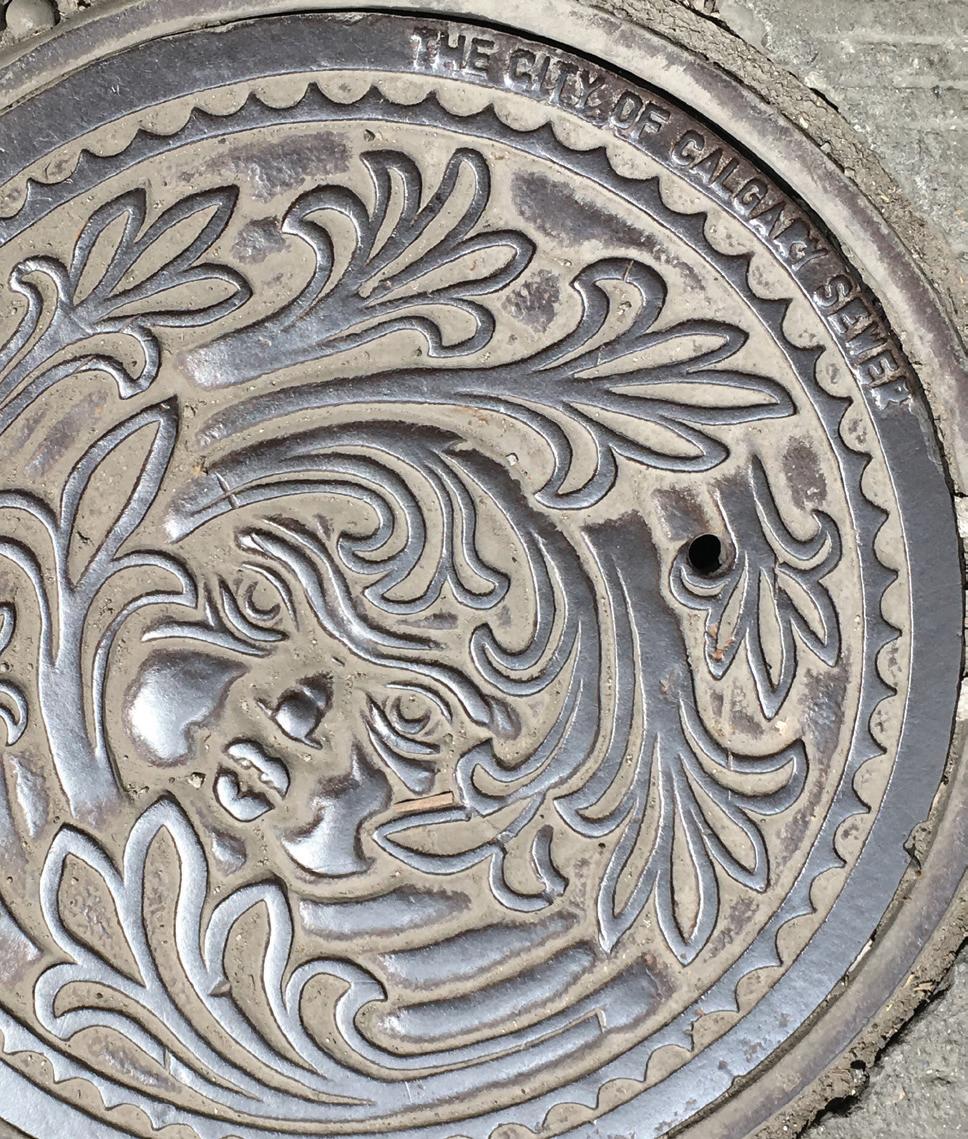

041
Fire Hydrant Water Fountain by Sans façon
Art is not bound by the conventions of syntax the way language is, so it has the innate ability to communicate meaning in many forms. The presence of public art within a city serves as landmarks in our cognitive maps that breathe life into space.

and Tristan Surtees), Fire Hydrant Water Fountain, adjacent to Olympic Plaza, is one of three art pieces the city unveils annually in the summer months. This one in particular is a group of bubbling fountains named Family. After admiring the piece, I continued walking — but not for long.
I stopped at a manhole cover on Stephen Avenue. I have seen these before during many lunchtime power-walks. It showed a sweet cherub with plump and wind-chapped cheeks, hair billowing feverishly about its face. Attributed to Calgary-based artist Garry Williams, the design recalls the winds and chinooks synonymous with our climate — Calgary’s bittersweet weather personified.
I ride the Red Line to the northern terminal stop. Tuscany Station is nestled in the median between the opposing lanes of Crowchild Trail N.W. It was my first time navigating this part of the Red Line and I disembarked the train and walked to the desolate parking lot. I needed fresh eyes for the journey home. As I pivoted to retrace my steps, I was greeted by Bill Pechet’s roger that. Inspired by the research of English physicist and philosopher Roger Penrose, roger that is a thoughtful interpretation of Penrose tiling; a form of irregular tiling in non-
repeating patterns.
What seemed at first like a series of freestanding sculptures shadowed by the mid-morning sun, revealed themselves as a sequence of safety-yellow circles perched on galvanized steel rods like a flock of birds. Noticing the sharp colour contrast with the cloudless sky, I stopped to take a picture. I wanted to remember this contrast of yellow against a sky saturated with intense blue.
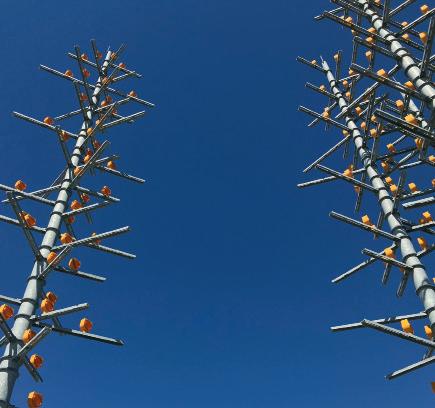
But, I was missing something. Continuing through the CTrain entrance, I descended to the platform where a city-bound train awaited. I found a seat that looked to the other side of Crowchild Trail, where the counterpart of roger that was located. Eureka! From where I sat, I had a new vantage point and could see the constellation of yellow circles coming together as a perfectly uniform concentric circle. Here, I found the play of the piece’s name nestled within, and roger that was not only a reference to Roger Penrose, but also to the moment when it all comes together, connecting across the highway as two distant radio operators making contact. The train began to move, and the circles again dispersed into a constellation. What had changed was my perspective.
I was less enthusiastic about the return stretch home. At this point, I was tired and likely dehydrated. But, as I came upon the main thoroughfare to take me home, the final node of my journey, it occurred to me to check in with one last installation, this one in my own backyard (and perhaps yours, too). The 5th Street underpass with Jill Anholt’s Below/Before/ Between is an integrated artwork that reminds us of Calgary’s connection to the Bow and Elbow rivers, but is also a nod to the Prairie landscape with its planted native grasses. I check to see how the grass is doing and it’s taking root nicely.
I didn’t set off to find my everyday commute or yours. I set out to find the artful markers of the city, those connective tissues between civic space and civic life. Public art cultivates the landmarks we seek in our built environments, and the city’s collection serves as an ensemble of connection points. To connect with any of the pieces is to connect with ourselves and our community. And, although the nodes of public art may form the outline of our collective maps, how we fill in the rest is up to us as we, as a city, determine our common future.
042
Below/Before/Between by Jill Anholt
roger that by Bill Pechet










albertatheatreprojects.com 043
We’ve compiled an incomplete roundup of some of the art mentioned in the magazine so you can visit it yourself. So, grab your sneakers and head out to explore! by Michaela Ream illustrations by Lindsey Hopkins
044
DISCOVER MORE RESOURCES:
1) Peace Bridge by Santiago Calatrava, 2010
Where it is: Begin your walking tour at the Peace Bridge; this iconic artfocused river crossing officially opened in 2012 and allows thousands of Calgarians to access the downtown core across the Bow River.
2) Cracked Pot Foundations by Katie Ohe, 1964
Where it is: From the bridge, walk to Prince’s Island Park, a 20-hectare urban park accessed by three pedestrian bridges. Ohe’s abstract sculpture was inspired by when she destroyed a clay pot in a kiln as a young artist.
3) Below/Before/Between by Jill Anholt, 2022
Where it is: Make your way through downtown via the 5 Street S.W. underpass and stop to enjoy Jill Anholt’s integrated artwork that reminds Calgarians about our relationship to water.
4) The Wandering Island Project by Caitlind r.c. Brown, Wayne Garrett and Lane Shordee, 2020
Where it is: Stroll, bike or e-scoot along 5th Street S.W. (stopping by The Ship & Anchor if you need to fuel up) until you reach Elbow Island Park, where you can explore The Wandering Island Project. Chill on the artist-designed benches and chairs.
5) The Conversation by William Hodd McElcheran, 1980
Where it is: Head to the southeast corner of the Hudson Bay store at Stephen Avenue and 1st Street S.W. to find this iconic pair of merchants deep in conversation.
6) Wonderland by Jaume Plensa, 2013
Where it is: Just a short jaunt from The Conversation is the curved Bow Building at 500 Centre Street S.E., where you’ll find the Wonderland sculpture staring at you.
7) Brotherhood of Mankind by Mario Armengol, 1967
Where it is: Continue downtown past The Bow until you reach 1st Street and 6th Avenue S.E. and look up to the towering sculpture, also known as The Family of Man.
8) Trio by Christian Moeller, 2018
Where it is: The Calgary Central Library is an interesting destination on its own, but is also the next stop for the Trio of bobbing sculptures located just outside.
9) Bloom by Michel de Broin, 2015
Where it is: Nearing the end of your walking tour, your next destination is St. Patrick’s Island to view the Bloom sculpture. The highway traffic lights in the piece light up at nighttime.
10) Dinny the Dinosaur by John Kanerva, 1937
Where it is: Your final destination is the Calgary Zoo to view the last remaining structure from the original Natural History Park – Dinny the Dinosaur.
045
Calgary Atlas Project (University of Calgary) The City of Calgary Public Art Map
Suche’s latest project, Touch Traces, was unveiled on June 29, 2022. Currently, it adorns the bridges and other surfaces along Jack & Jean Leslie RiverWalk. It marks the fifth public art installation in that specific location in East Village. It will remain in place for 24-36 months.
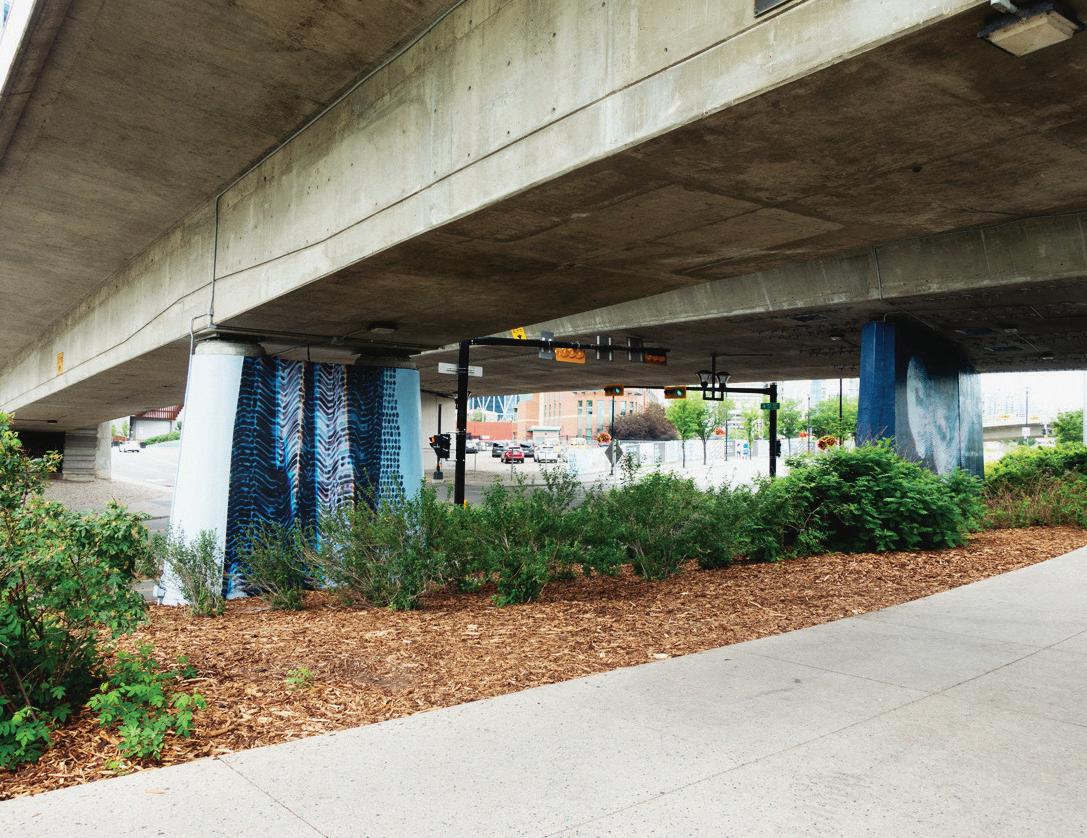
Cassie Suche is a contemporary abstract artist working in Calgary whose work has been commended internationally, including across North America and Europe. Two of her well-known public art installations include GROW, an experimental work installed onto a grass field in northern Calgary, and Rise and Reflect, an abstract-sculpture expression of the dynamic nature of the International Avenue area. Here, Suche shares more about the process behind her latest work, Touch Traces.
Touch Traces is part of the Art in the Public Realm program. Launched in 2012 by Calgary Municipal Land Corporation (CMLC), it aims to “build a legacy of public art in East Village through permanent and temporary, curated art installations of local, national and international significance.” The program demonstrates CMLC’s commitment to arts and culture and contributes to the area’s distinctive character and vibrancy.
PORTFOLIO:
CASSIE SUCHE
Local Calgary artist Cassie Suche offers insight into her creative process and shares some behind-the-scenes facts about her latest project, Touch Traces. by Michaela Ream
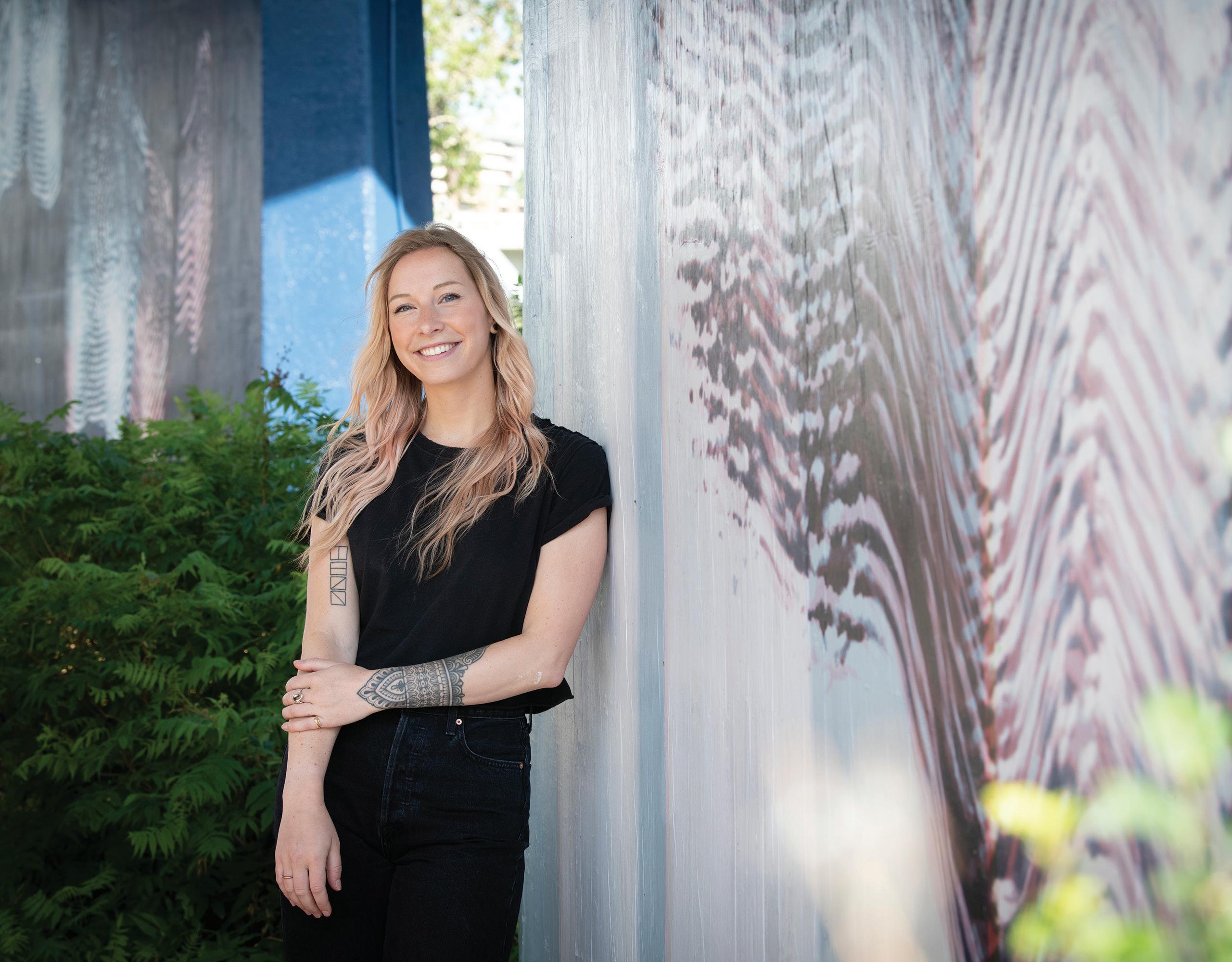
ABOUT SUCHE
“I grew up in Calgary and always loved making stuff, so I always knew I wanted a creative career. There’s really nothing else I can imagine myself doing.
“It’s hard sometimes to put words on the process and the work I make because it is so abstract, but I would say I make process-focused abstract art. I like to experiment with whatever medium I’m using and use materials in ways that aren’t intended. I’m also a modular artist, so I use a lot of repeating elements in my art, often lines or dots and circles.
“I like to pick a material or process, start experimenting with it, combine it with other things and see what happens. I don’t go in with a plan; I want to discover stuff and find something that captures me.”
046
Artist Profile
PHOTOGRAPHS:
ALL COURTESY CASSIE SUCHE EXCEPT WHERE NOTED; (TOP) ANNA LAKE
THE BACKGROUND
“From the beginning, I was thinking about the material, and I have seen past projects very successfully use printed vinyl. For pragmatic reasons, it makes sense as it has the durability to last over three years. But, I was really excited about the idea of printed vinyl because digital printers as a medium offer a unique opportunity to create work that highlights automated techniques. I settled on this digital technique that involved playing with images on a flatbed scanner. It produces this flowy watery imagery reminiscent of the river, which connects to the [RiverWalk] site.
“I was also thinking about how I wanted to bring the community in to contribute something because one thing that makes public art successful is a really authentic collaboration between the artist and the community.
“It wasn’t until I tried prints of my fingerprint that the aesthetic really grabbed me. I talk a lot about aesthetics, but it’s not just about beauty. I’m interested in where a viewer’s eye lands and where an image captures attention.
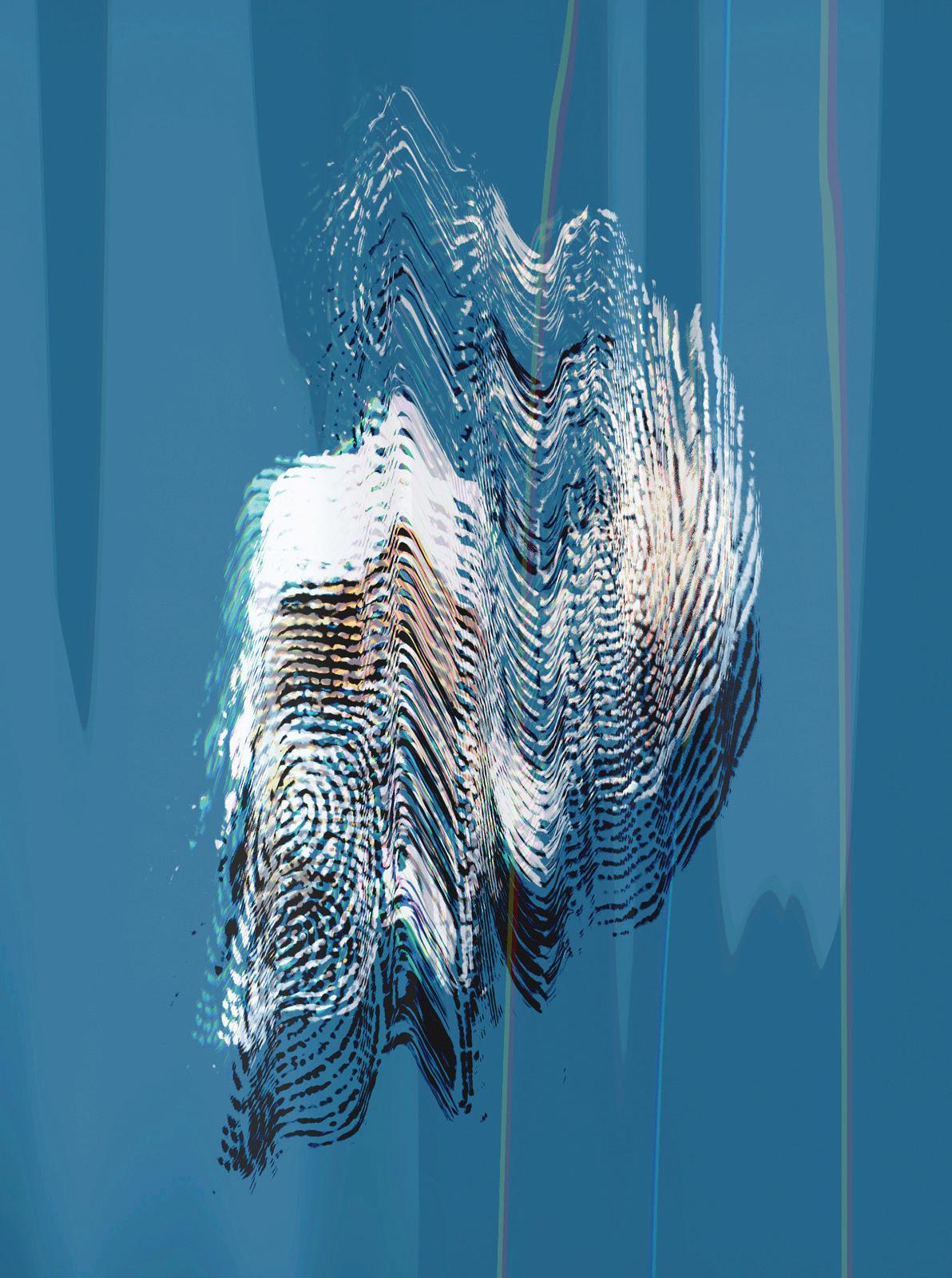
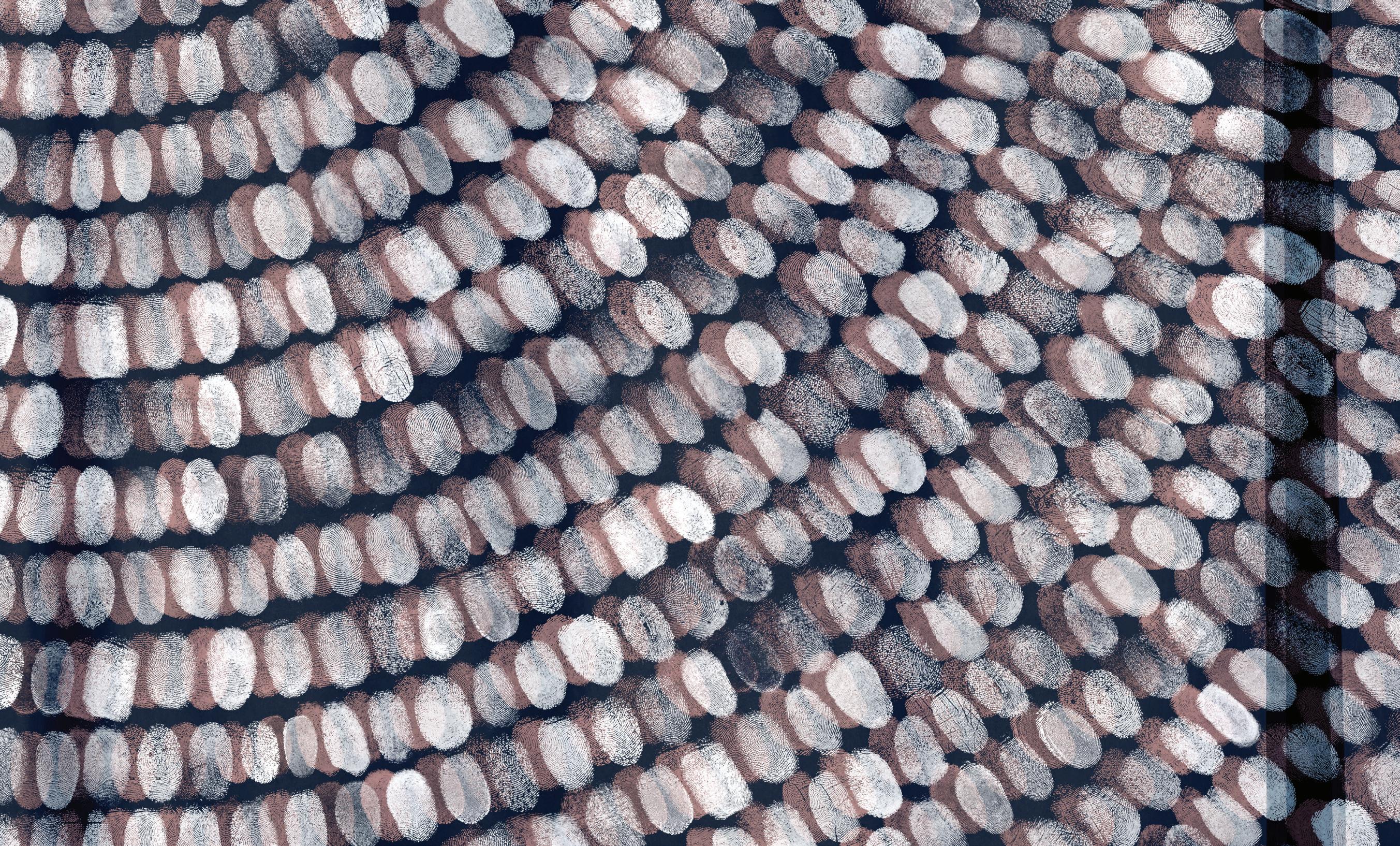
“Fingerprints come with all these really interesting connotations. They are an intimate reference to touch that symbolizes one of the ways that we connect with others and the way that we connect with our surroundings. They also have this beautiful duality of being universal, but also really unique. And, of course, over the last couple of years, we’ve had this heightened anxiety over what and who we touch. So, I felt like this was an interesting opportunity to reframe that notion.”
portfolio
Throughout April, Suche collaborated with several East Village organizations, including Kidko Child Development Centre
carya
The first permanent art installation in East Village was unveiled in April 2012. Promenade is a 24-foot digital spectacle on the corner of 4th Street and 5th Avenue S.E. by renowned contemporary British artist Julian Opie. See it on page 35.
CMLC
Arris
Evolution
First Tower
N3
Calgary Drop-In Centre
Alt Hotel and Parlour Ice Cream, to collect fingerprints from participants.
charbar
,
,
,
,
,
,
,
,
,
Suche initially planned to collect between 200 to 300 fingerprints. By the end of April, she had around 640 fingerprints. 047
“One cool thing about abstract art is that people can see something connected to them. When I paint murals, people always come up to tell me what they think it looks like. It’s interesting to me because I’m not painting any of those things, but it tells me a lot about them and what lens they’re viewing the world through.”
THE PROCESS
“I took all the fingerprints, documented them and cleaned them up. Then I would select a print, scale it up to about the size of a palm and print it on a sheet of paper. After I used the flatbed scanner to document that print, but, as it scanned, I pulled, lifted and twisted the page. So, the resulting image was this elongated rendition of a fingerprint.

“The scanner isn’t intended to be used that way, so some had vertical lines and skips and bands of colour, but I selectively kept many of those elements and layered them to show all aspects of the work. I did those thousands of times; some I inverted or recoloured, but I tried hard to honour the process.
“I have such a visceral connection to abstract art. I find it has a lot of really interesting potential, and yet it’s less visible in public art because the messaging is often so indirect. So, I was really excited to find a way to capture public art within abstraction and expose everybody to it.
Local company Big Print Signs printed and installed the final artwork using a wheatpaste mixture to adhere the art to the concrete structures. Suche then painted the edges to cover the entire surface of the structures.
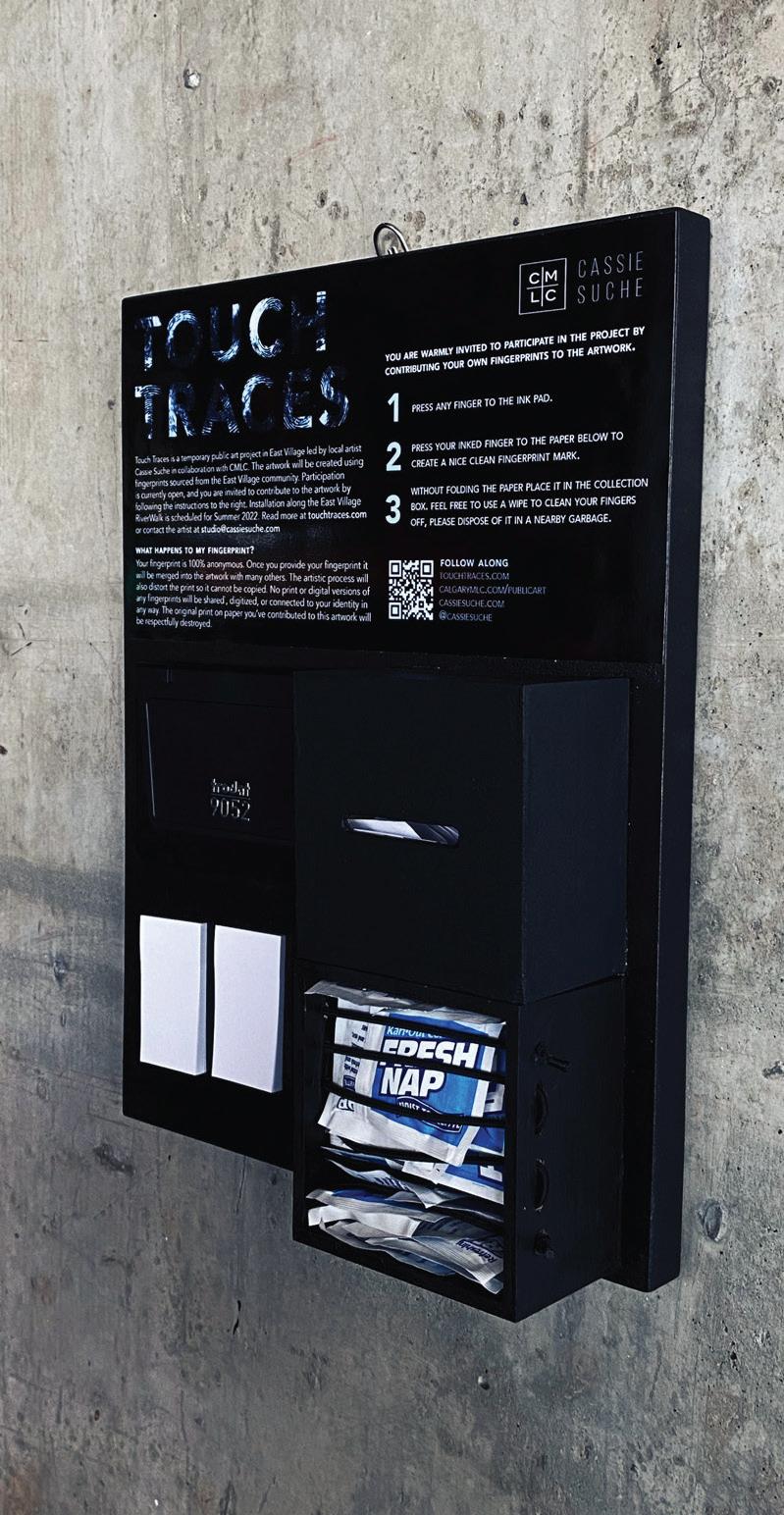
“Public art as a medium has potential like no other. Good public art saturates a community in a way that literally no other medium can, and the fluidity and flexibility of that medium can interrupt society in a good way and be incredibly powerful.”
THE BUDGET
CMLC gave $94,500 to Suche for the Touch Traces project. Of that amount, Suche takes 10-15 per cent as her fee and uses the remainder on things such as supplies, permits, installation and more. This is what a project budget can look like:
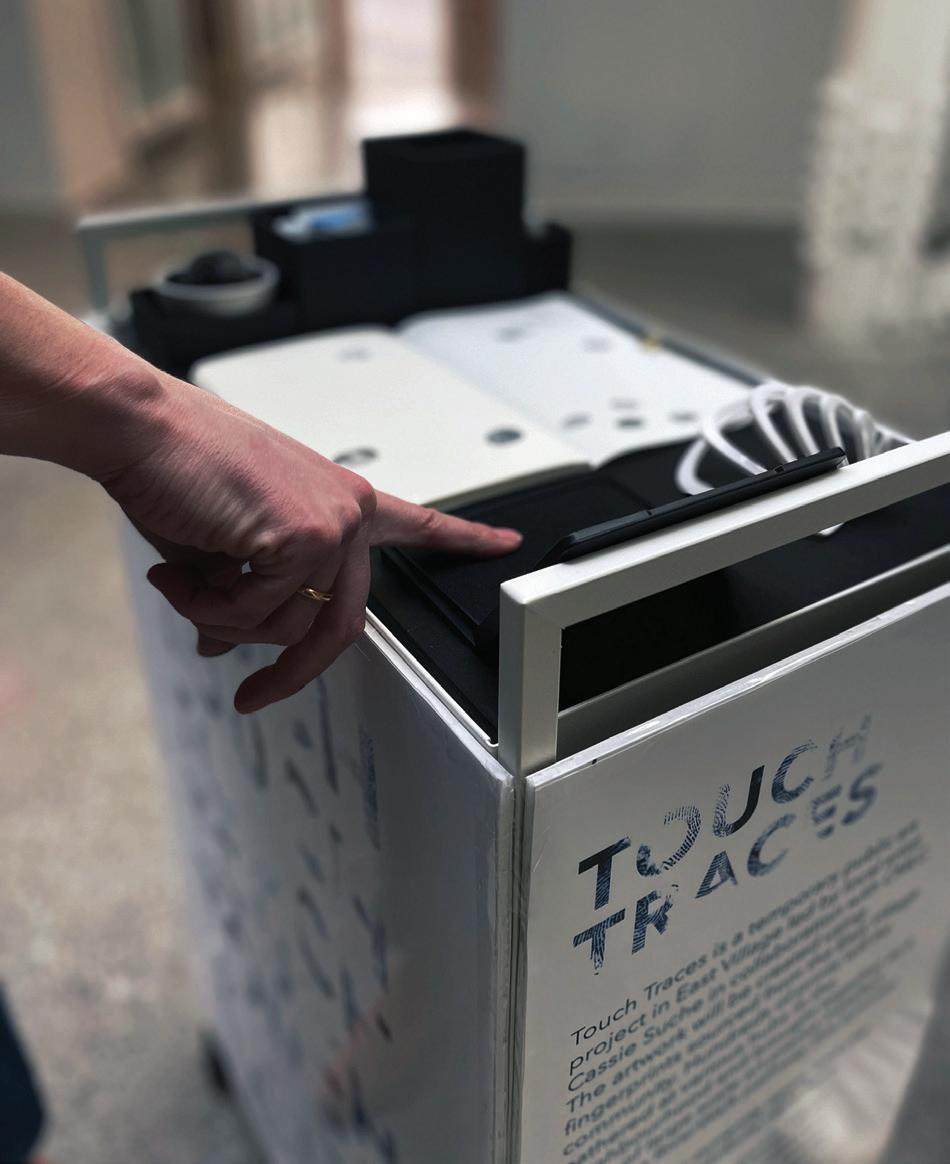
Insurance (1-3%)
Engagement Supplies (1-3%)
Consultation (2-10%)
Fabrication (20-50%)
Installation (20-50%)
Permits (<1%)
Equipment Rental (5-10%)
Signage and Documentation (1-2%)
Artist/Project Management Fee (10-20%)
Contingency (10-15%)
Cassie Suche is represented by Paul Kuhn Gallery. Visit her website at cassiesuche.com
048
PHOTOGRAPH: TYRA JARBEAU


Explore our 2022/2023 Season at calgaryphil.com Inspiration. Joy. Discovery. Passion. Adventure. Beauty. Solace. Harmony. CREATIVITY IS PART OF OUR DNA. Calgary is a place where new perspectives and big ideas are embraced. It’s no wonder our culture has led us to be recognized as the third most livable city in the world. lifeIncalgary.ca
Photo credit: Travel Alberta / Hubert
Kang 049
SEEING MYSELF DIFFERENTLY
Olympic gold medallist, motivational speaker, TV host and author Mark Tewksbury shares how a good book and the Calgary Central Library helped him see himself in a new light.
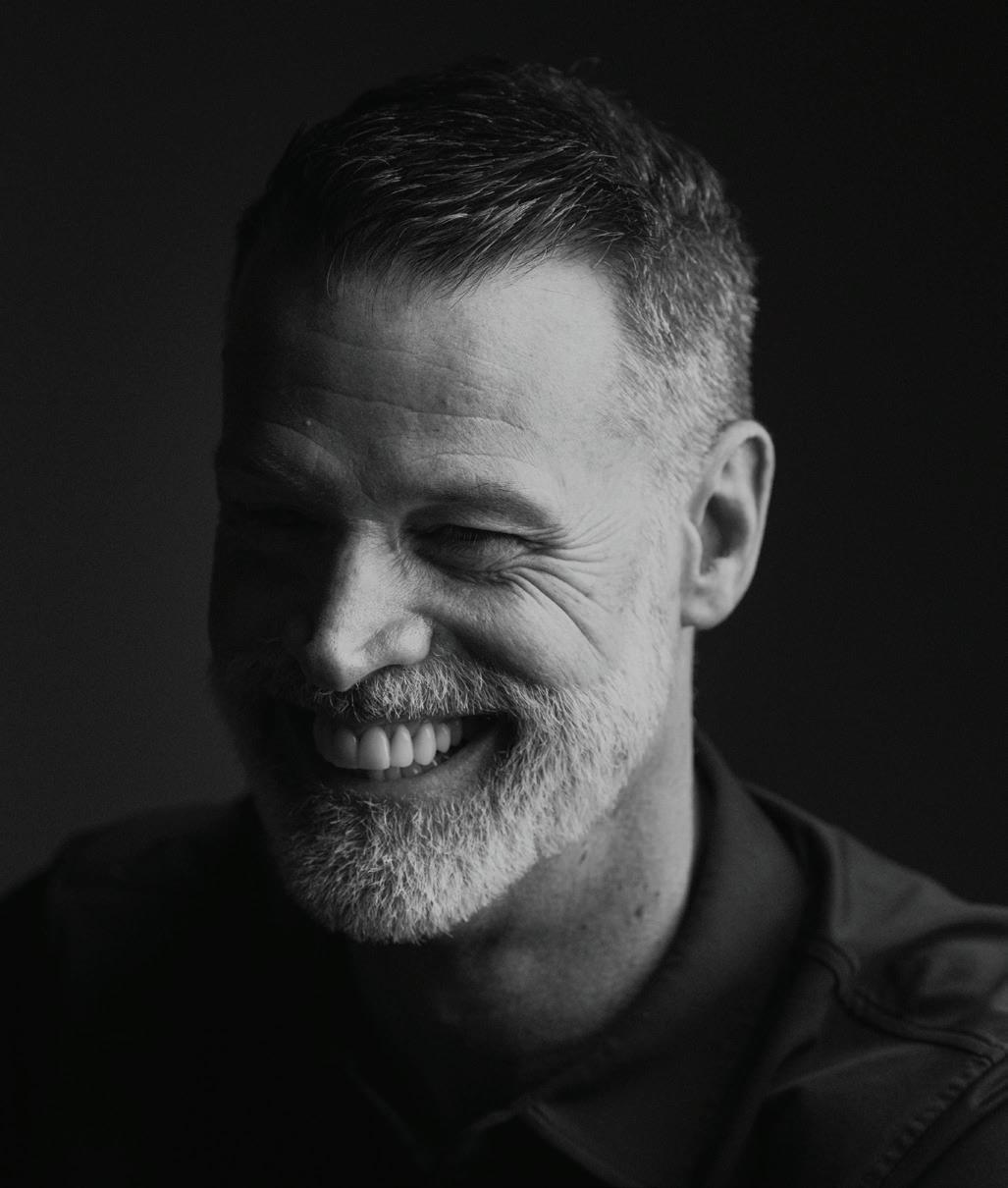
Washington Black was the best book; it was certainly the best-written, a sweeping epic that is as self-reflecting as it is adventurous.

The first week of March, I hosted a mock-Canada Reads debate night. Three friends and my partner, Rob, chose one of my competitors’ books to defend against Washington Black. I felt prepared and was so excited I even took a picture of the table and sent it to Esi.
The next morning, I awoke to her text, “How did it go?”
I had to tell her it went badly. Everything I thought was a strength was used against me. I was caught completely off-guard, and, in our trial-run debate, Washington Black was out of the running before it even started.
I had three weeks to go until showtime. I needed to look at things differently; to do that, I had to get out of my apartment. I needed inspiration, which led me to the Calgary Central Library.
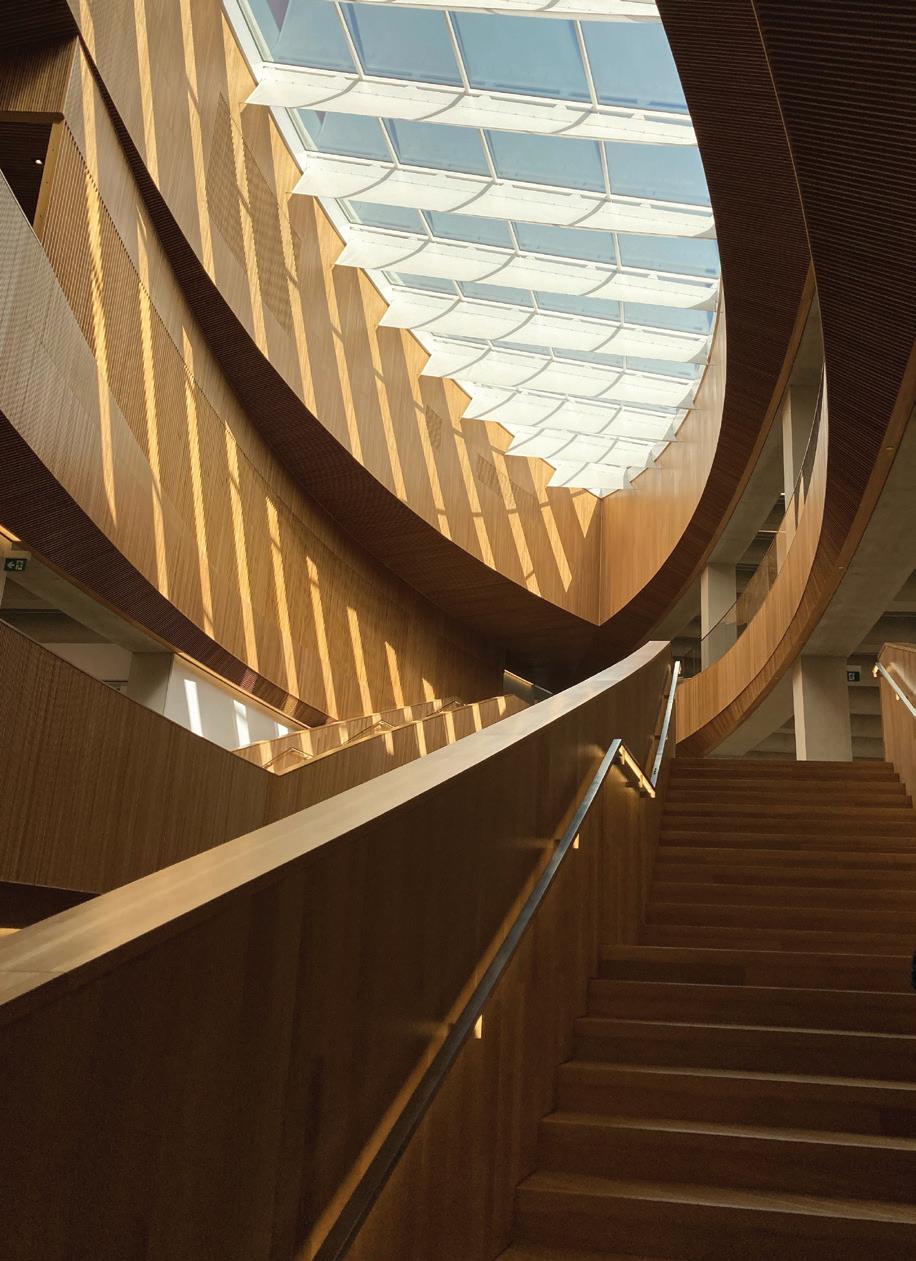
2022, a decent showing. But, the experience taught me something I would never have expected.
First, I am friends with Esi. We have a real connection, and she generously calls me a sensitive reader. Me?! My partner, Rob, reads much more than I do and his mom, Audrey, reads twice as much as us combined. So, I never thought of myself as much of a reader. But, if Esi is going to call me one, then I take it. I am a reader!
This year, I had the privilege of being one of the defenders on CBC’s Canada Reads 2022. Canada Reads is essentially a “literary Survivor” that takes place over four days at the end of March. In live on-air debates, five notable Canadians defend five Canadian authors’ books, and one is voted off each day until a final book emerges as the winner. I chose the brilliant and moving Washington Black by Esi Edugyan.
I began preparing in January 2022 by reading and rereading all five books in the competition. I had a medium-sized, ringed notebook and filled it with notes. Throughout the process, I remained confident that
Locking my bike, I felt like I was in a gritty, urban scene in one of my competitors’ books, Scarborough by Catherine Hernandez. But then I walked into the library’s foyer, and the sheer beauty of the architecture and design made me feel excellence in all its glory, exactly how I felt reading Washington Black. I walked the stairs to the top, drawn through the various floors towards the canoe-inspired ceiling drowning me in light.
Being in the library’s artful architecture transformed me. I could focus. I found clarity in my arguments, to be precise in my points and relevant out of the gate. I went to the library several days in a row, until, one day, I knew I was ready.
In the end, Washington Black, or rather my defence of it, came third in Canada Reads
I love to write. And, although I’ve had three books published, I never would think to call myself a writer. Esi Edugyan is a WRITER. I write sometimes — kind of like how I surfed for a while. And yet, during that period, I added “surfer” to the things I did. But, looking at my three sets of notebooks from my Canada Reads experience, I realized I am a writer.
This experience taught me that we might not all make our living in the arts, but there is an artist within each of us. With the right inspiration, we can all see ourselves a little differently.
—Mark Tewksbury, reader and writer.
PHOTOGRAPHS:
(CLOCKWISE FROM TOP RIGHT) COURTESY ROB MABEE PR; COURTESY HARPER COLLINS CANADA; KELLY HOFER, COURTESY ROB MABEE PR
050

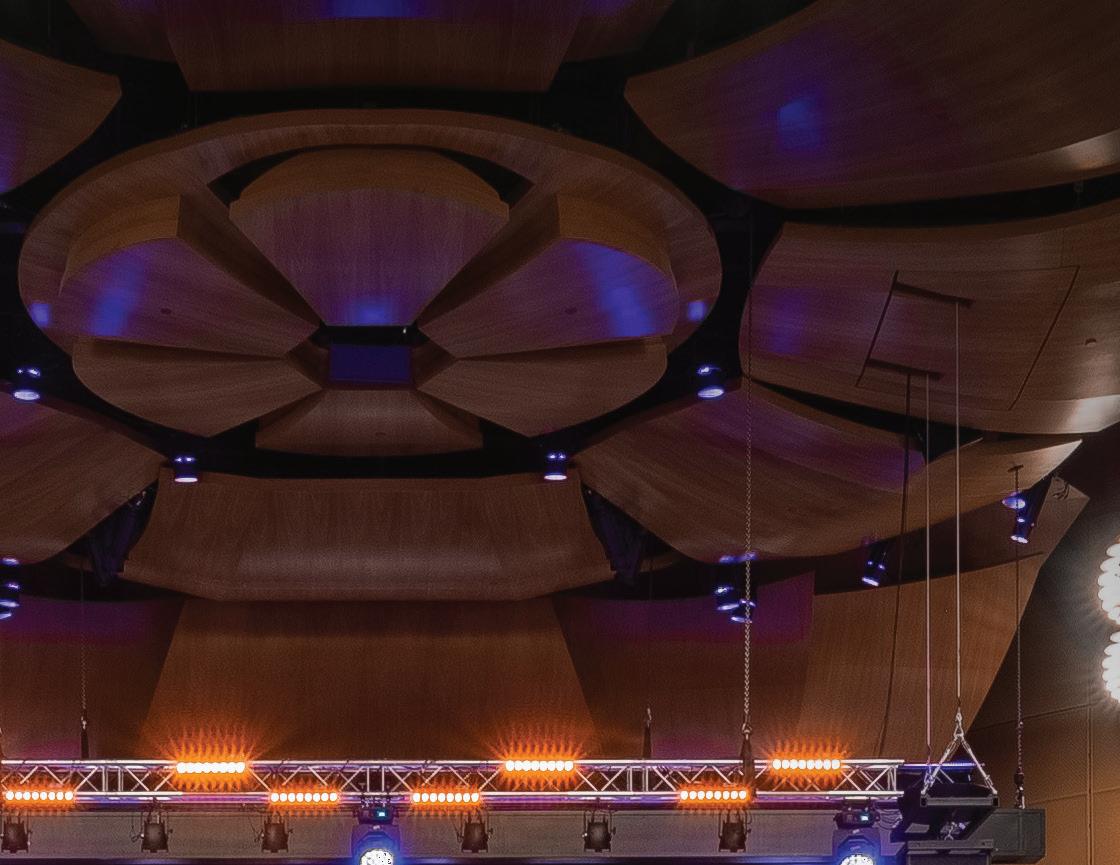
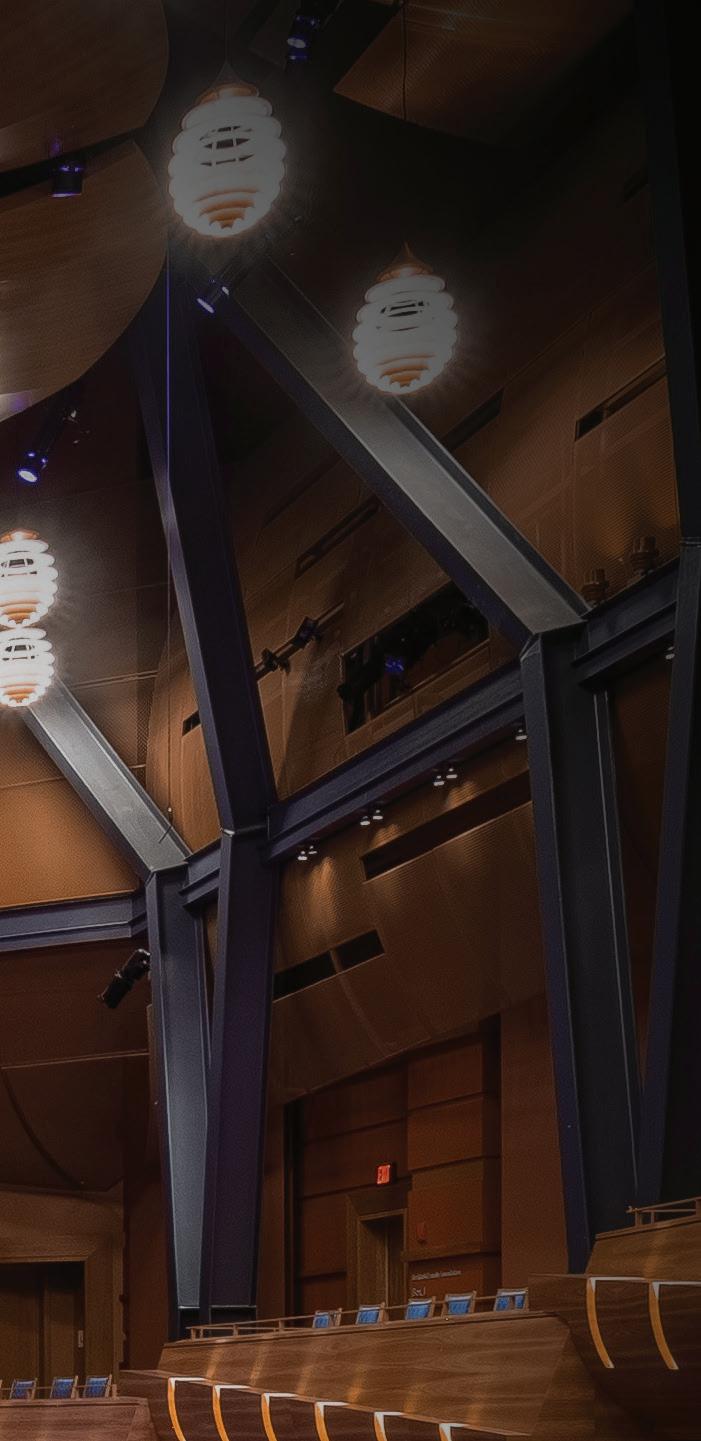


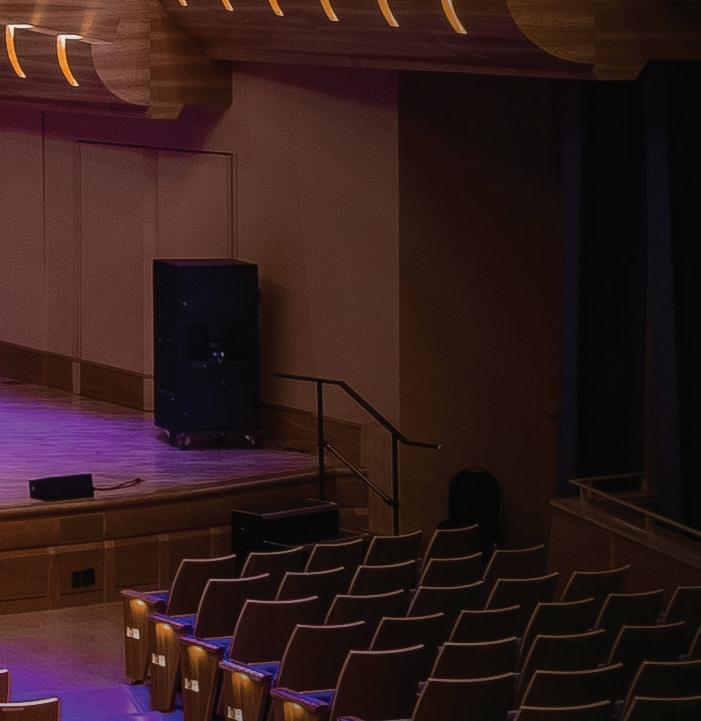


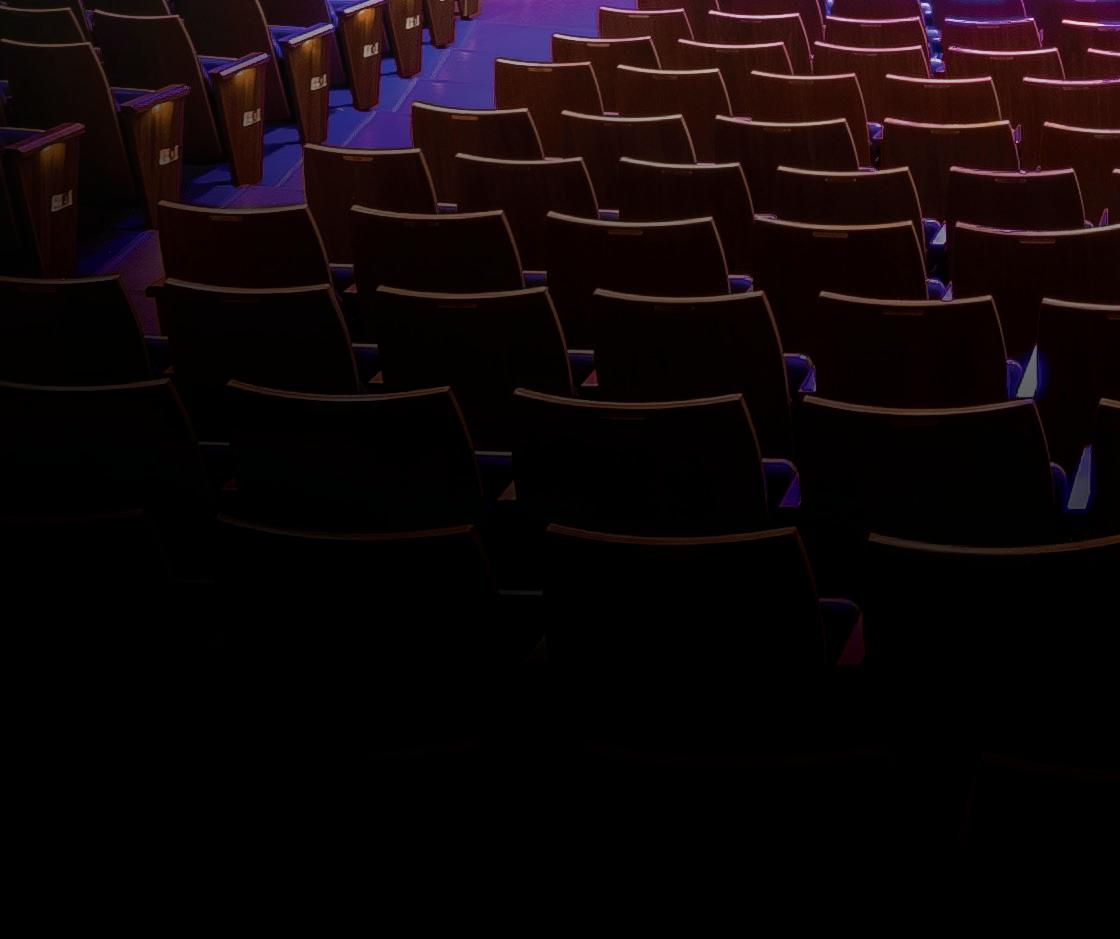
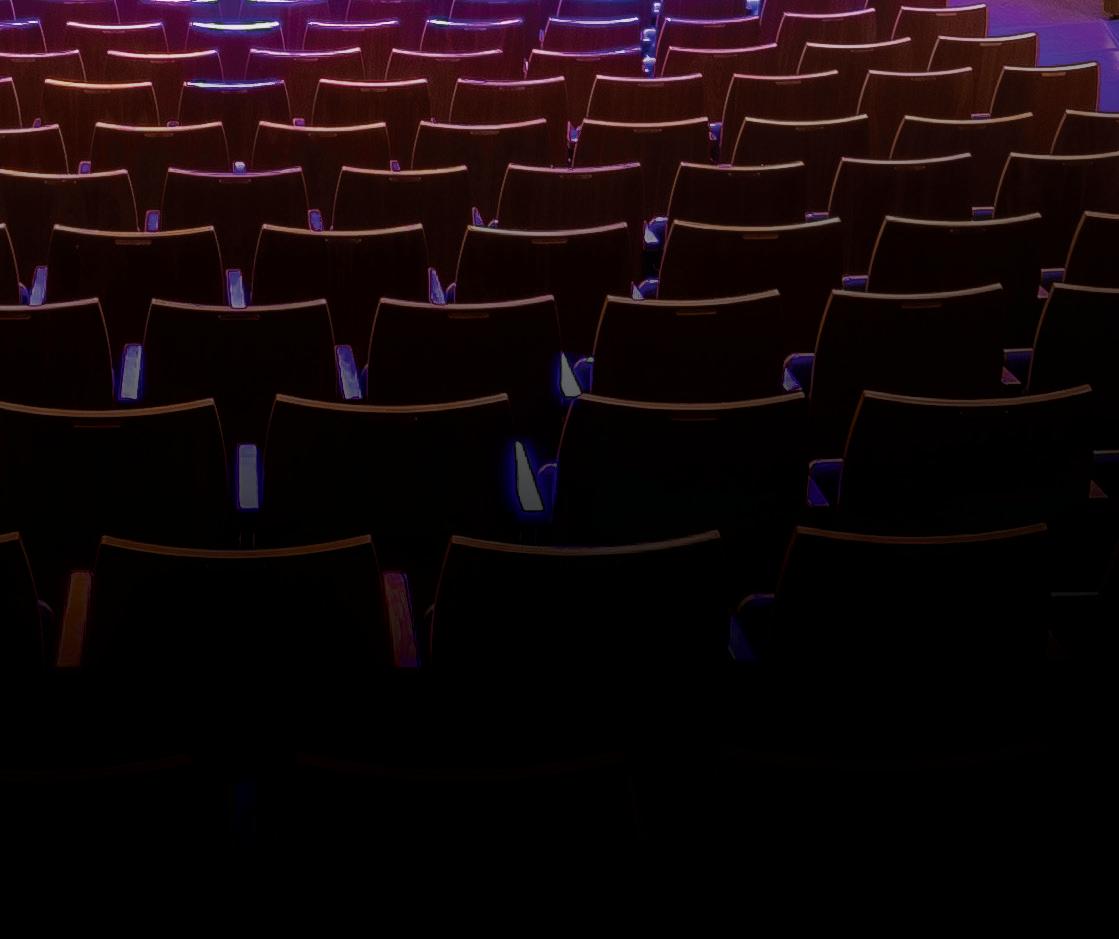



































JOIN US AT THE BELLA WORLD CLASS SHOWS TAYLOR
MADE
FOR CALGARY
Only Calgary (and soon, Toronto) has the NaAC.

A dedicated space to support Canadian artists living with disabilities.
As Canada’s first multidisciplinary disability arts organization (and the country’s largest), the NaAC now supports more than 350 Canadian artists living with disabilities with innovative (i.e., relevant, accessible, and exciting!) programs in the visual arts, music, dance, digital media, and interdisciplinary projects. NaAC artists have been showcased all around the globe – including the 2021 UN Climate Change Conference – and have unveiled new classical and digital music compositions. Now, the NaAC is moving forward with its plans to build North America’s first accessible arts campus – right here in Calgary – and will soon open the Won Lee Community Arts Hub in Toronto.
Learn more about how the NaAC is changing our arts and culture scene – for good.
Visit accessarts.ca or follow us @AccessArtsCA.

Pictured: NaAC artists Jamie Petit, Laura LaPeare, and Anthony Hodgetts are Calgary’s newly-minted composers. Their piece Seven Miniatures is the first classical composition by artists with developmental disabilities in Canada – and premiered in Calgary by the world-renowned Rolston String Quartet on August 12.
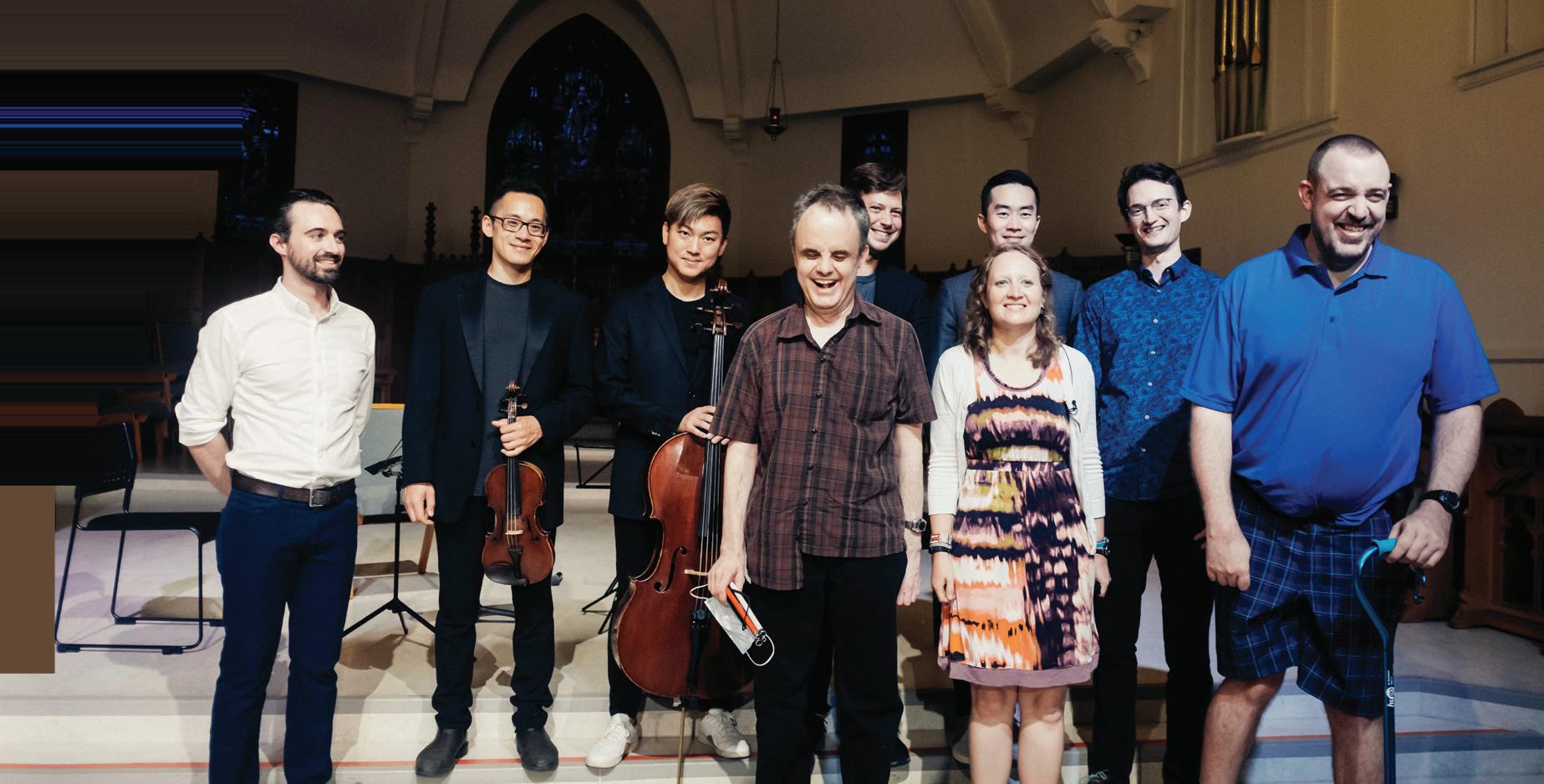
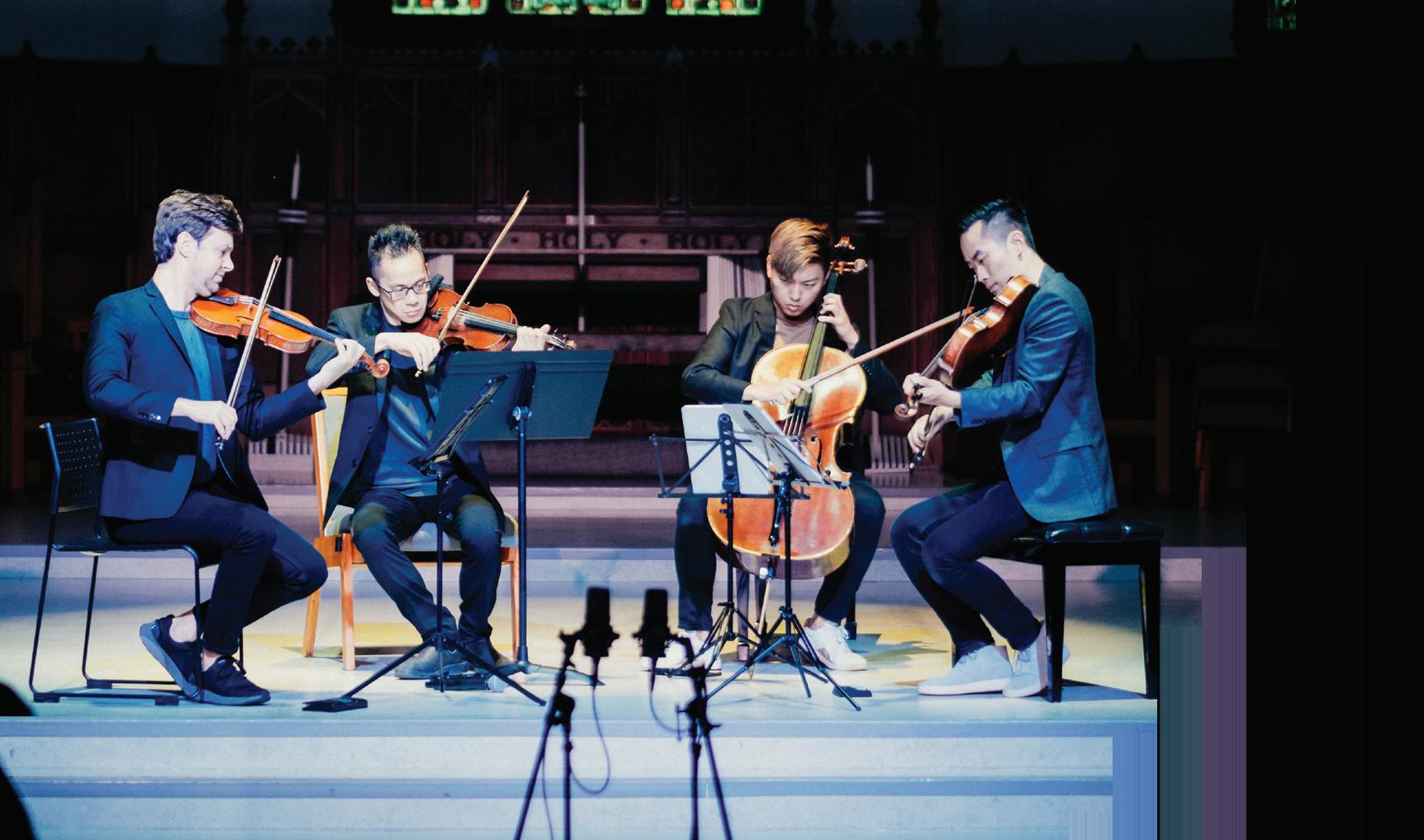
The NaAC is generously funded by:
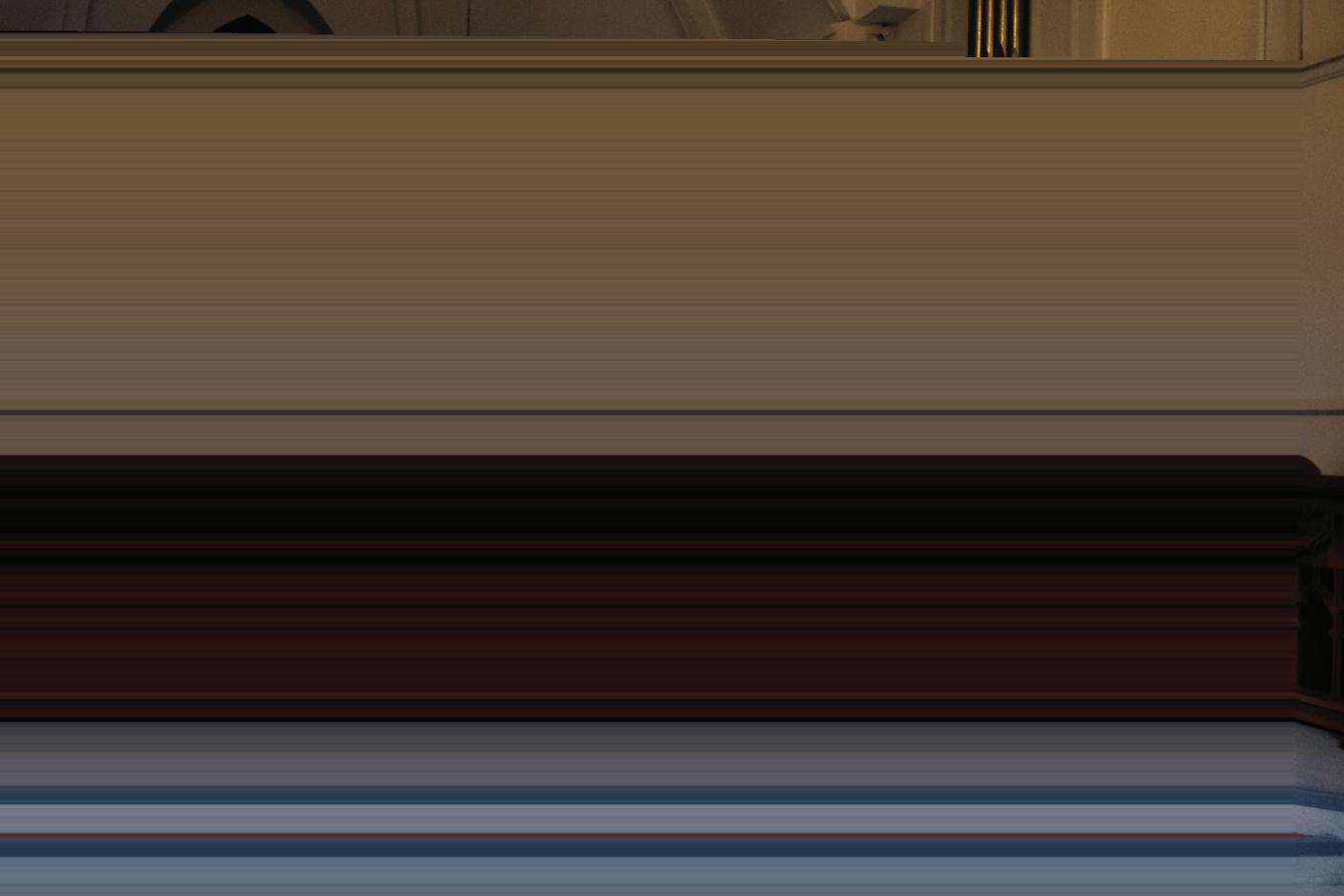
Every city has a gallery, a museum, a performing arts hall.











































































 by mark sakamoto stage adaptation by HIRO KANAGAWA MUSIC & LYRICS BY JIMMY BUFFETT book by GREG GARCIA & MIKE O'MALLEY
by Kate hamill Adapted from the novel by LOUISA MAY ALCOTT
by mark sakamoto stage adaptation by HIRO KANAGAWA MUSIC & LYRICS BY JIMMY BUFFETT book by GREG GARCIA & MIKE O'MALLEY
by Kate hamill Adapted from the novel by LOUISA MAY ALCOTT
 Artist Jared Tailfeathers shares insight into his latest five-part project, exploring significant historic sites on the traditional territory of the Blackfoot People. story and photos by Jared Tailfeathers
Artist Jared Tailfeathers shares insight into his latest five-part project, exploring significant historic sites on the traditional territory of the Blackfoot People. story and photos by Jared Tailfeathers




























































































































